(IPS) – For years, Russia’s relations with the European Union and the United States have been one of the main areas of conflict in the media. Washington and Brussels accuse Moscow of manipulation and disinformation and, after the invasion of Ukraine, decided to close their media outlets to Russian companies.
Excerpts from the Q&A:
Q: What do you think about the way this issue has been handled and what repercussions could it have on the management of the media, especially non-mainstream media such as Inter Press Service (IPS) or OtherNews?
A: Information has always been used by power, both economic and political. Information is, by definition, top-down. Whoever transmits it, whether in print form in newspapers and magazines, or in electronic form on radio and TV, sends it to an audience that cannot intervene in the process. That is why power has always tried to use it.
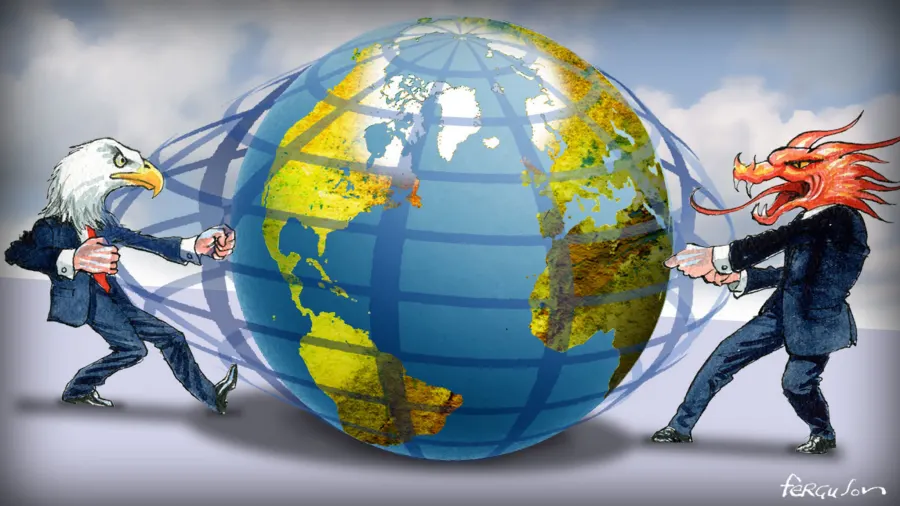 The Gutenberg era represented by this phenomenon lasted six centuries. Communication, which is a more recent phenomenon and which until now has only been possible with the Internet, is different. Communication is horizontal: I am a receiver, but I can also be a sender. There, power has much more power.
The Gutenberg era represented by this phenomenon lasted six centuries. Communication, which is a more recent phenomenon and which until now has only been possible with the Internet, is different. Communication is horizontal: I am a receiver, but I can also be a sender. There, power has much more power.
The media that provide information are closer and closer to power, they are no longer a business, and every year they are less and less powerful. And politics today is increasingly oriented towards social media. The most recent example was former US President Donald Trump, who had 80 million followers with Twitter (during his tenure at the White House) and completely gave up control of the media. (Trump was permanently banned from twitter in January 2021, right after he supported the attack on the capitol. So, Trump doesn’t actually have any twitter followers now.).
It must be added, however, that the Internet has been captured by the market, which has eliminated the horizontality we all hailed in the beginning. Today we have moved from the era of Gutenberg to the era of Zuckerberg, and we users are data, not people.
This is of great importance for young people, who today find themselves involved in vertically created turmoil, brought about by search engines, which divide users into affinity groups, thus eliminating dialogue, because when someone from part A meets someone from part B, they clash, end up insulting each other, without listening or sharing. And search engines, in order to keep the user, prioritise what generates the most impact, so that the strangest news ends up taking precedence.
The extreme polarisation of America would not have been possible without social media. Newspapers increasingly focus on events and abandon processes, and international relations cannot be understood without analysing the process in which events take place.
In Nairobi in 1973 there were 75 foreign correspondents; today there are three. No European TV has correspondents in Africa. It is therefore easy for a government to decide to expel correspondents, but it is almost impossible to shut down social networks, even if autocratic governments try to do so. That is why the Russian public knows little about the reality of the war.
But if someone is determined, they can always find a way to overcome censorship, even if it is a skill of the young, the old are not on the Internet and still rely on traditional media.
In Italy, the main daily newspaper, Il Corriere della Sera, had the front page for forty days with a nine-column headline dedicated to Ukraine. This was followed by the first twenty pages, all dedicated to Ukraine. The rest of the world had disappeared. And the same happened with most of the European media.
Only with the French elections were newspapers forced to give significant space to Macron and not Zelensky. In this respect, representatives of the quality American press, such as the Washington Post, the New York Times and the Wall Street Journal, have been more balanced. Of course, the longer the war goes on, the more the repetition of events in the media becomes insufficient.
But the European press, like Europe itself, has sided with NATO, and with little argument. In Russia, of course, the press has been an amplifier for the government. The US media, for its part, often at odds with the government on domestic and national issues, tends to support the official foreign policy position. Factors such as national identity, nationalism and a lack of knowledge of international realities in newsrooms come into play.
It was surprising to see the European press become a megaphone of NATO positions. Putin was demonized as was Hitler, and Zelensky praised as a Greek hero. The Russians are portrayed as barbarians killing Minos. There has never been any negative news about Ukrainians, when in war violence and dereliction of ethics are inevitable and unfortunately widespread.
It is as if the Cold War has never ended, and we are ready to accept an escalation that can become scorching hot. GDP has contracted, the cost of living is rising, inflation is on the rise, and so far, there has been no reaction. This is really surprising.
For OtherNews, which is a news service on global issues, it was a very complex challenge. OtherNews represents a new design. The idea is that the non-profit association is owned by the readers, who can become members by paying a modest annual fee of 50 euros.
They elect the board of directors and discuss the editorial line, thus guaranteeing full independence and a pluralistic and inclusive line. There are 12,000 readers, in 82 countries around the world: academics, international civil servants, global civil society activists, etc.
Q: How would you define the role of the media in covering the conflict between Ukraine and Russia?
A: The war in Ukraine is exclusively an affair of the global North. The global South is only a victim of the increase in food, energy and transport. In Africa it has reached 45% of the population. Articles from the North were criticized by readers from the South and vice versa.
OtherNews lost almost 300 readers, almost all from the North, for publishing articles that criticized or questioned the war. I believe that this North-South divide will increase with the explosion of the multipolar world, as the values on which multilateralism was based are disappearing.
An ‘active non-alignment’ could be recreated, which the press in Europe and the US will struggle to understand. The West still believes it is the centre of the world, the United States in particular.
But today, mainly because of the need to prioritise national interests over international cooperation, a path opened by (former President Ronald) Reagan and (former British Prime Minister Margaret) Thatcher in 1981, we have moved from a multilateral to a multipolar world. In the Bush junior era, neo-conservatives preached the arrival of an American century, that the US should remain the dominant power. Since then, the US has lost in every conflict it has been involved in, from Iraq to Afghanistan.
And Trump took the logic of the end of multilateralism to the extreme, advising all countries to put their own interests first. Today the result is that the multipolar world is not based on the idea of international cooperation for peace and development, but on the most brutal competition.
And Biden now wants to revive multilateralism. But it is too late. Biden will lose the mid-term elections in November and become a lame duck, with a Congress of Trumpist Republicans vetoing everything. And in 2024 Trump is likely to return, and this whole NATO boom will go into deep crisis. But until November, if the war does not escalate and remain as it is, the European press will basically keep the war helmet on.
Q: After the Russian invasion of Ukraine, the identity of the international blocs seems to have reconfigured: on the one hand, the United States and the European Union, which defend the liberal tradition, have drawn a very wide dividing line, at home and abroad, between ‘pro-Russian’ and ‘pro-democratic’; on the other hand, Russia, China and their allies are considered ‘illiberal’. What do you think of this construction and what can it lead to in the future?
A: This vision of a world divided into two blocs, China and Russia on one side and liberal democracies, Europe and the United States, on the other, is an easy illusion to see. In this multipolar world, countries stand alone.
A good example is Turkey, which is part of NATO, but does not participate in the embargo against Russia and is very close to China. Or India, which continues to buy Russian arms, is on China’s New Silk Road, but does not want any problems with the US. Indonesia, which has always been a loyal US ally, continues to maintain Putin’s participation in G20 despite US protests.
And also in Europe: Hungary and Poland are openly defying Brussels, splitting into a pro-NATO Poland and a pro-Russia Hungary. Saudi Arabia, Washington’s great ally, ignores Biden’s request to increase oil production, despite having been invited to the summit of democratic countries convened by Biden. This homogeneous bloc of liberal countries is a good marketing slogan, but it crumbles at the slightest analysis.
Q: How do you see the impact of US domestic political polarization on the international scene? Why?
A: The Cold War was a confrontation between two political and ideological visions that clashed in a proxy war. America is no longer Kennedy’s America and it is no longer Obama’s America. It is a country where political polarization has reached unprecedented extremes. In 1980, 12% of Democrats and 15% of Republicans told the Pew Institute that they would not want their daughter to marry a man of the other party. Today it is 91% of Democrats and 96% of Republicans.
And the US Supreme Court is already part of this polarization. 72% of Republicans believe Trump was a victim of electoral fraud. And the crowd that stormed the Capitol is described by the Republican Party as a ‘display of political opinion’. Is this the exemplary leader of democracy’s fight against the world’s dictators? And we are only at the beginning of a process of radicalization.
Right-wing states, with the endorsement of the Supreme Court, are banning abortion, reducing social protections, minority voting power and changing schoolbooks. With the return of Trump, or Trumpism, in two years the coexistence between the two camps will become even more difficult and few will see America as the beacon of the free world. And that won’t matter much to Trump either.
Q: What lessons do you see for Latin America, both politically and economically, after Donald Trump’s four years in office? And for Europe?
A: My opinion is that there will be great chaos in international relations, with a growing power struggle between the United States and China, with Russia, which we had the intelligence to push into Beijing’s arms. Of course, this struggle will be disguised as something political, but in reality, it will be a pure struggle for economic and military hegemony.
It is a fight that the US cannot win. And China is a self-referential country that has never left its borders and has built walls to keep the enemy out. While the US has exploited its soft power, its music, food, clothing, sports and lifestyle, China has little interest in this kind of imperialism.
I have been going to China since 1958 and have always been struck by how little they care to make a foreigner understand Chinese culture. But there are tens of thousands of Chinese students studying abroad, while the same cannot be said of Americans. The two countries are two big islands, which consider themselves surrounded by inferior nations.
Latin America has always been considered a second-rate region by the US, despite many declarations, and I doubt that China sees the region beyond its raw materials and Latin Americans beyond its buyers.
My opinion, especially in light of Trump’s experience, is that Latin America should adopt a policy of active non-alignment, declaring that it will not get involved in a proxy war that is not in its interest, and that it will do exactly what the multipolar dynamic advises: put its interests as a region first.
This would give it greater consideration and weight in international negotiations, and a clear advantage in a world divided by the New Cold War that is brewing. A war that, unlike the current NATO war against Russia, cannot be military, because it would mean the destruction of the planet. Of course, history and the present do not help to have great faith in the intelligence of power.
The big problem is that Latin America continues to be a continent divided by the inability to leave behind the experience of its ancestors. It is the most homogeneous region in the world, much more so than Asia and Africa, and in some ways more so than Europe and the United States, since the latter are experiencing a real disintegration.
However, the Latin American integration process has been an optical illusion. Latin America is a region of permanent political experimentation, which has stifled any economic logic due to the rivalry between successive presidents, between whom there is a constant change of compass.
I fear that instead of putting up a united front in the face of the next cold war, they will allow themselves to be bought off individually, convinced that they are doing what is best for their country. The only thing that can change the situation is a great popular movement. But this has always been directed at global issues, such as women or the environment, and of course at national issues: never at regional issues.
And in the press, the issue of integration has at best been relegated to its bureaucratic aspects, to the various bodies that have sprung up and failed in modern times. So, in my opinion, I don’t think we have learnt a real lesson from what has happened in the world since the fall of the Berlin Wall to express an inclusive regional policy, with a strong identity, and which places us as important players in the inter-national arena of this century.
(Sebastián Do Rosario and Federico Larsen are researchers at the Institute for International Relations of Mar del Plata, Argentina. The interview was first published in the newsletter of the Institute.. Courtesy: IPS UN Bureau)

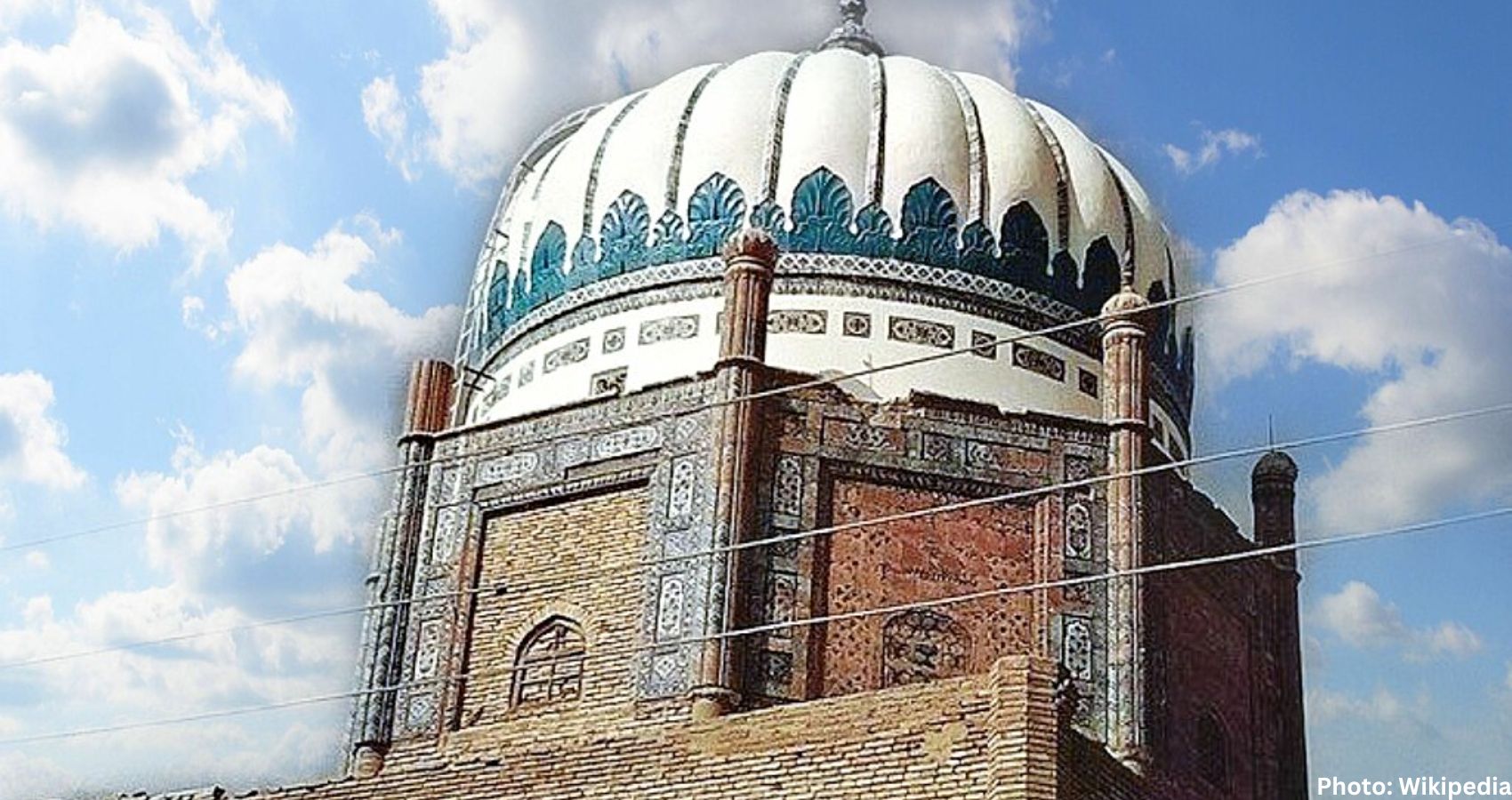

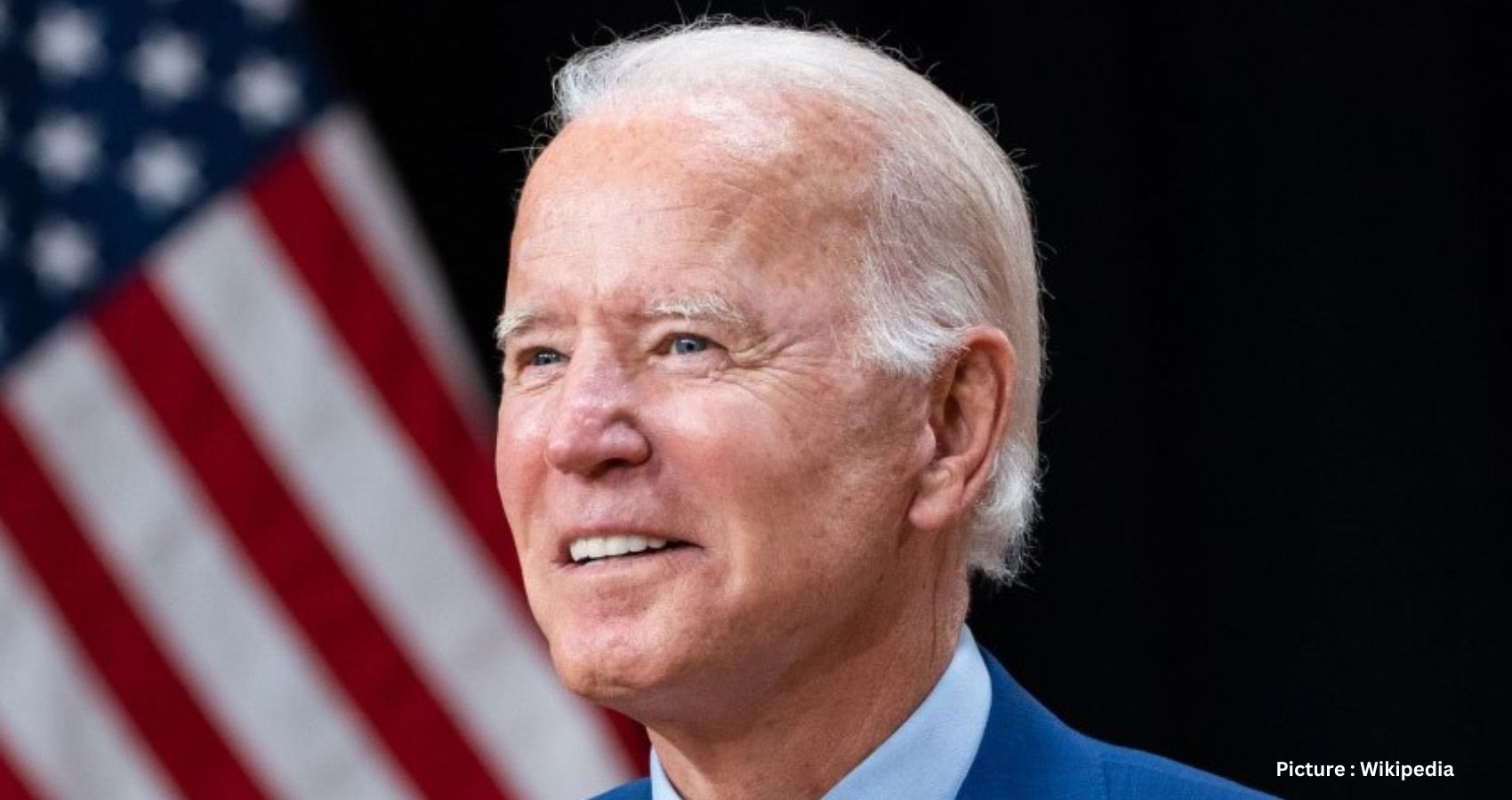
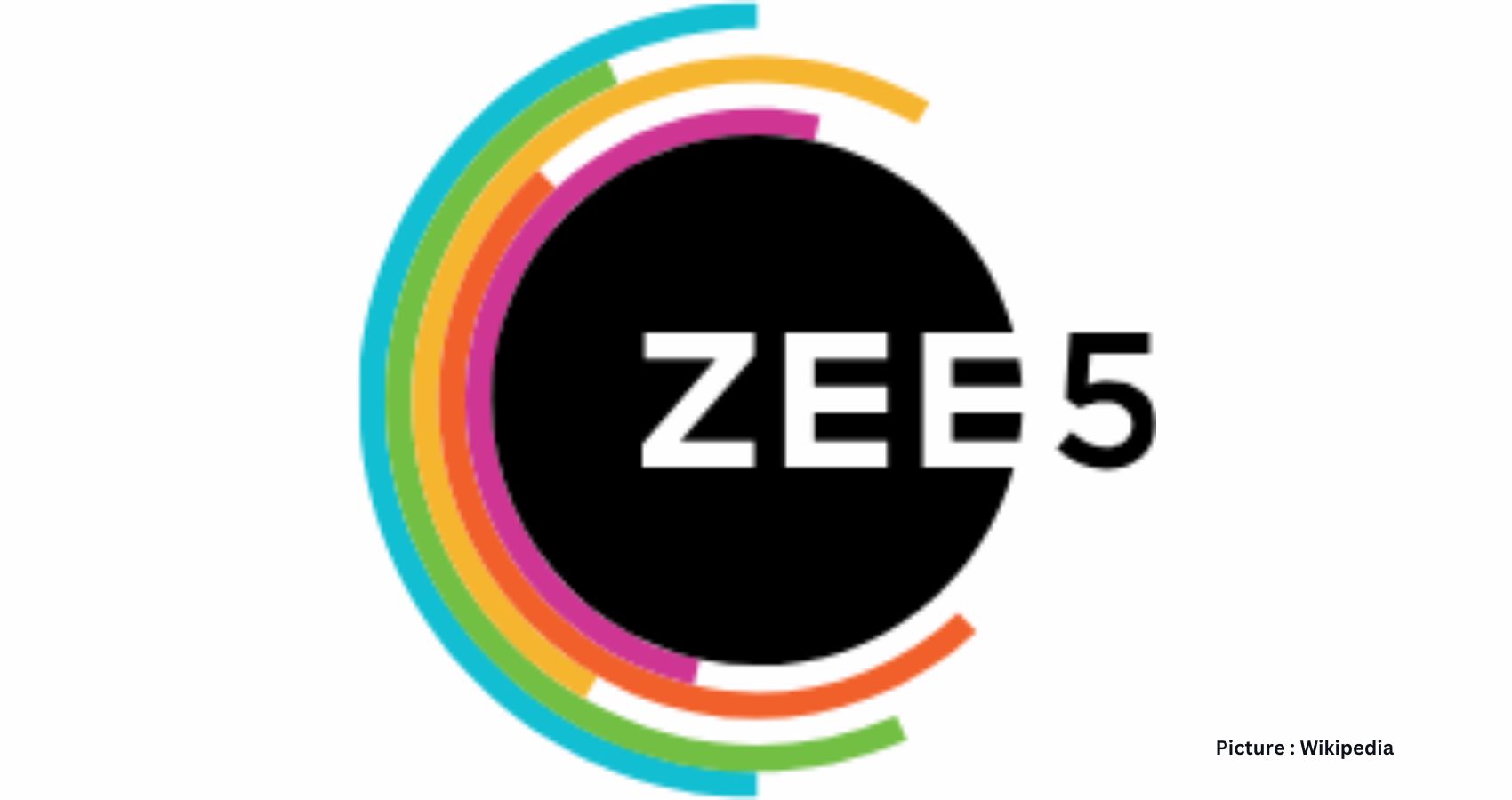
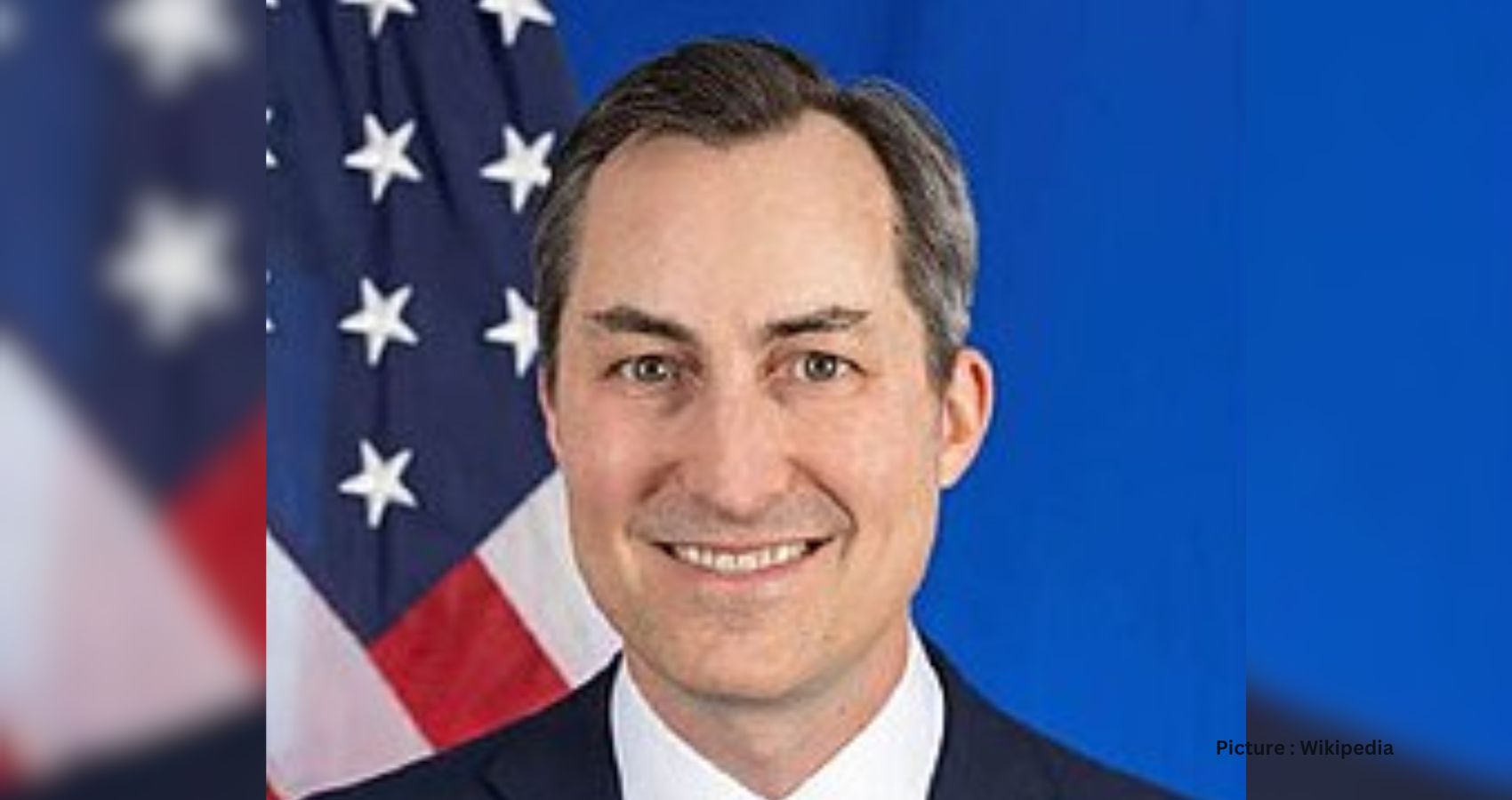
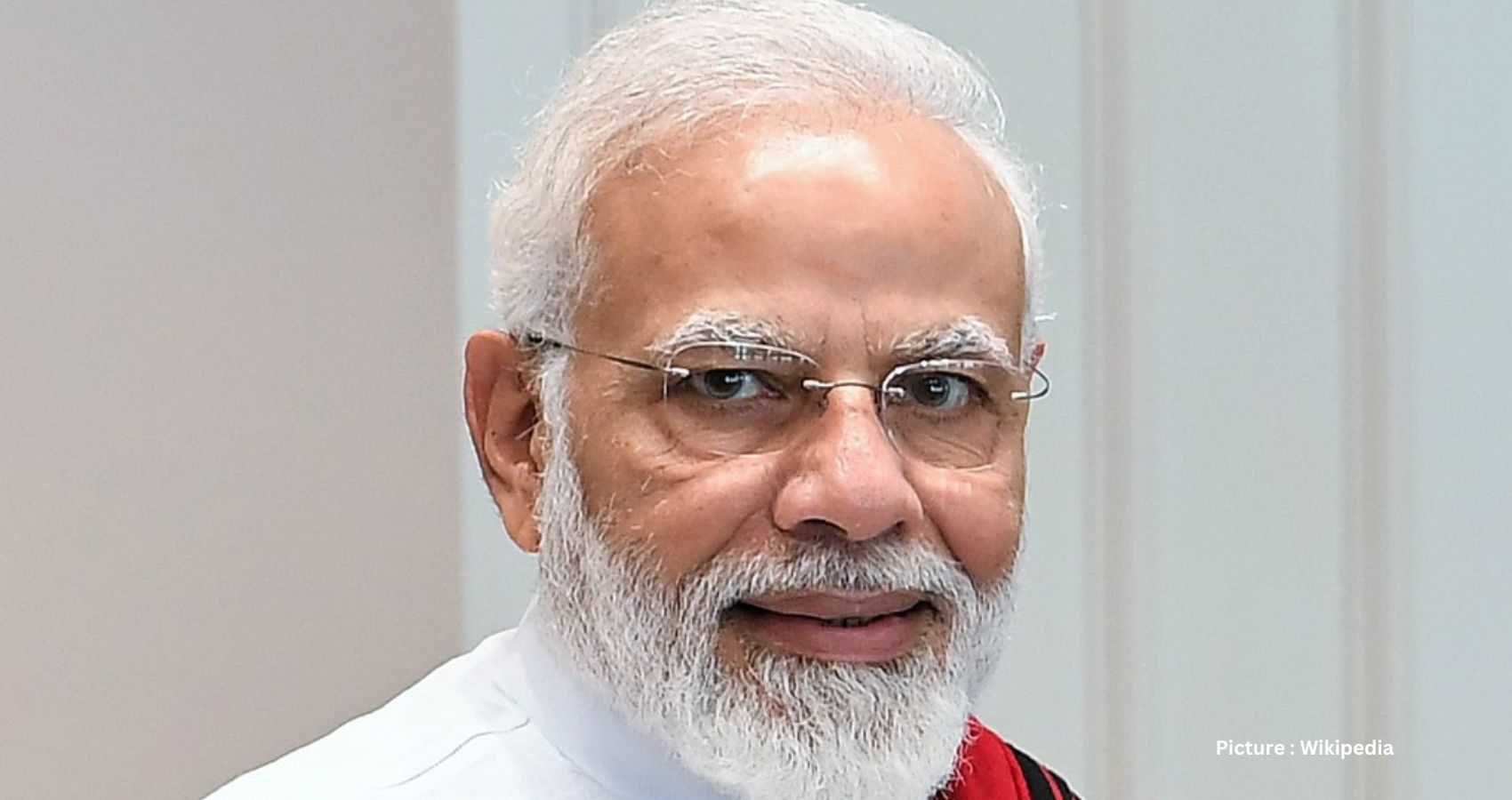


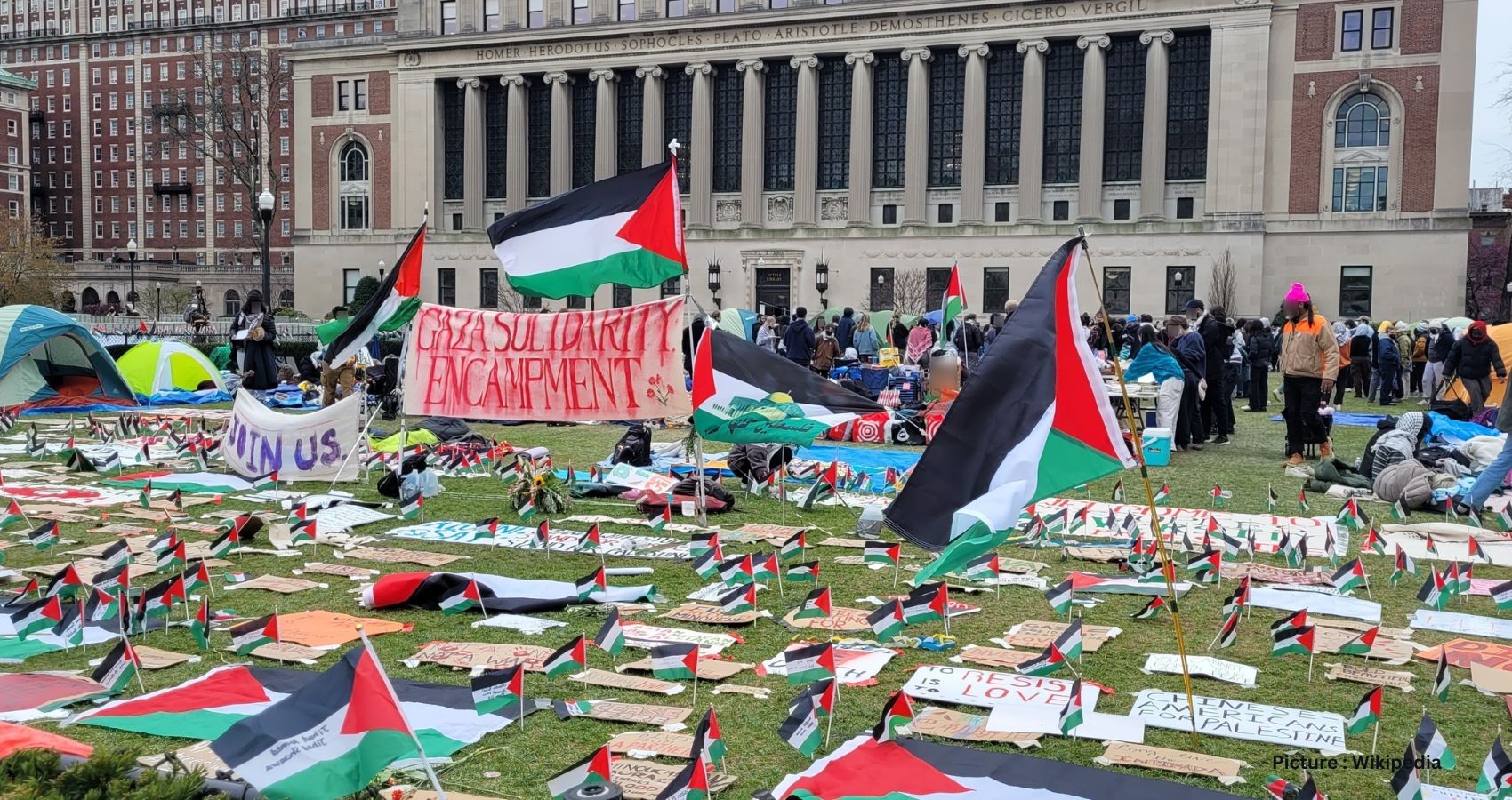
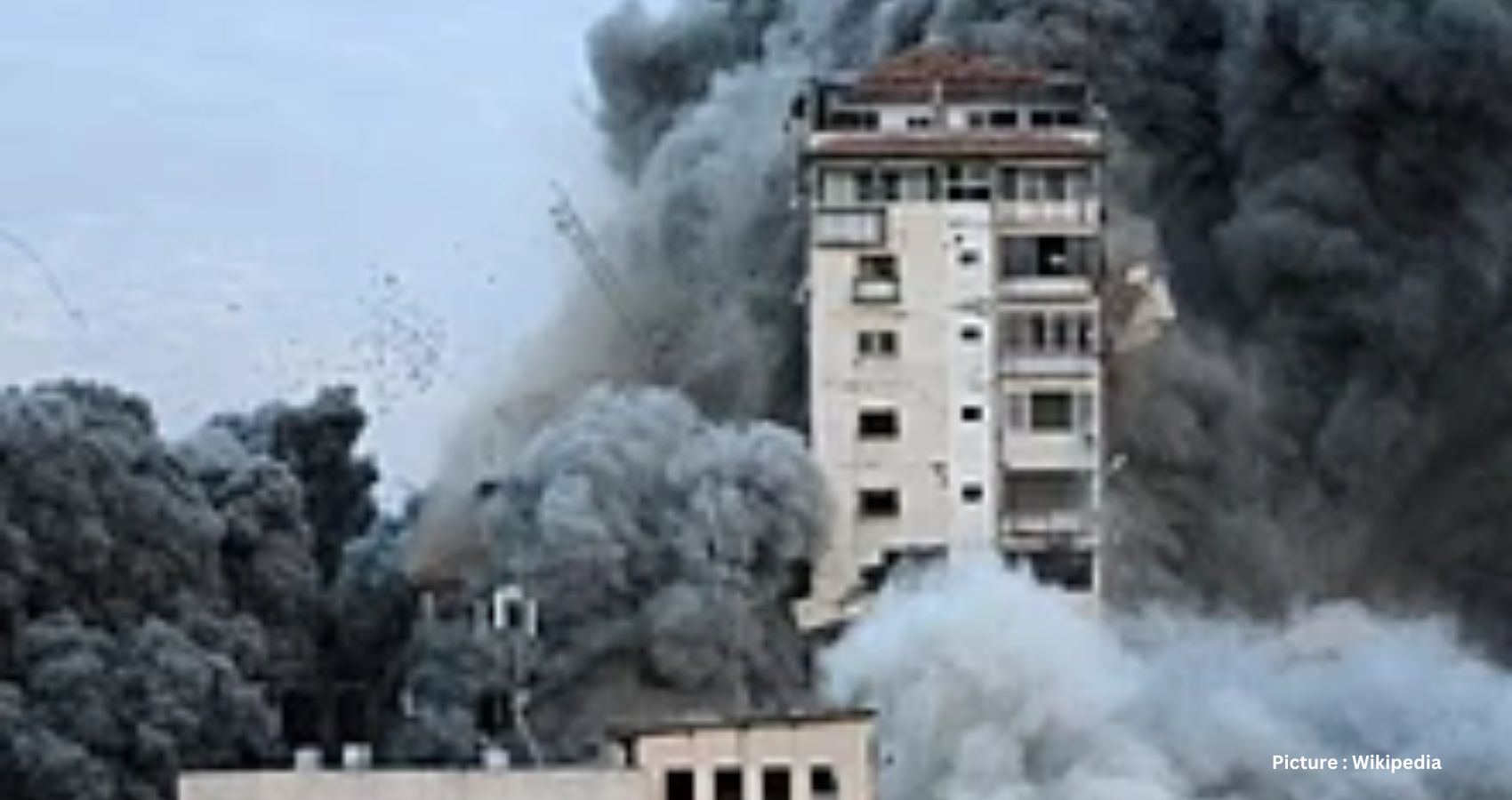
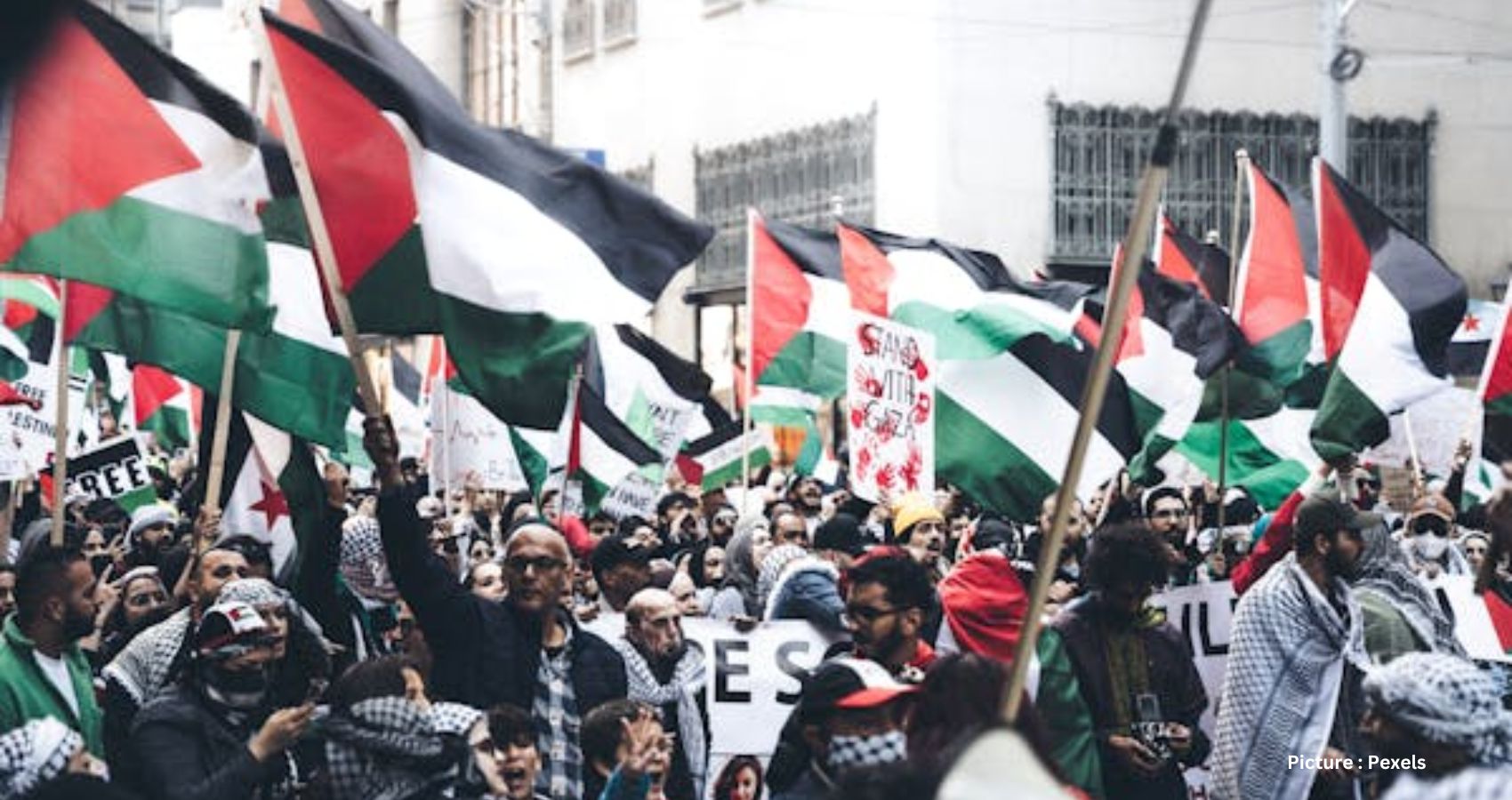


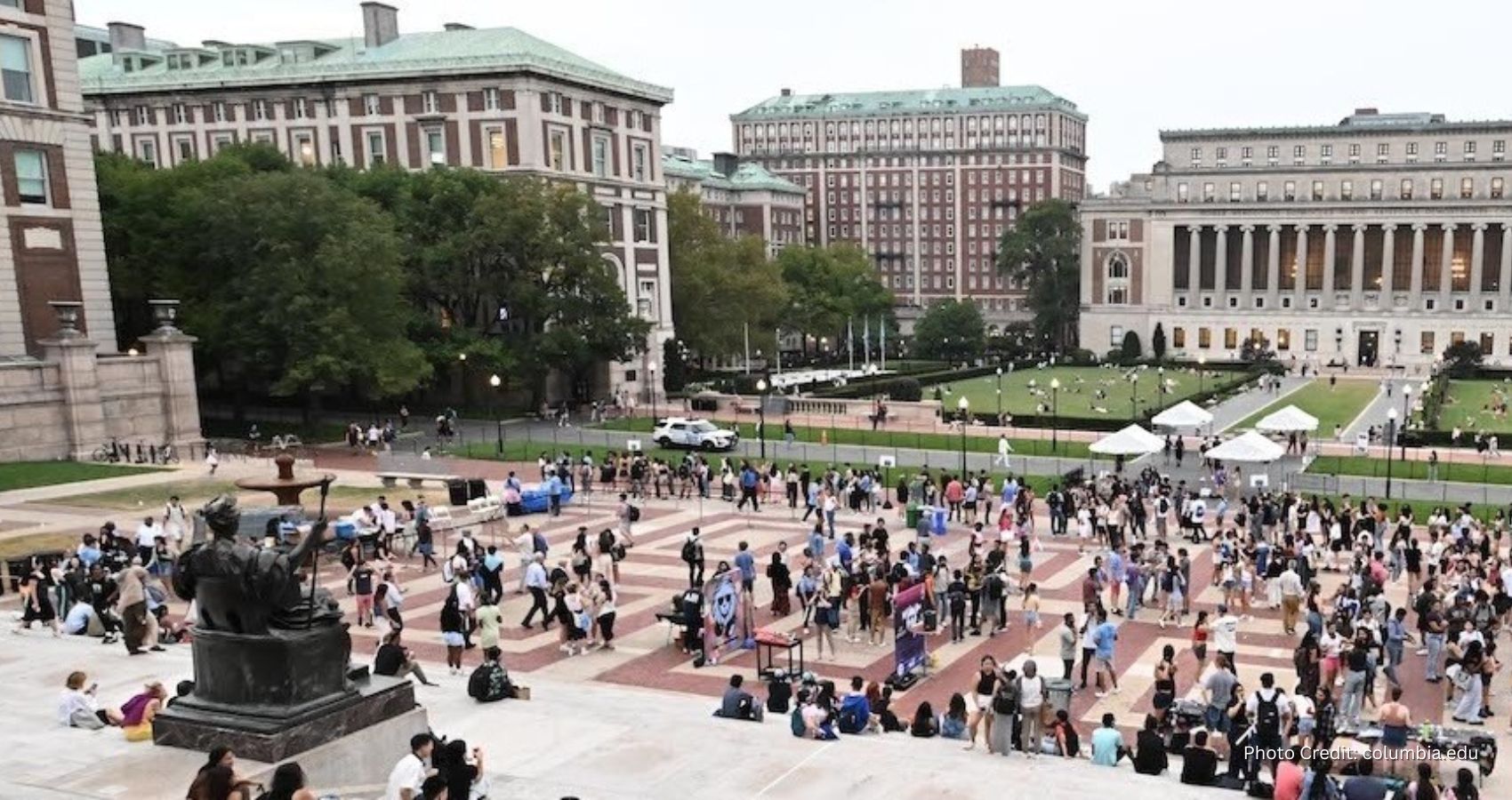
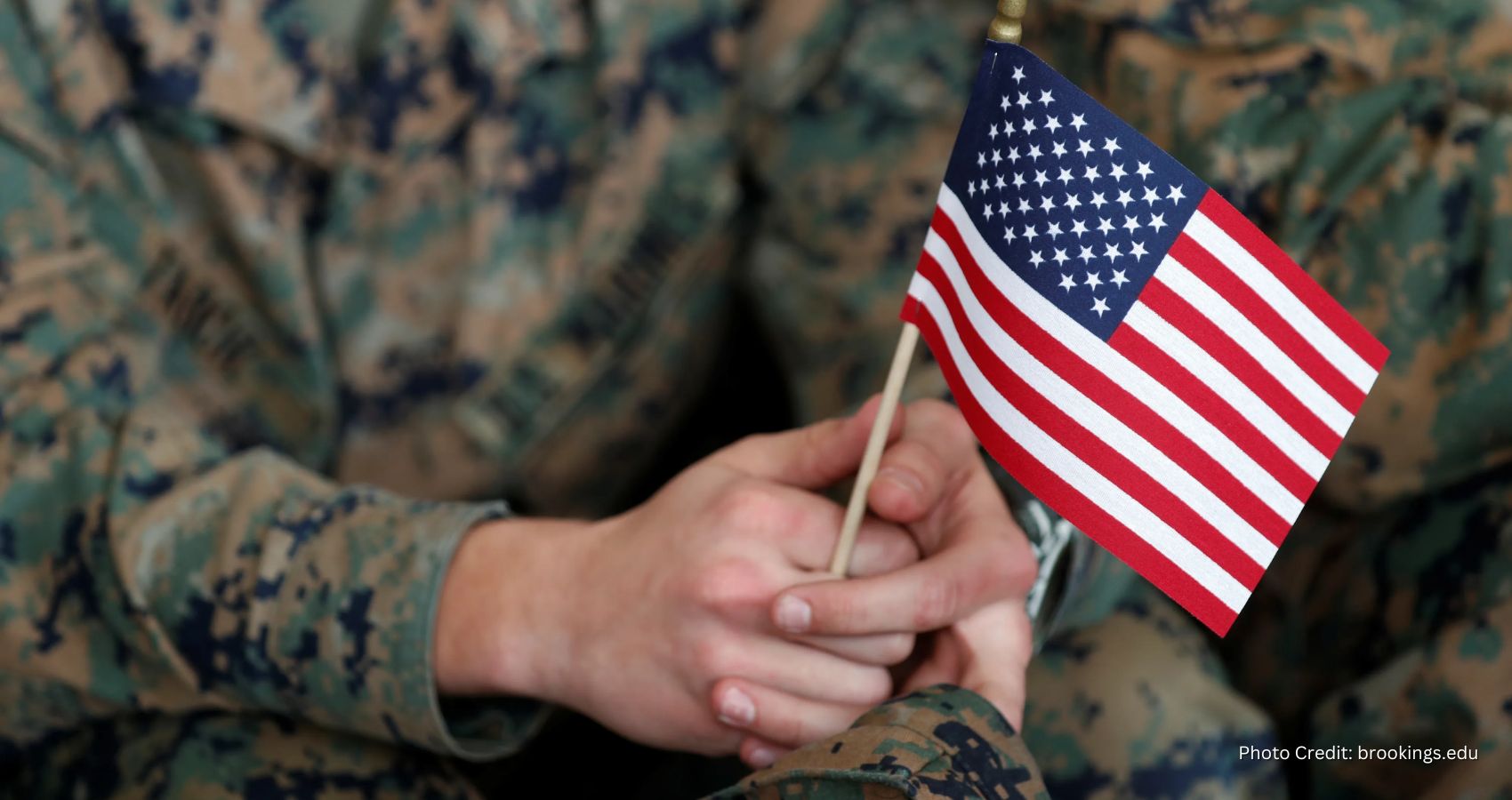
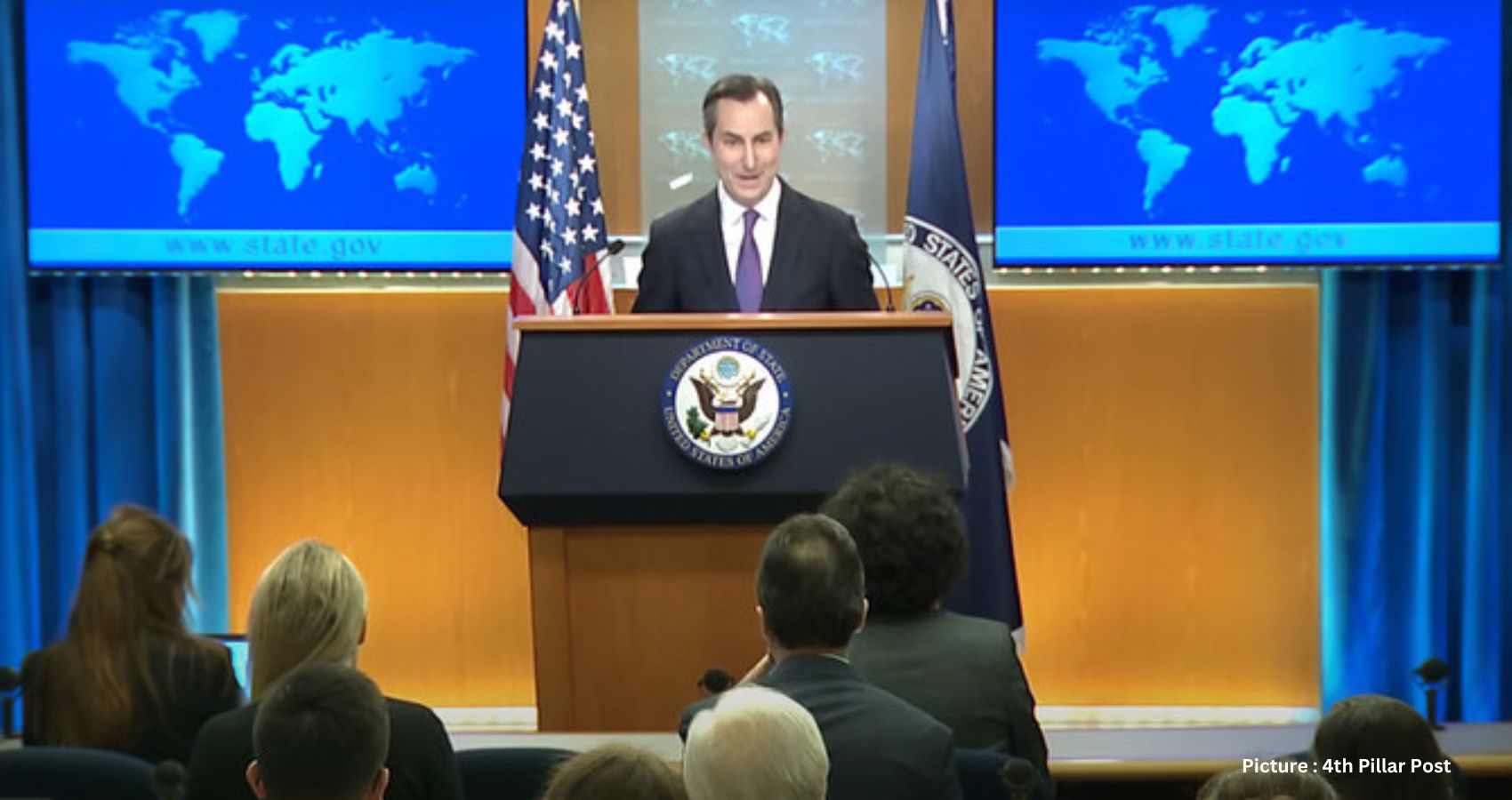
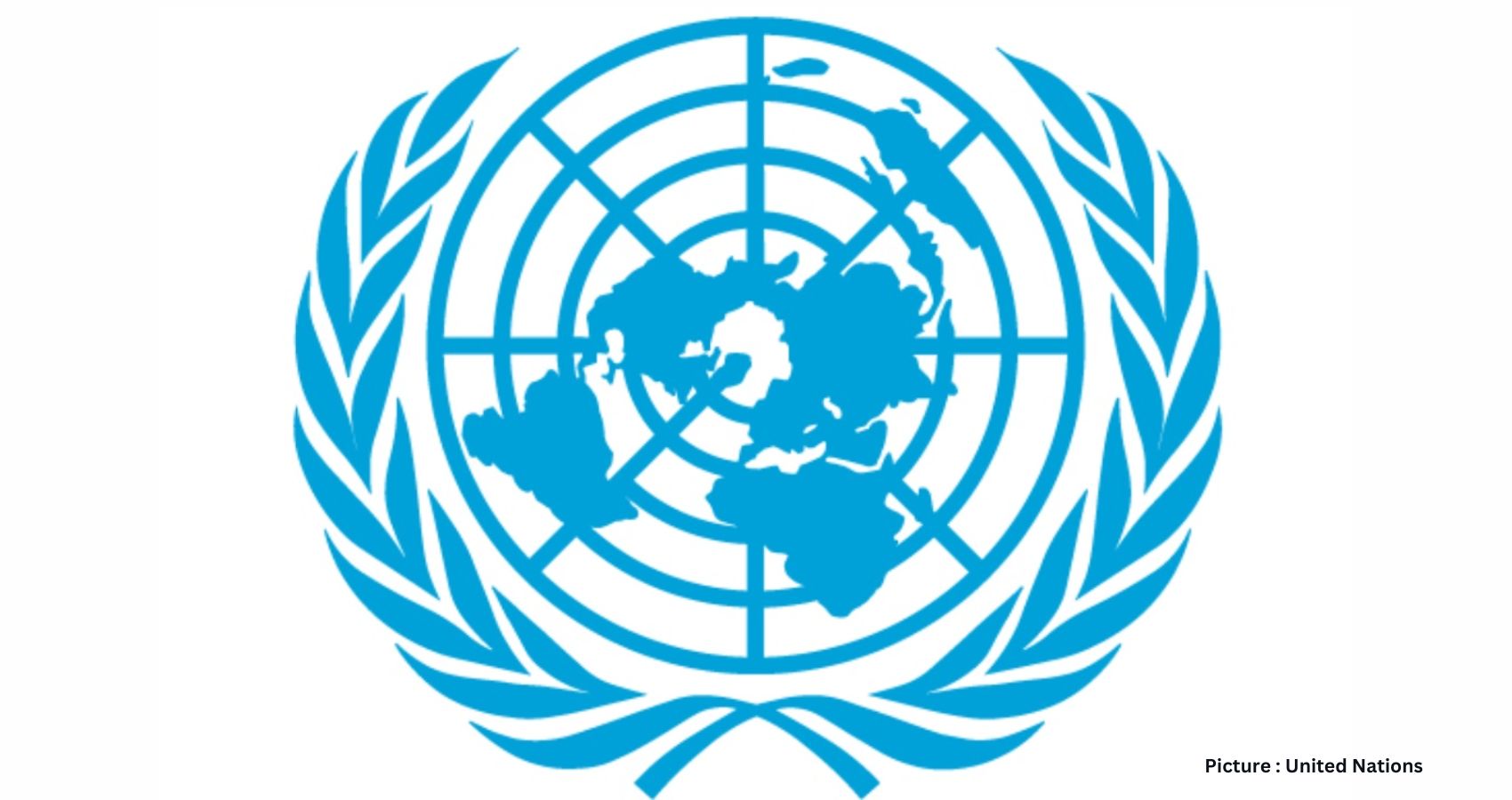
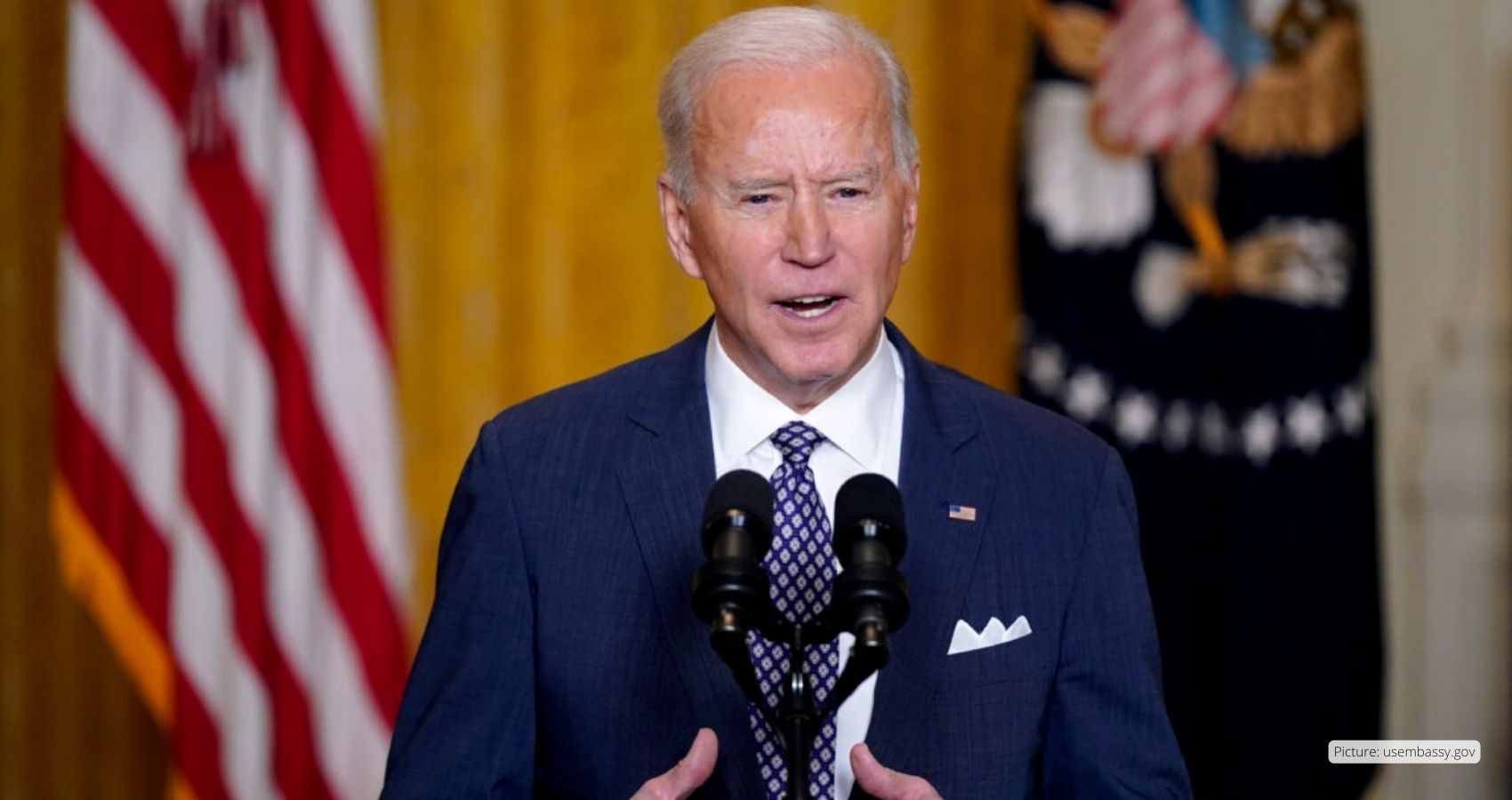
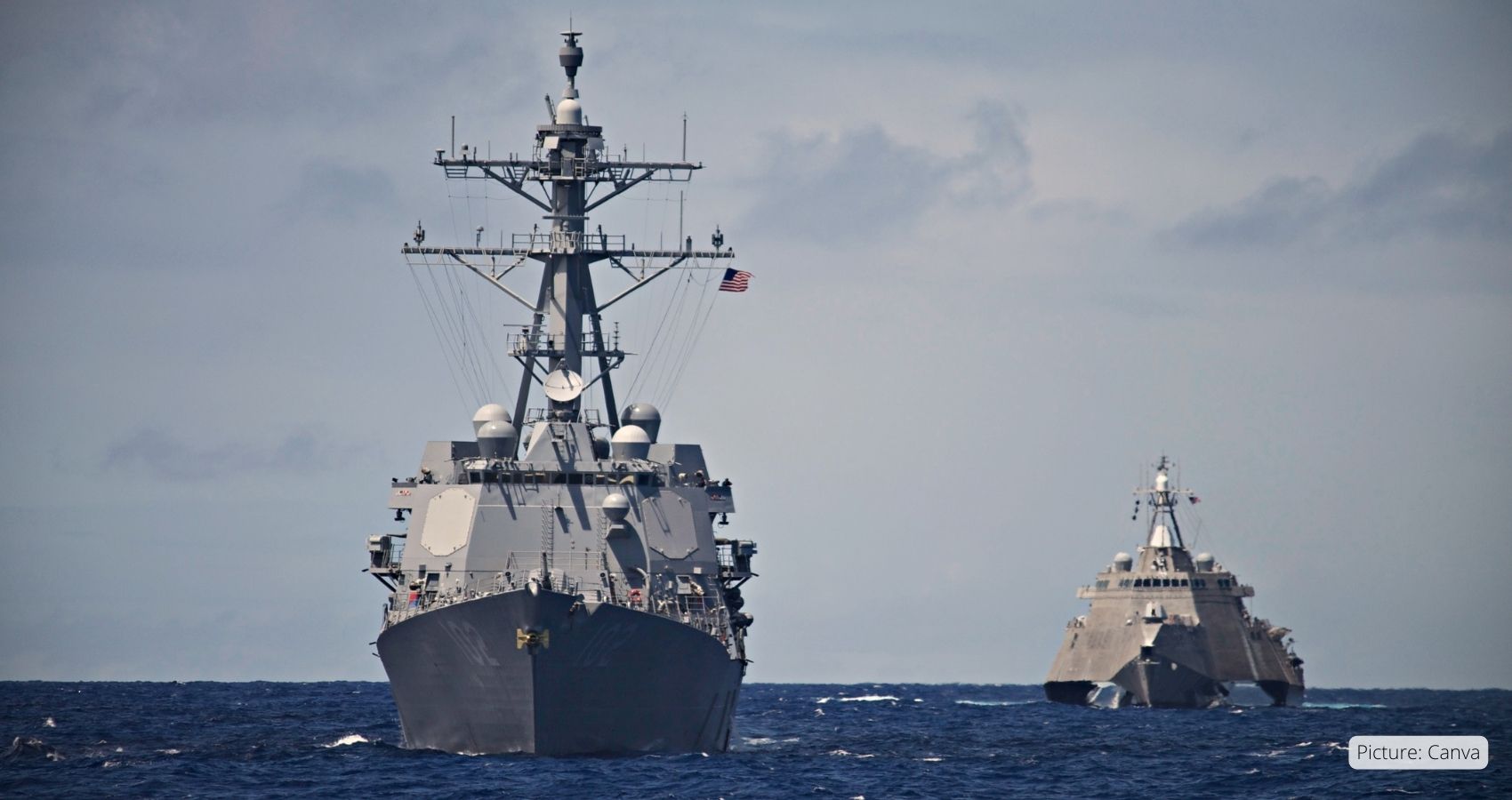
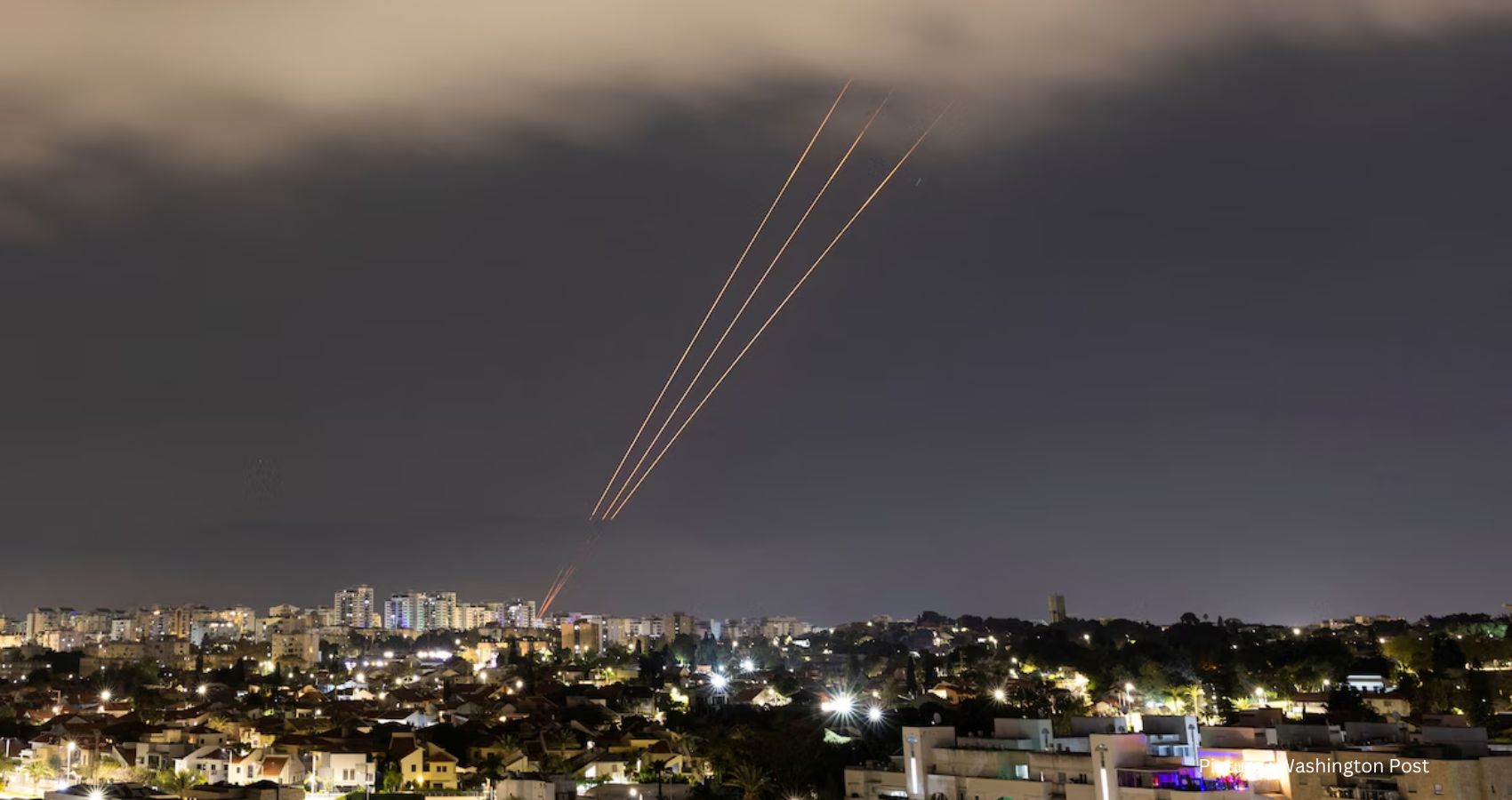

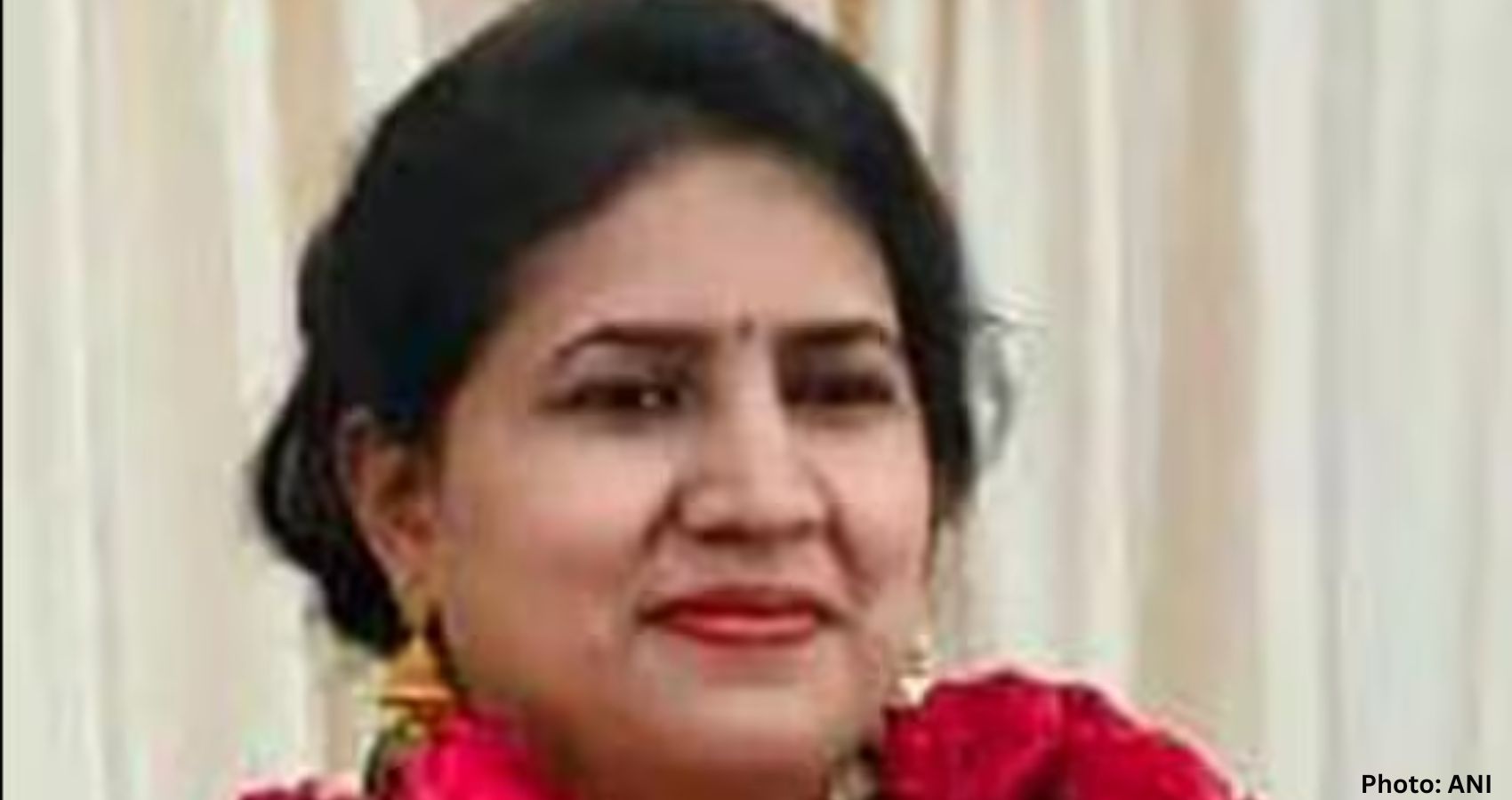
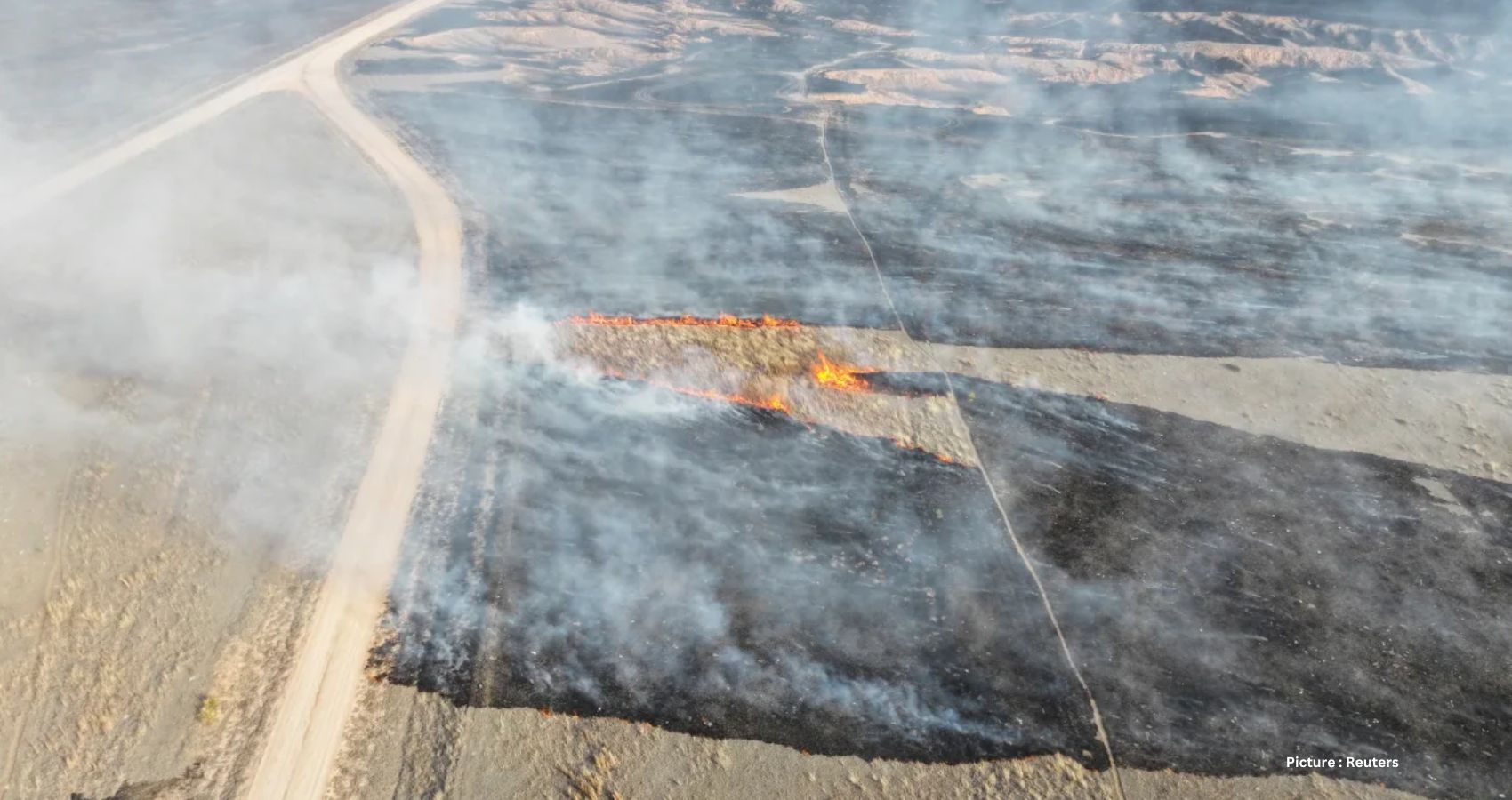
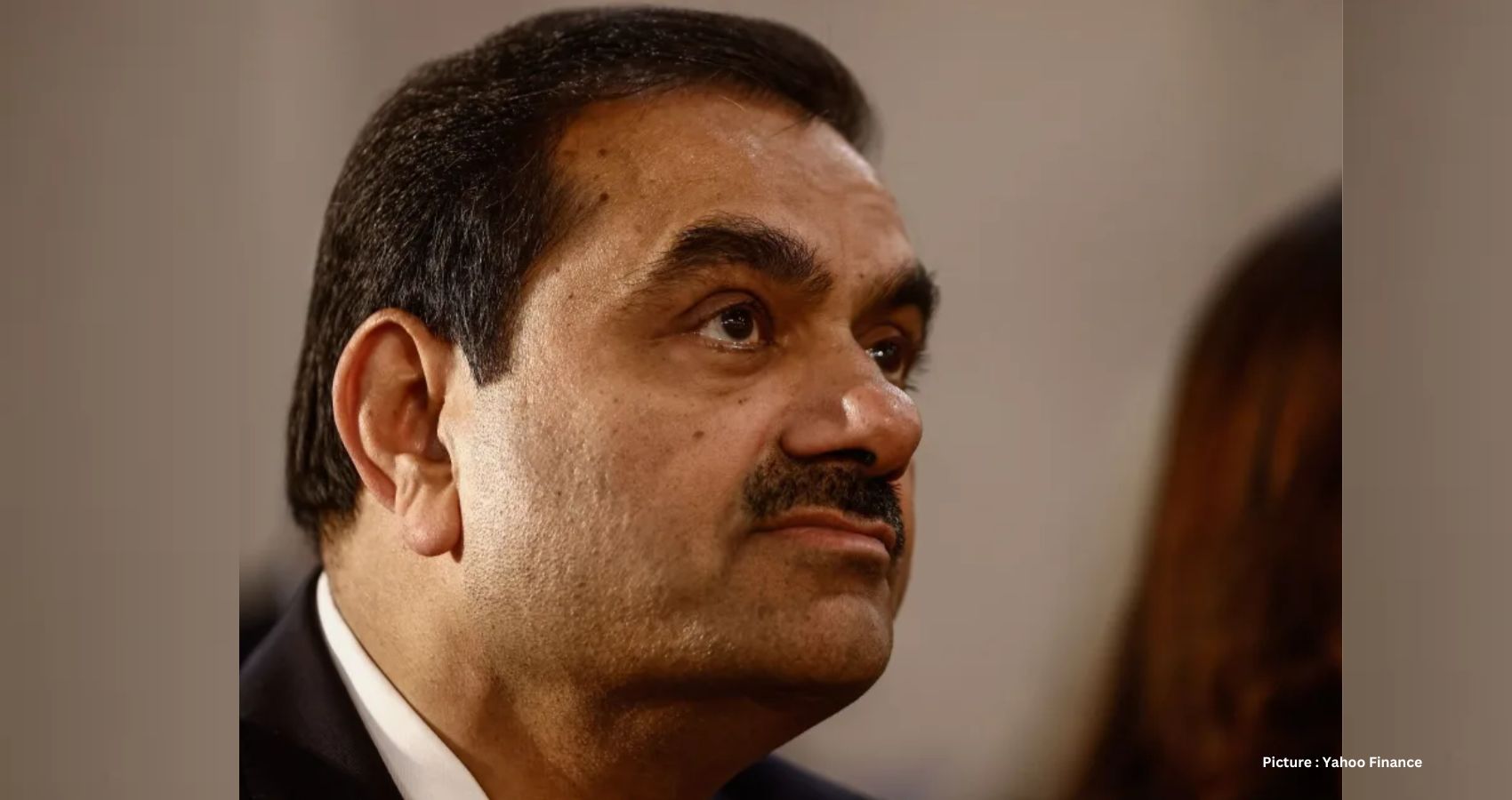

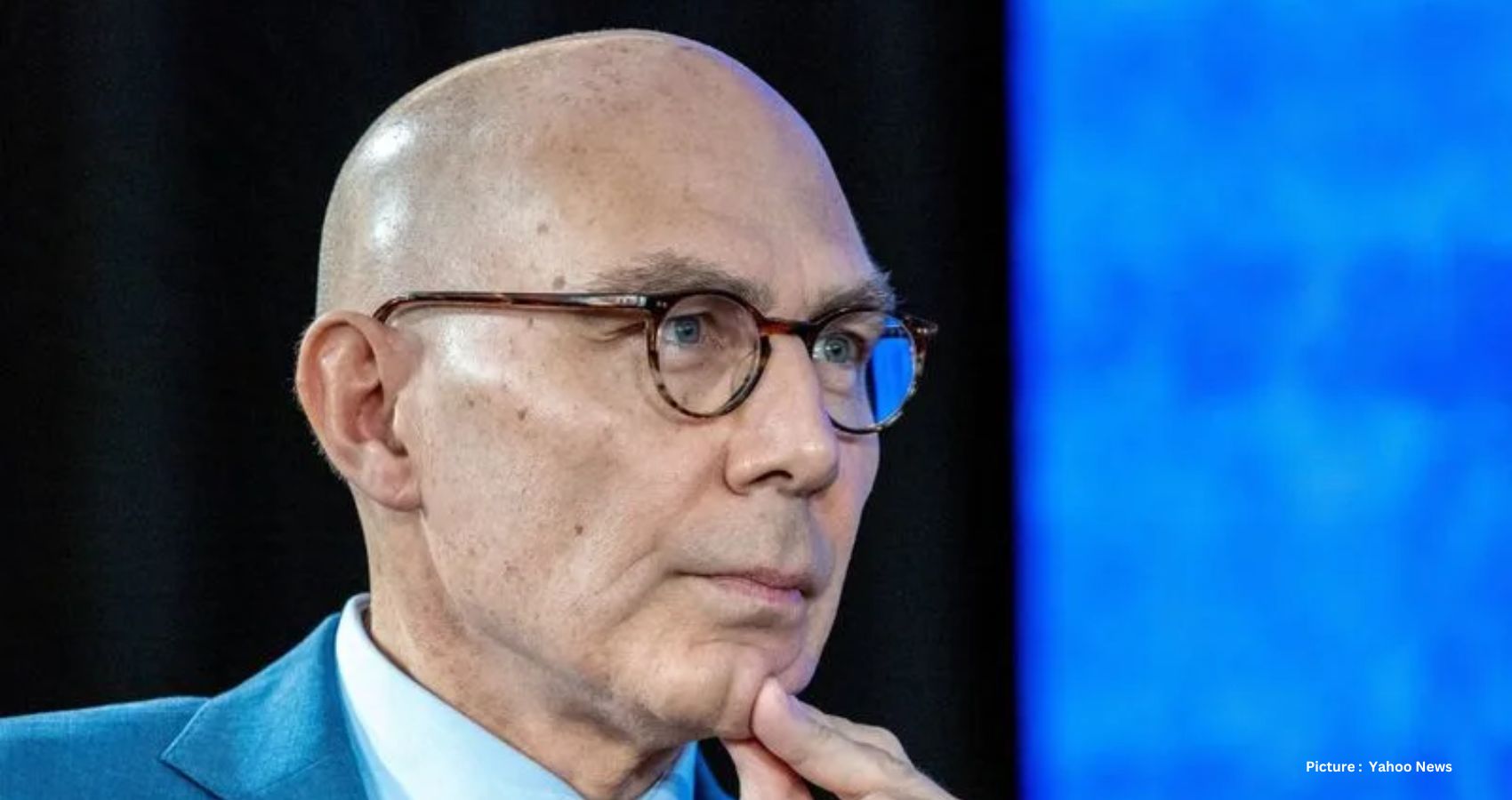
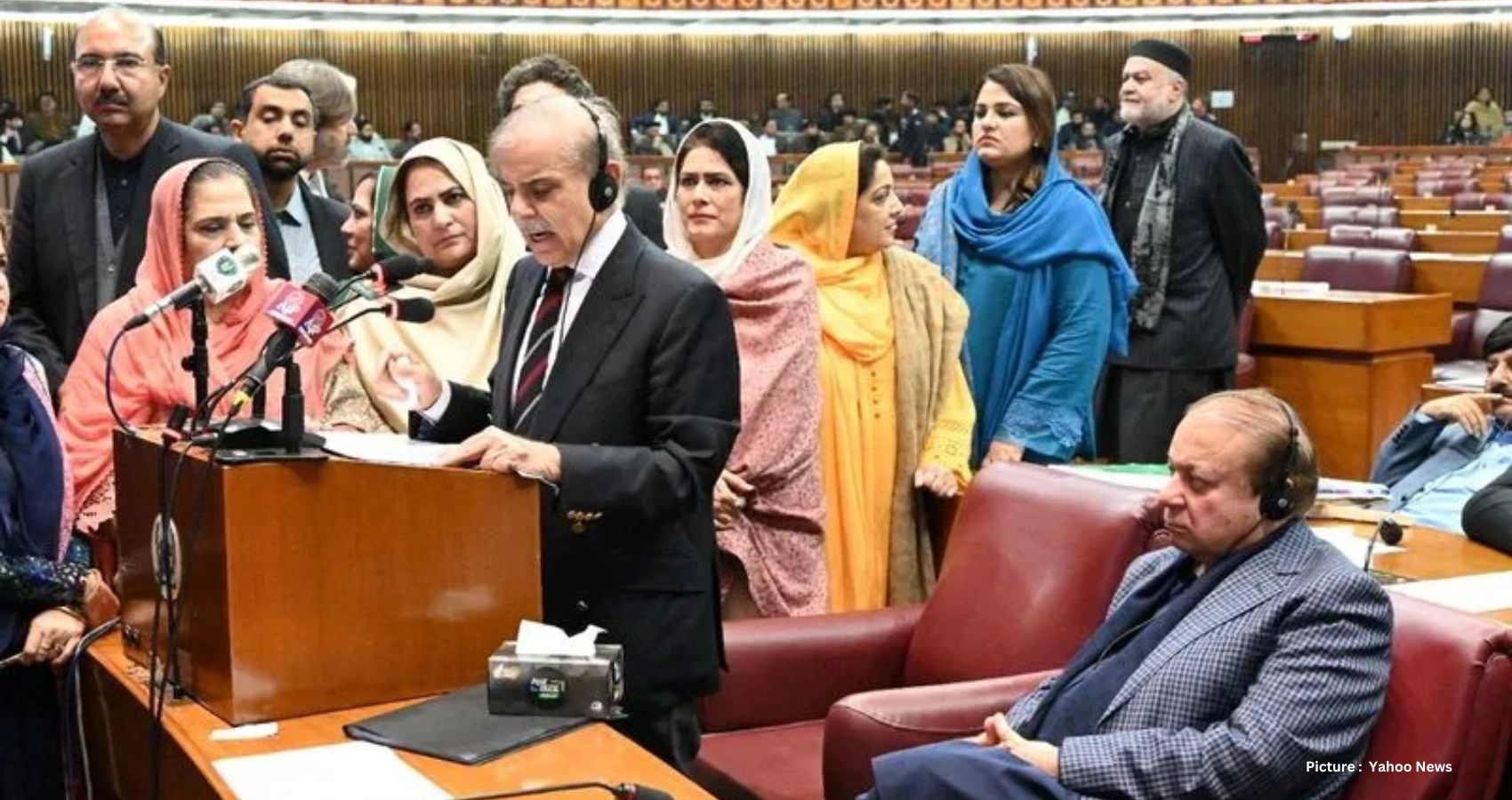
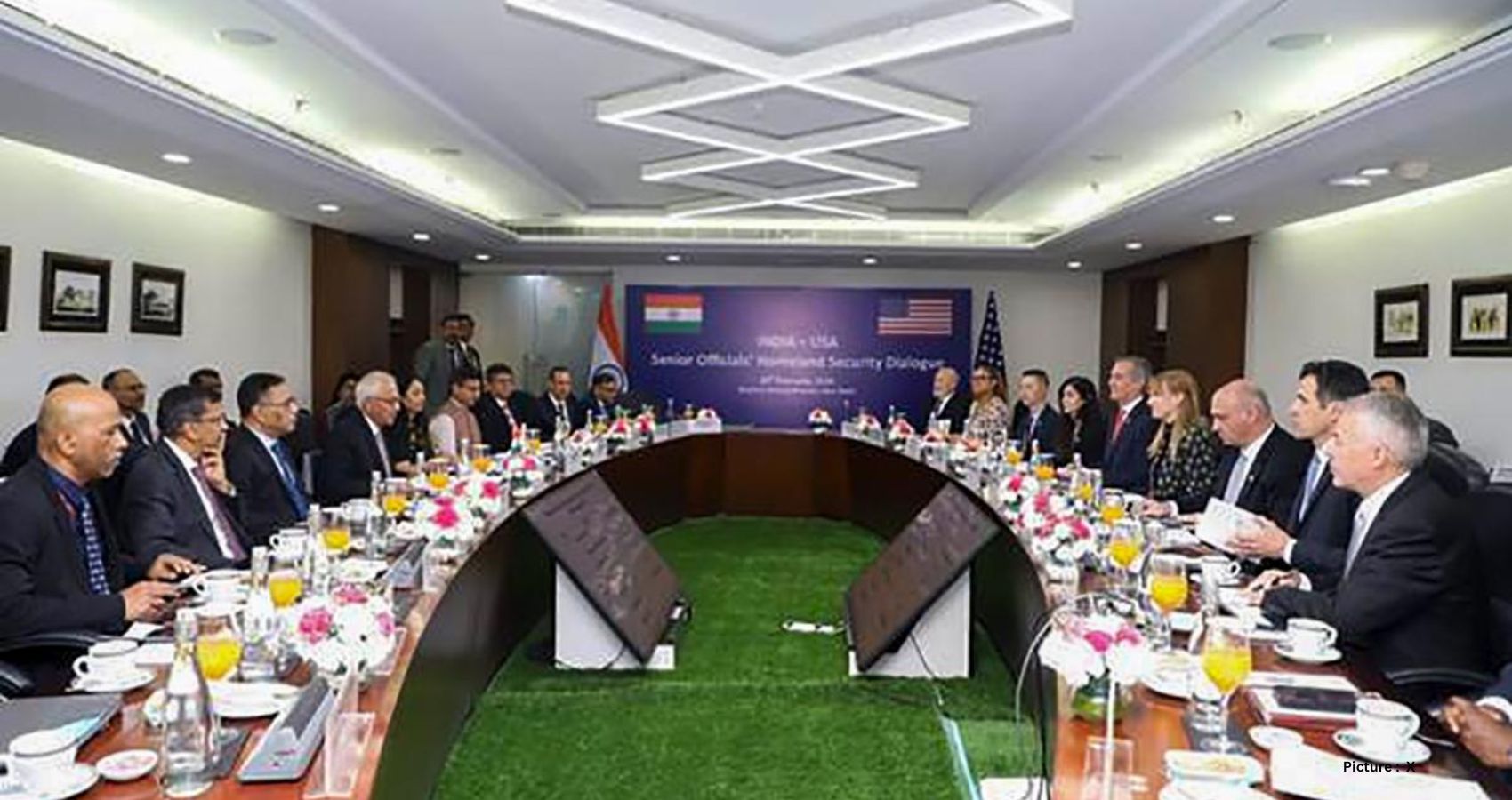
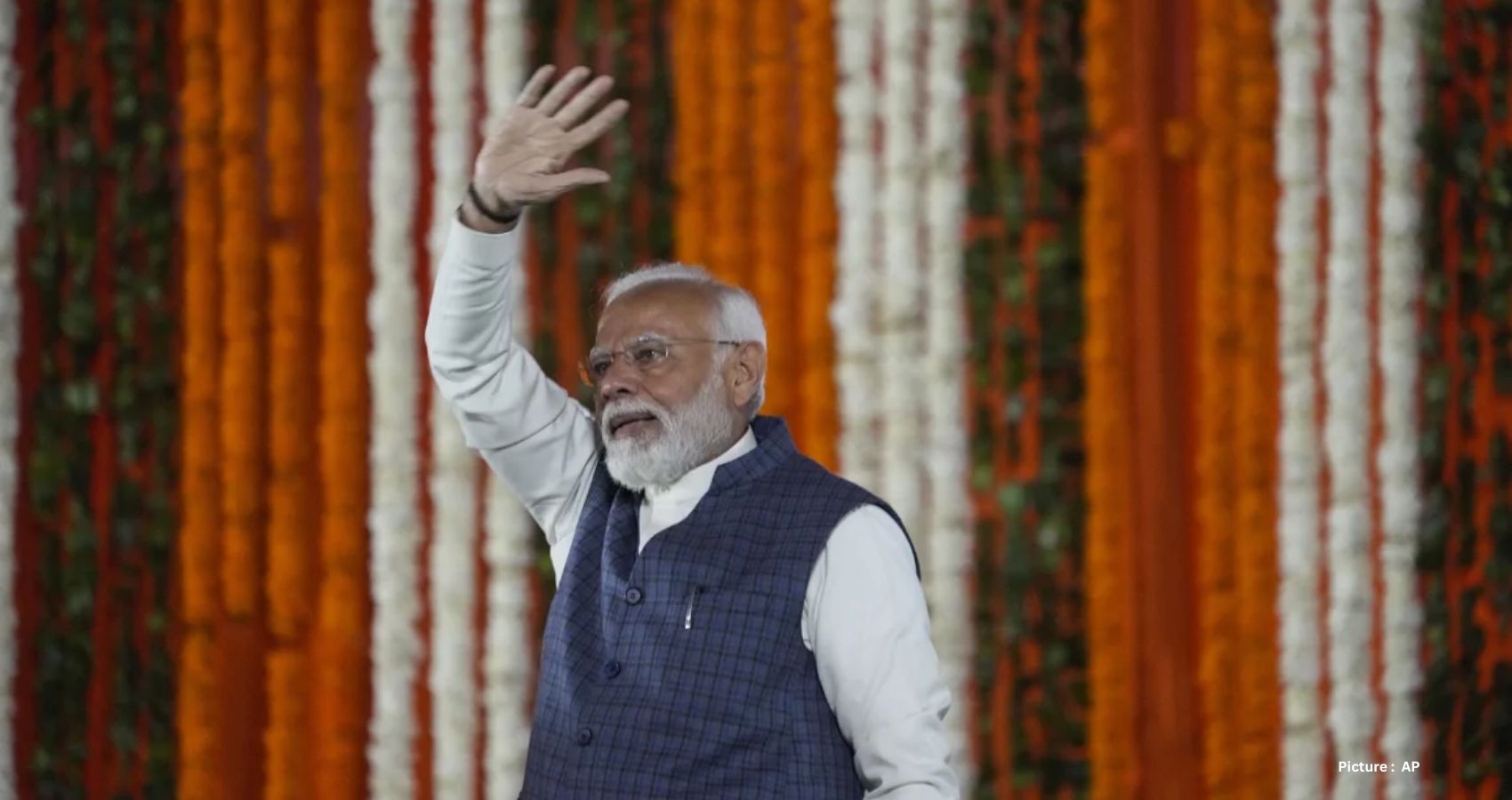
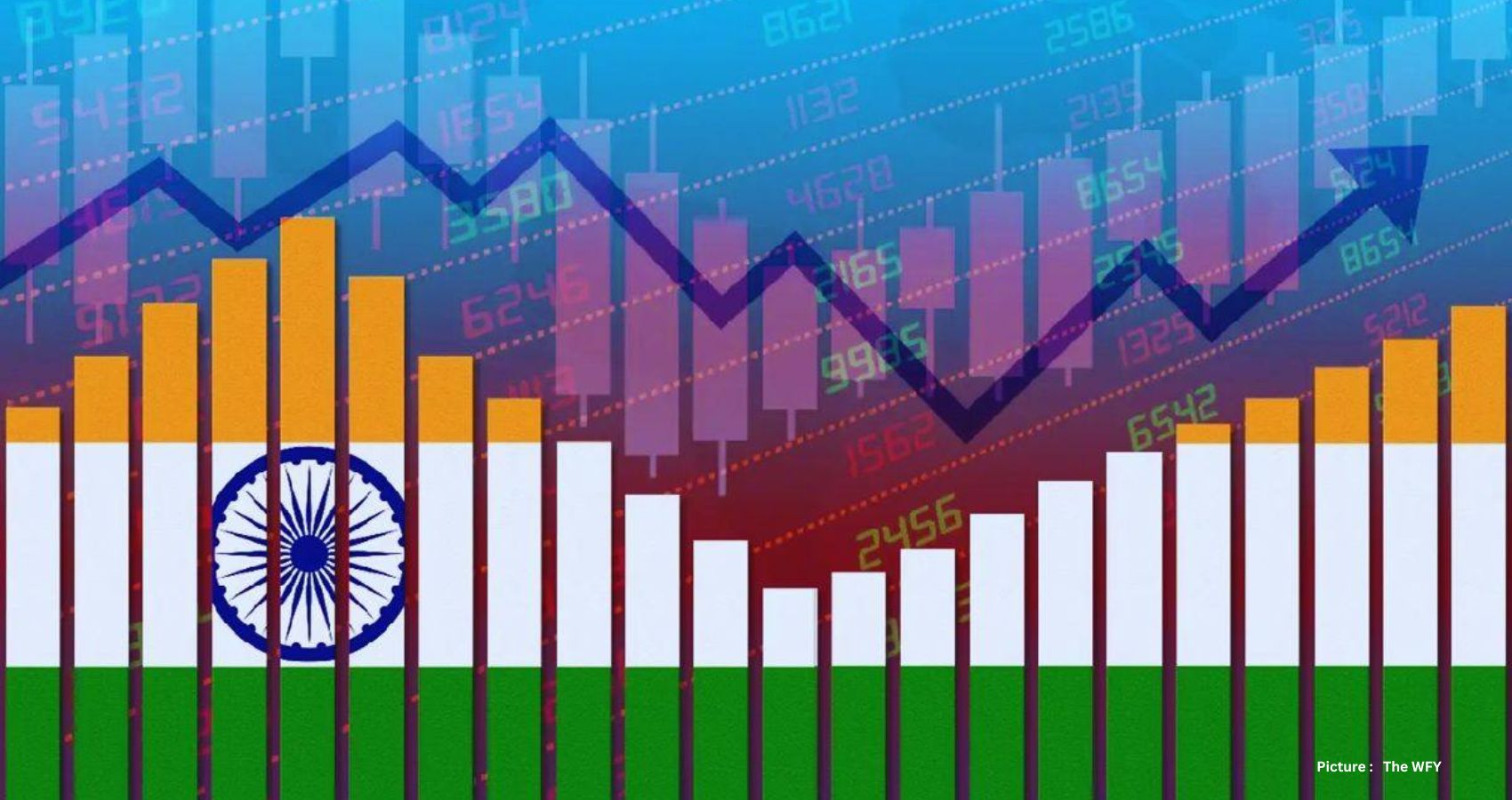
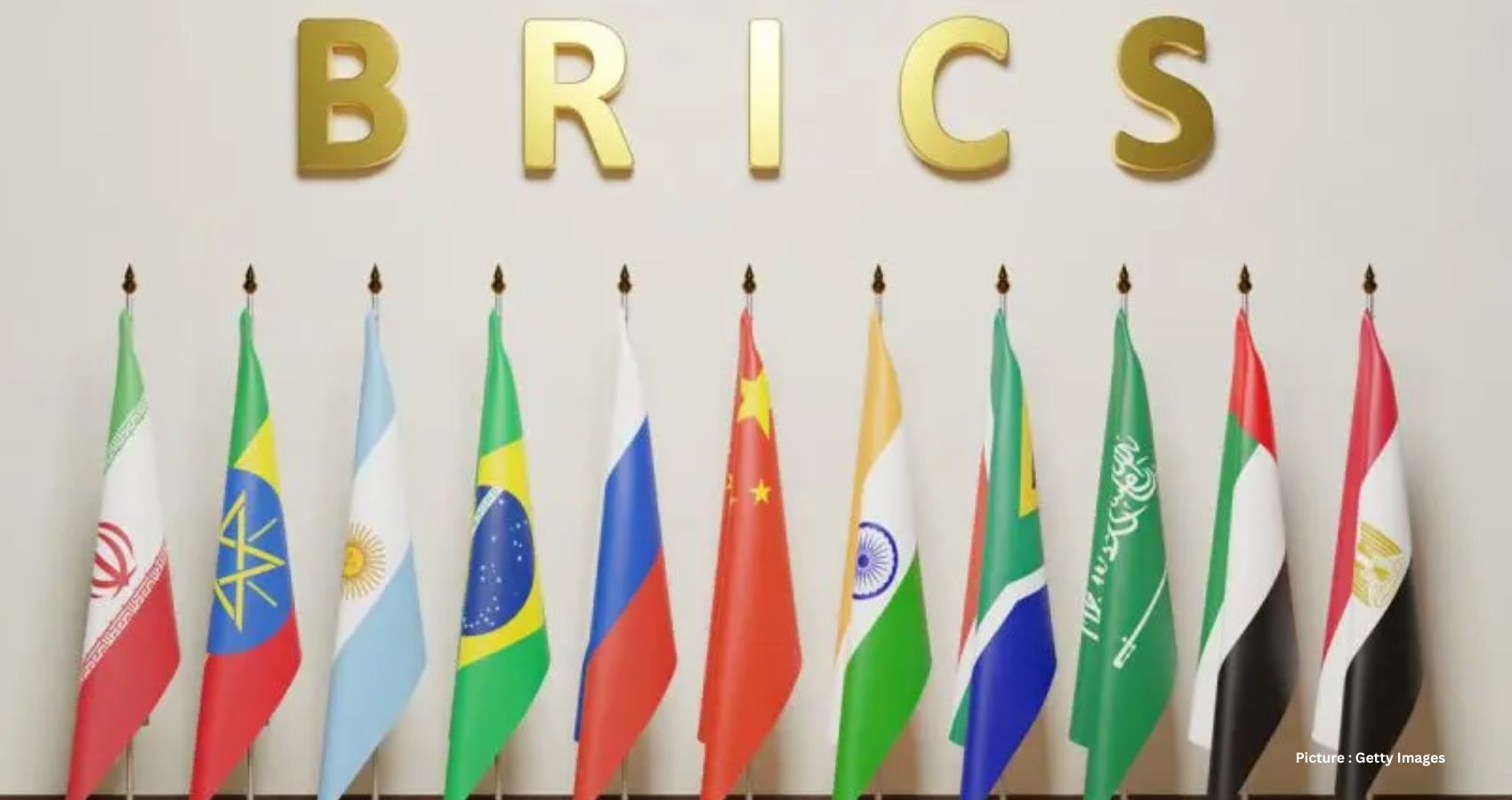
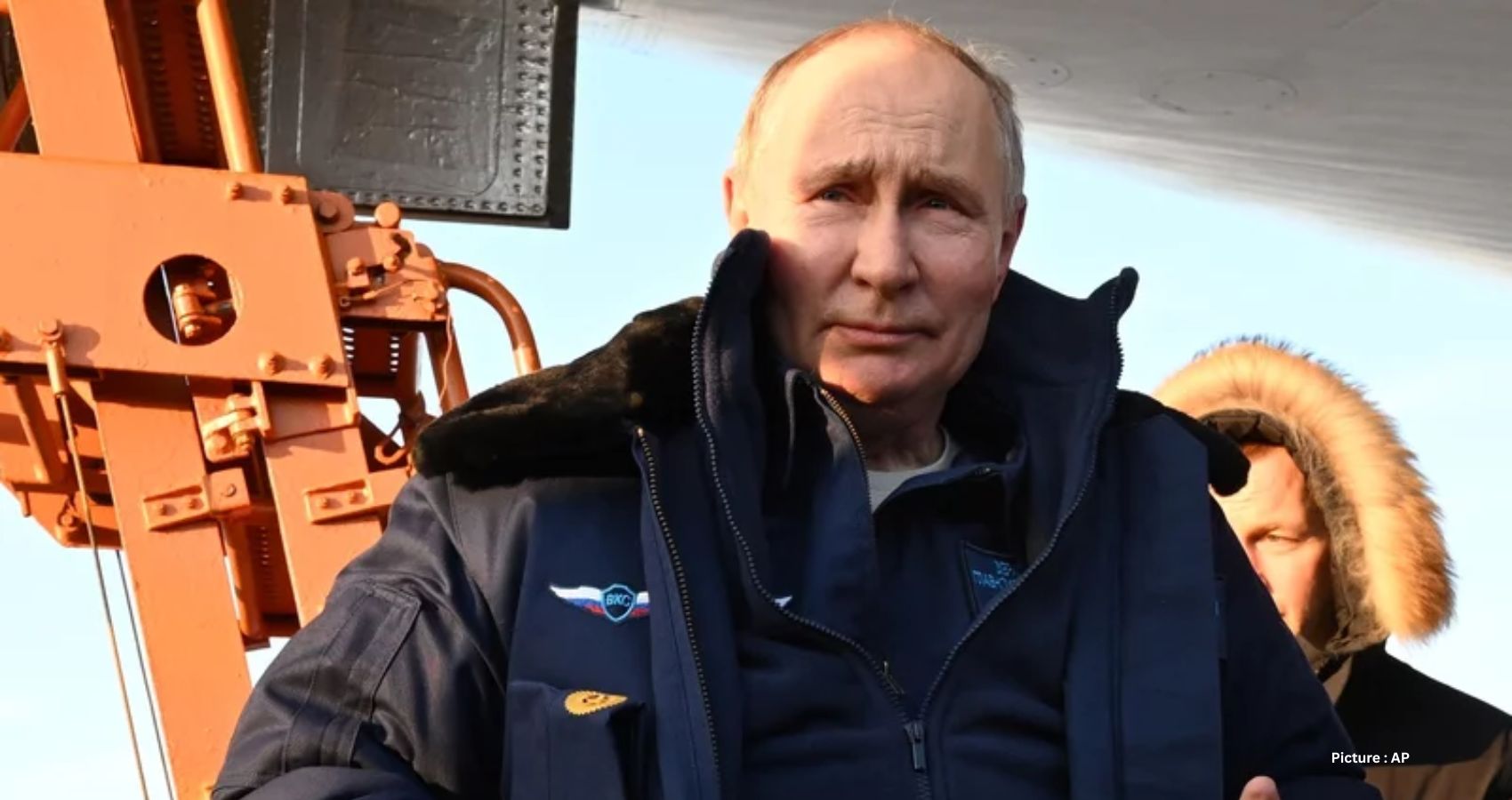
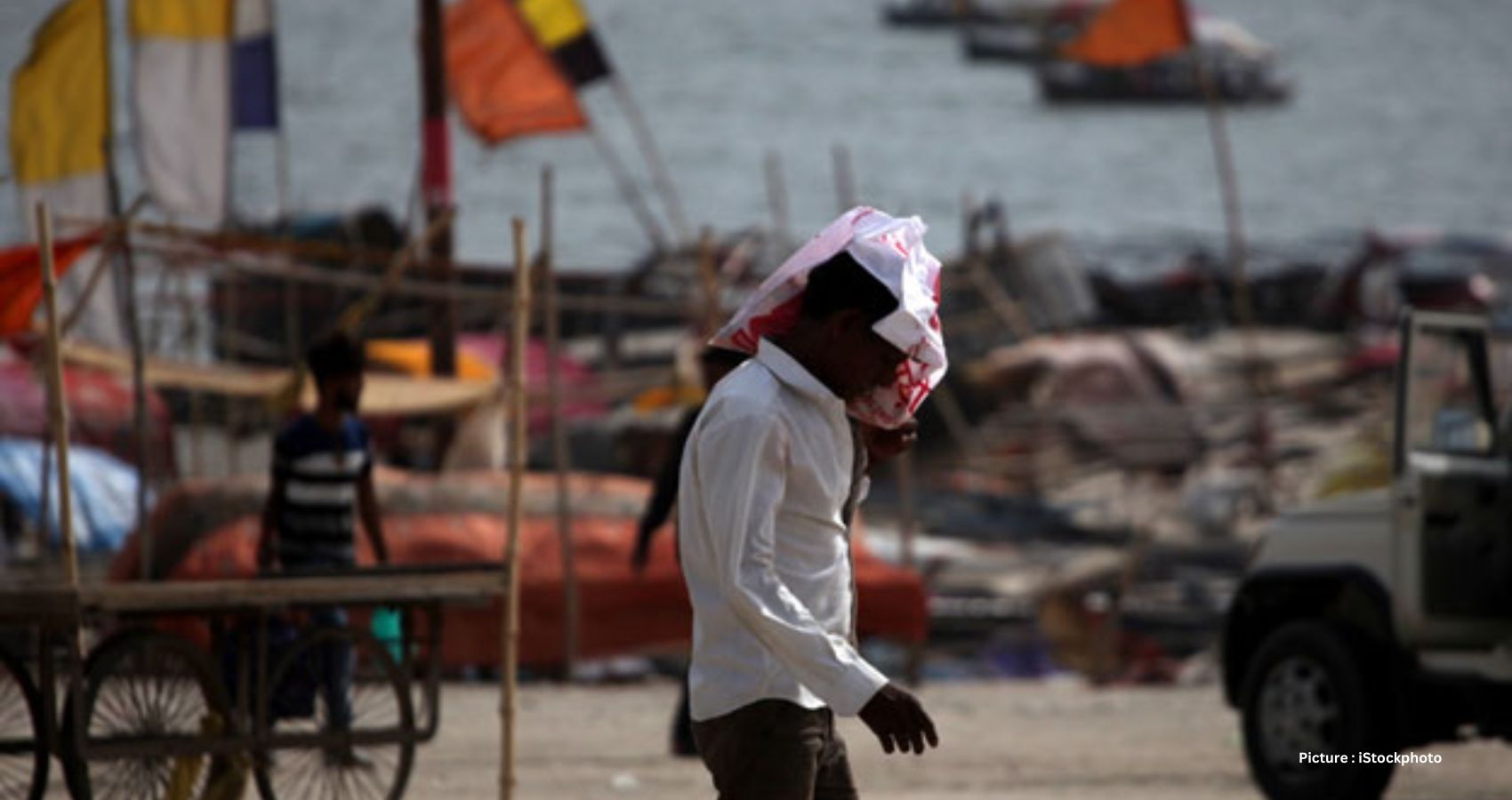
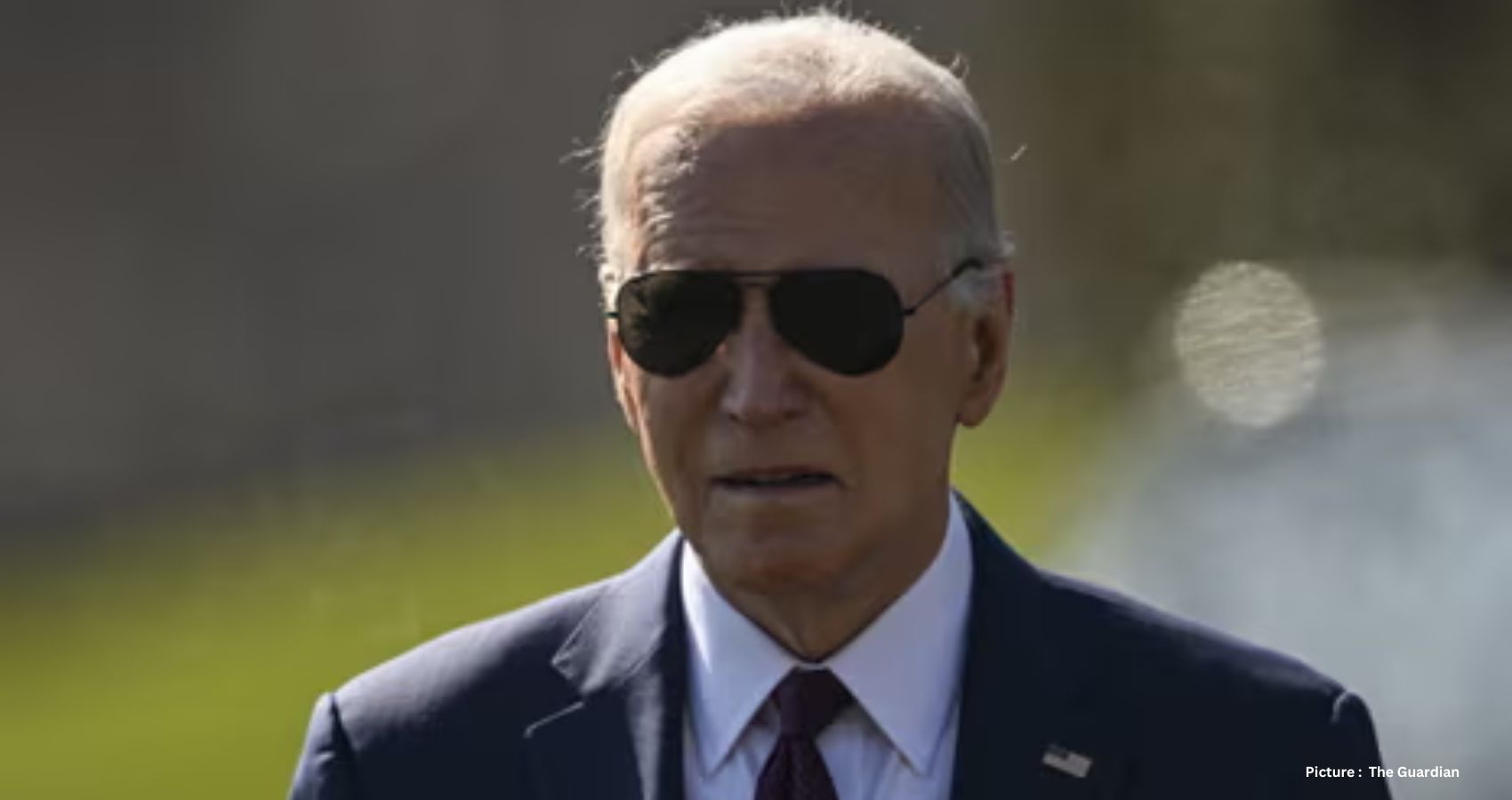
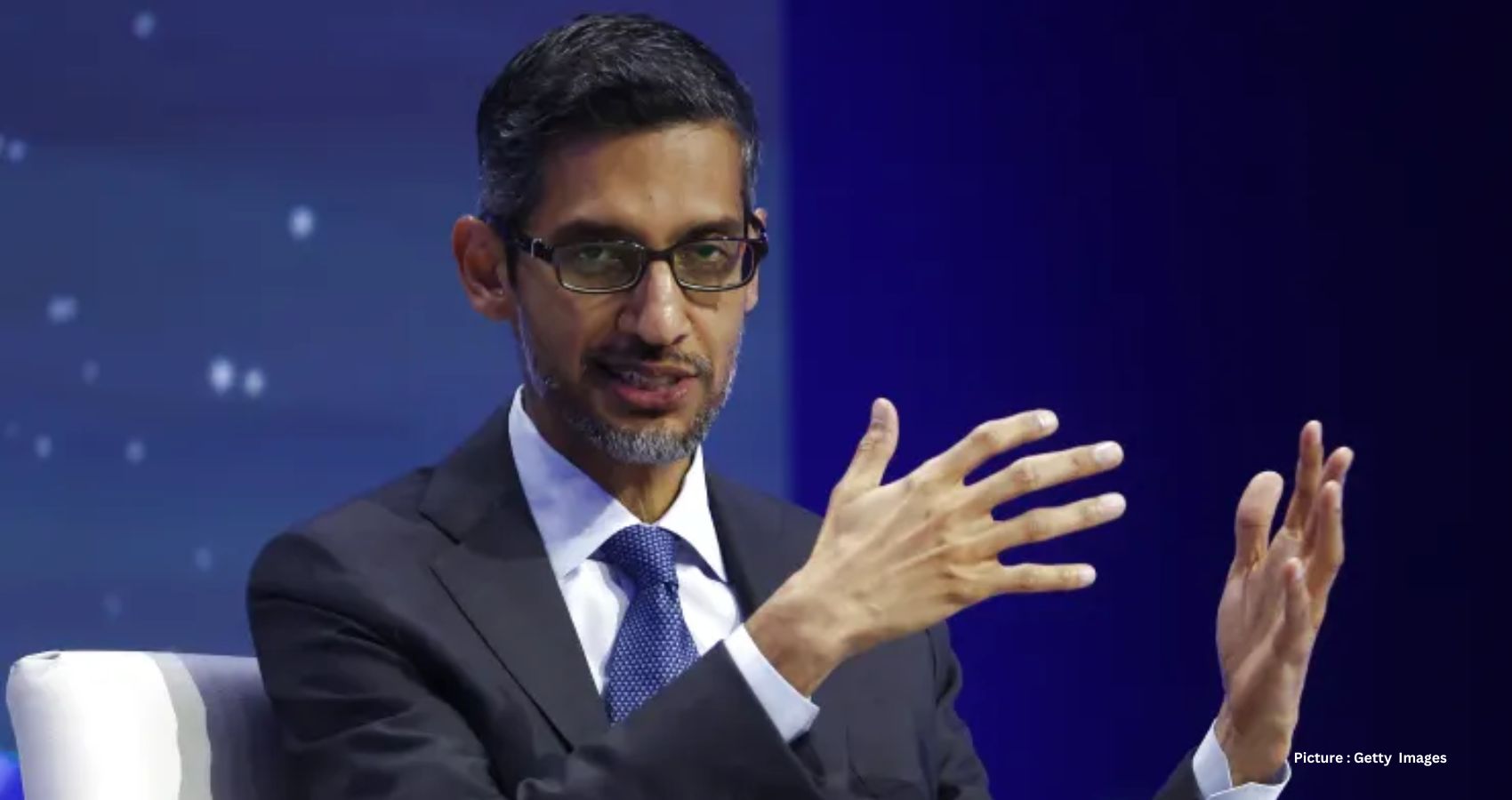
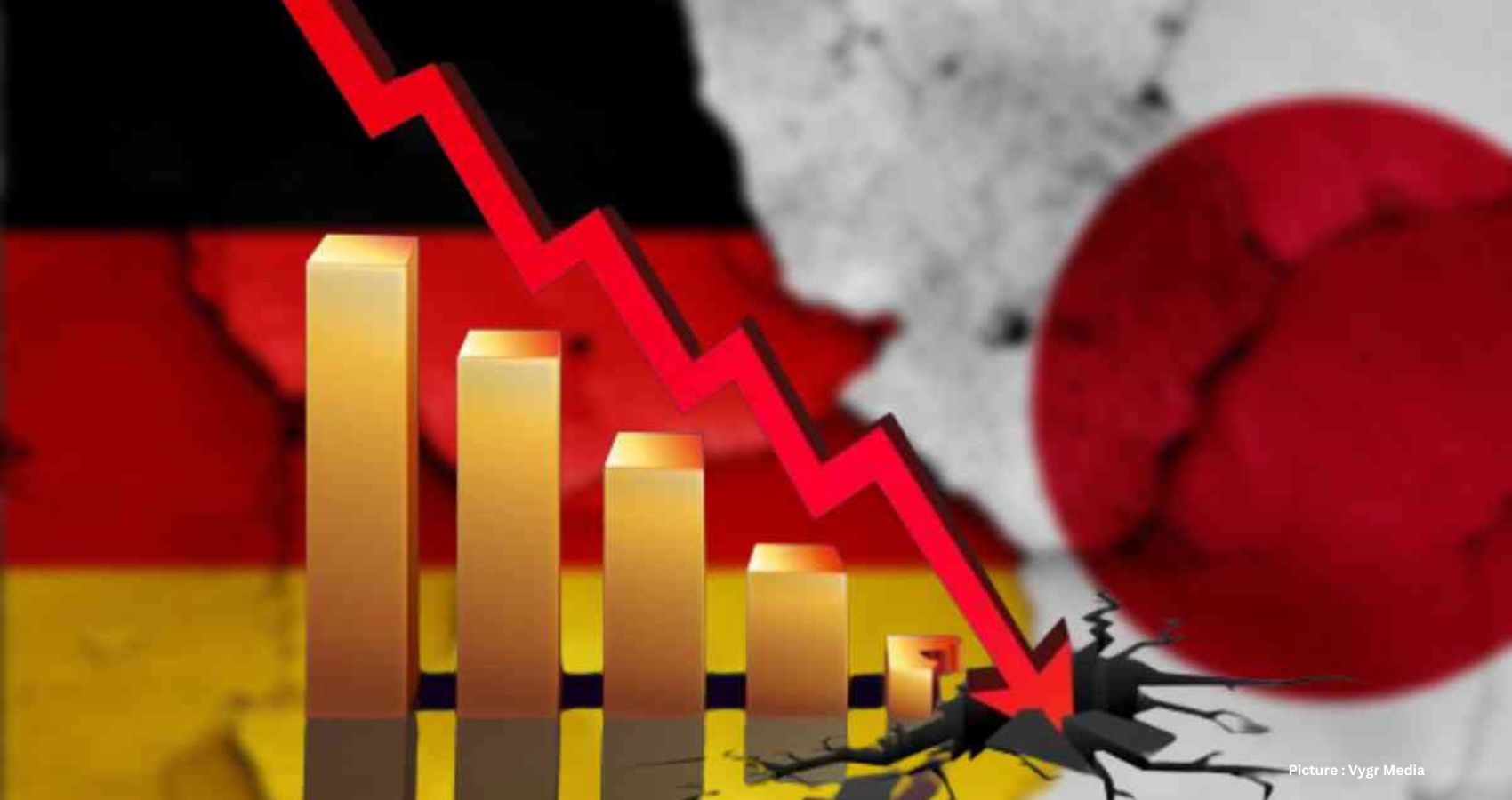
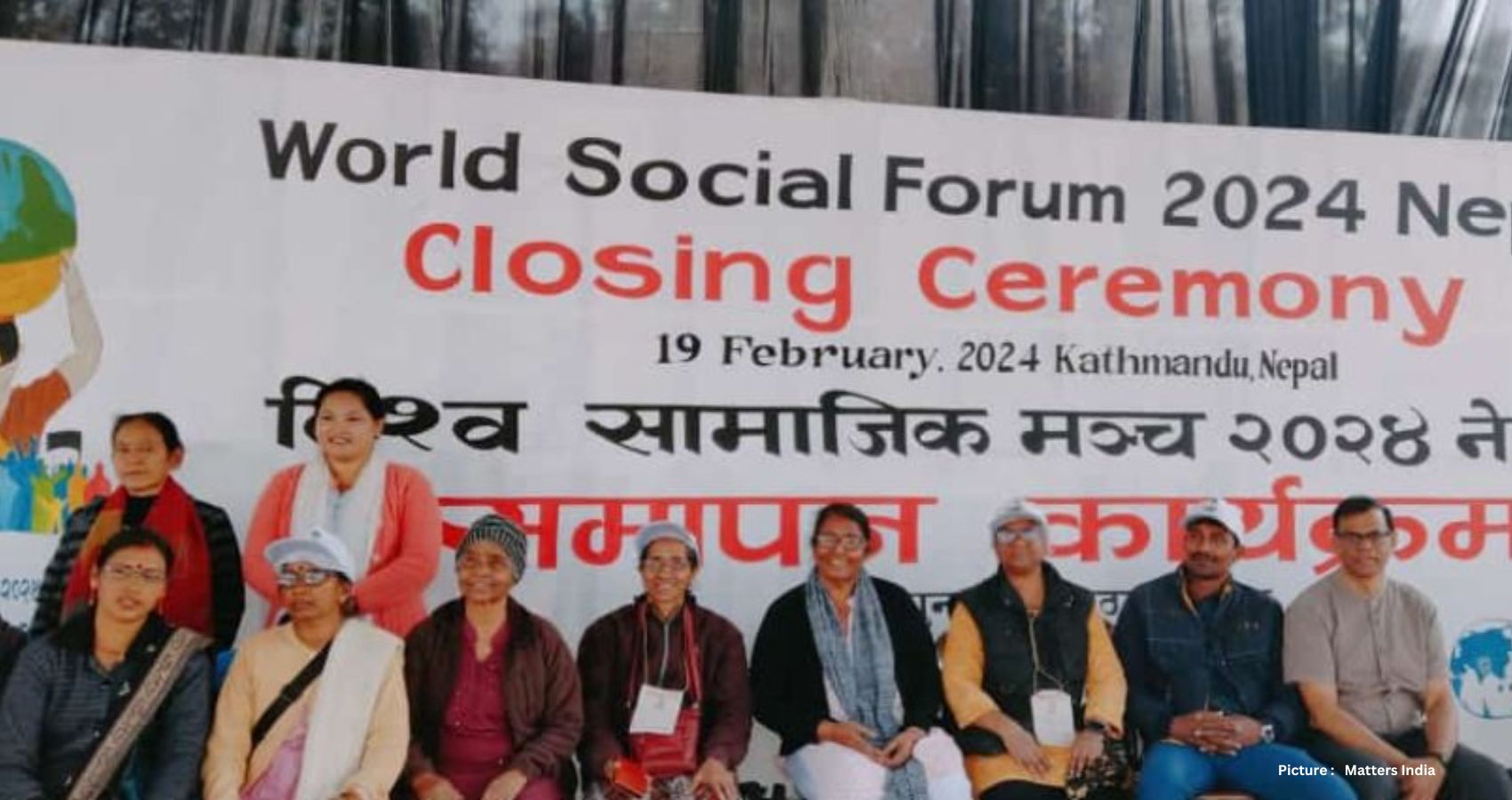

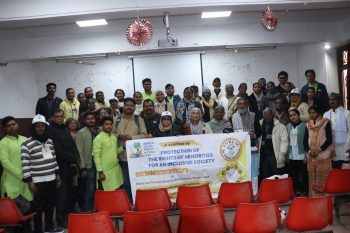

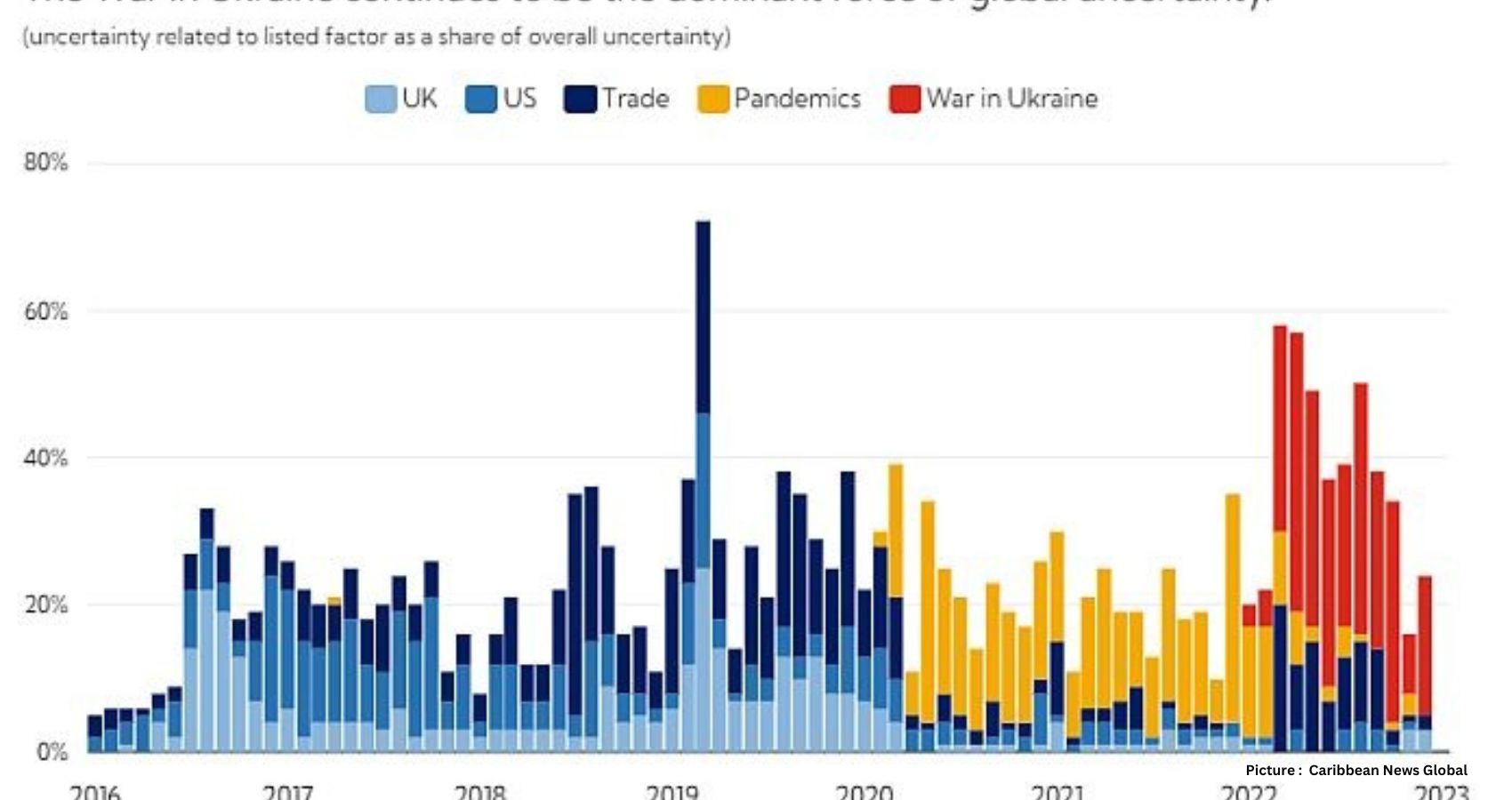

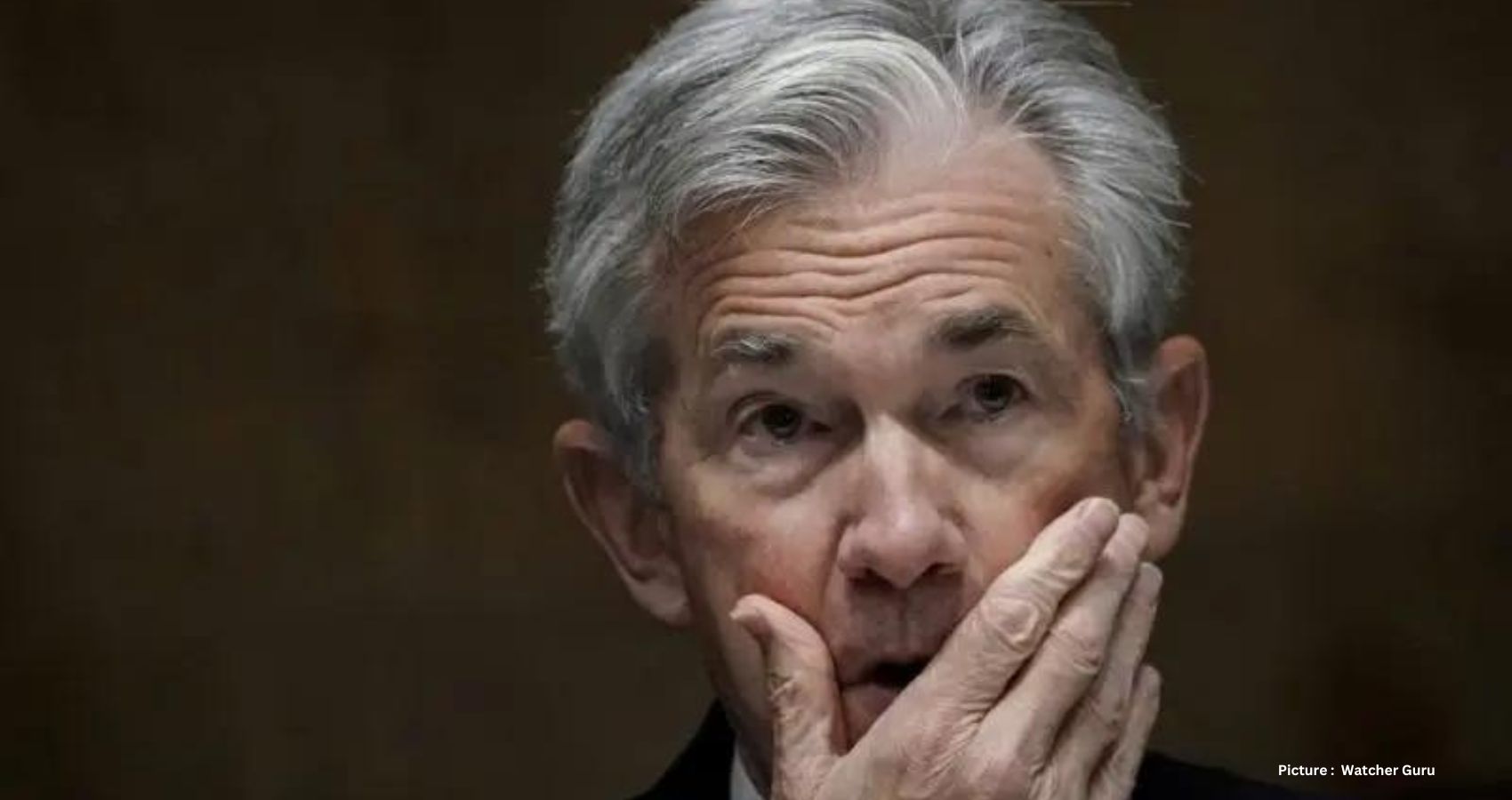
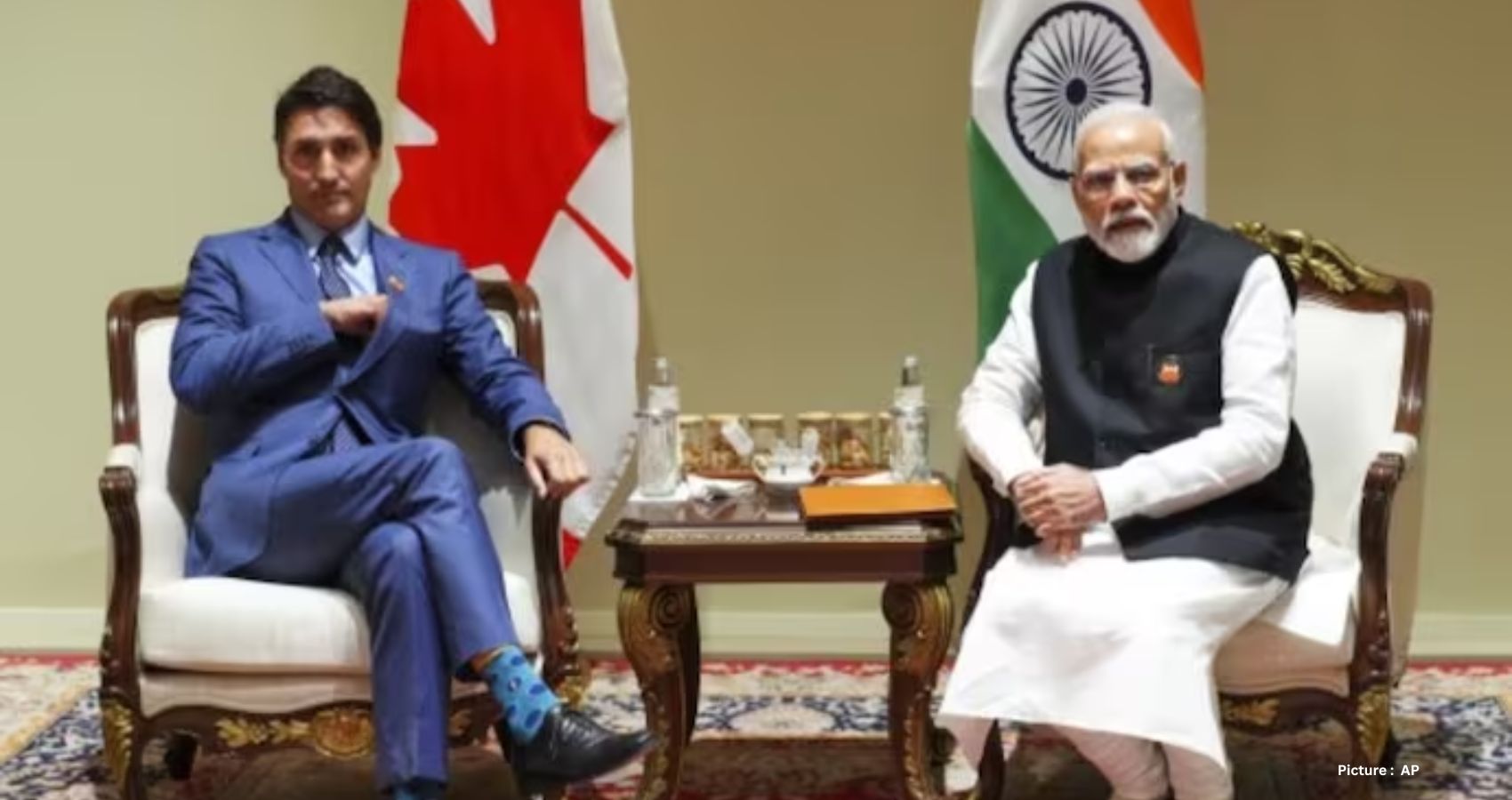

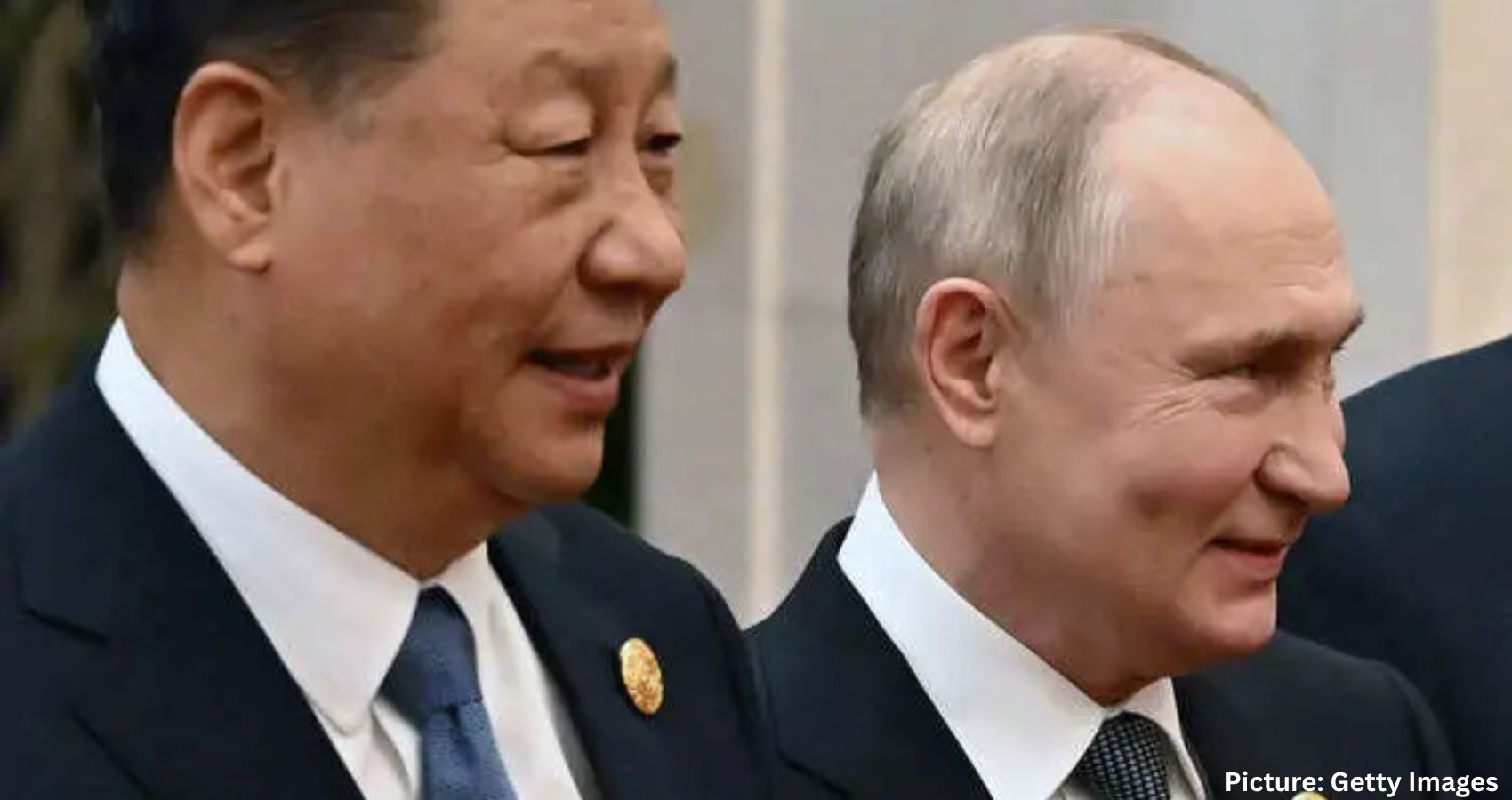
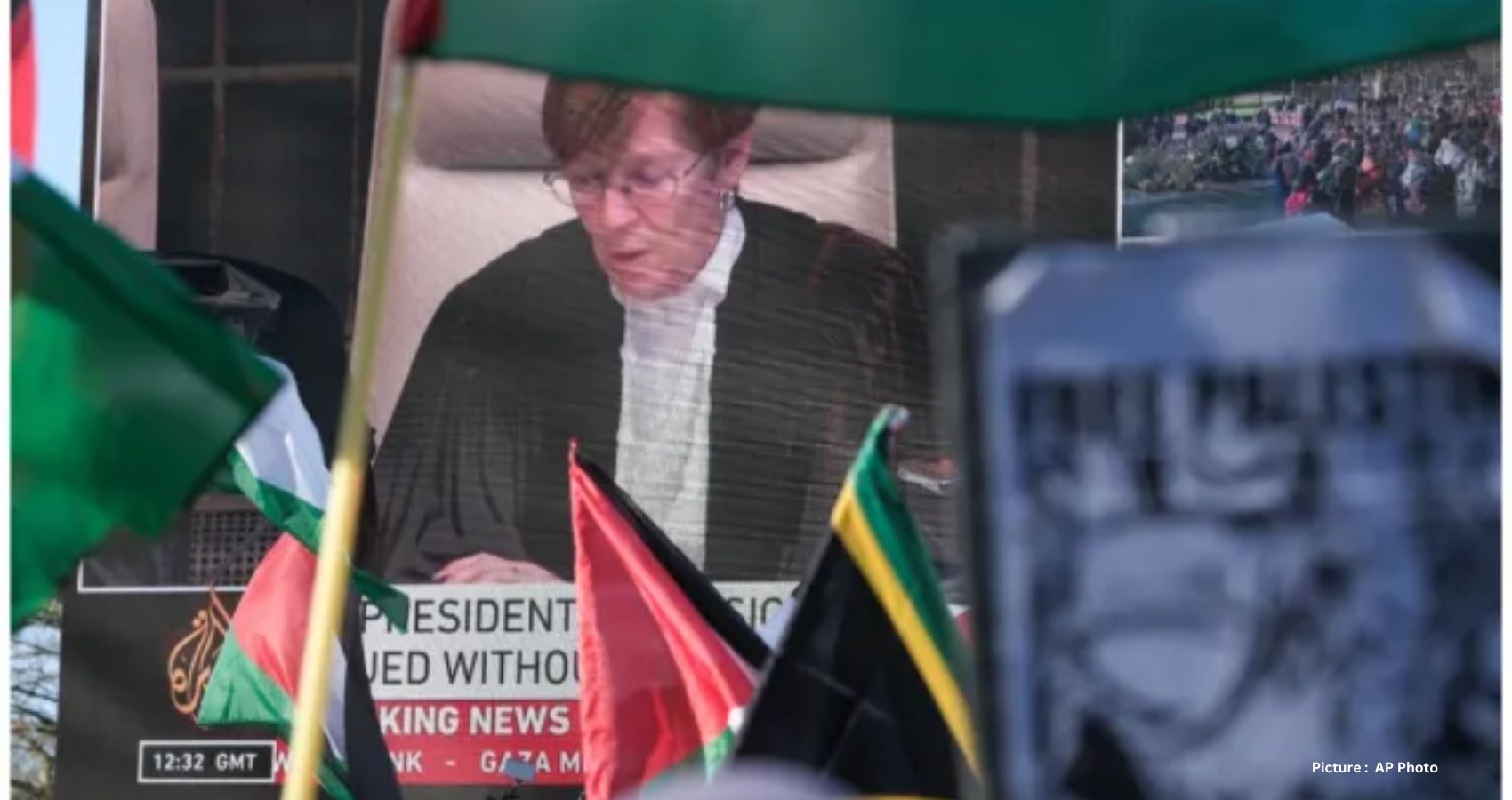
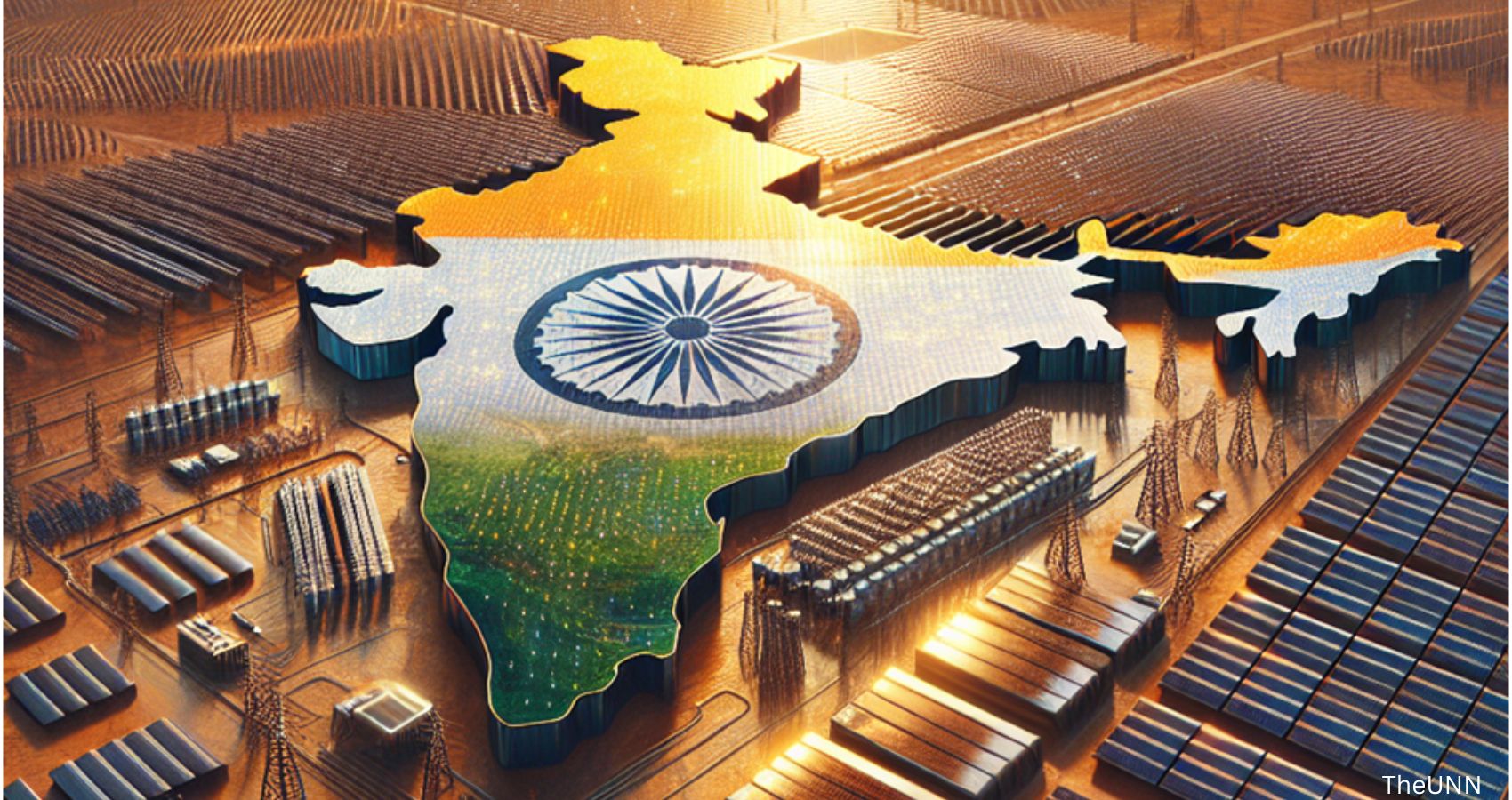
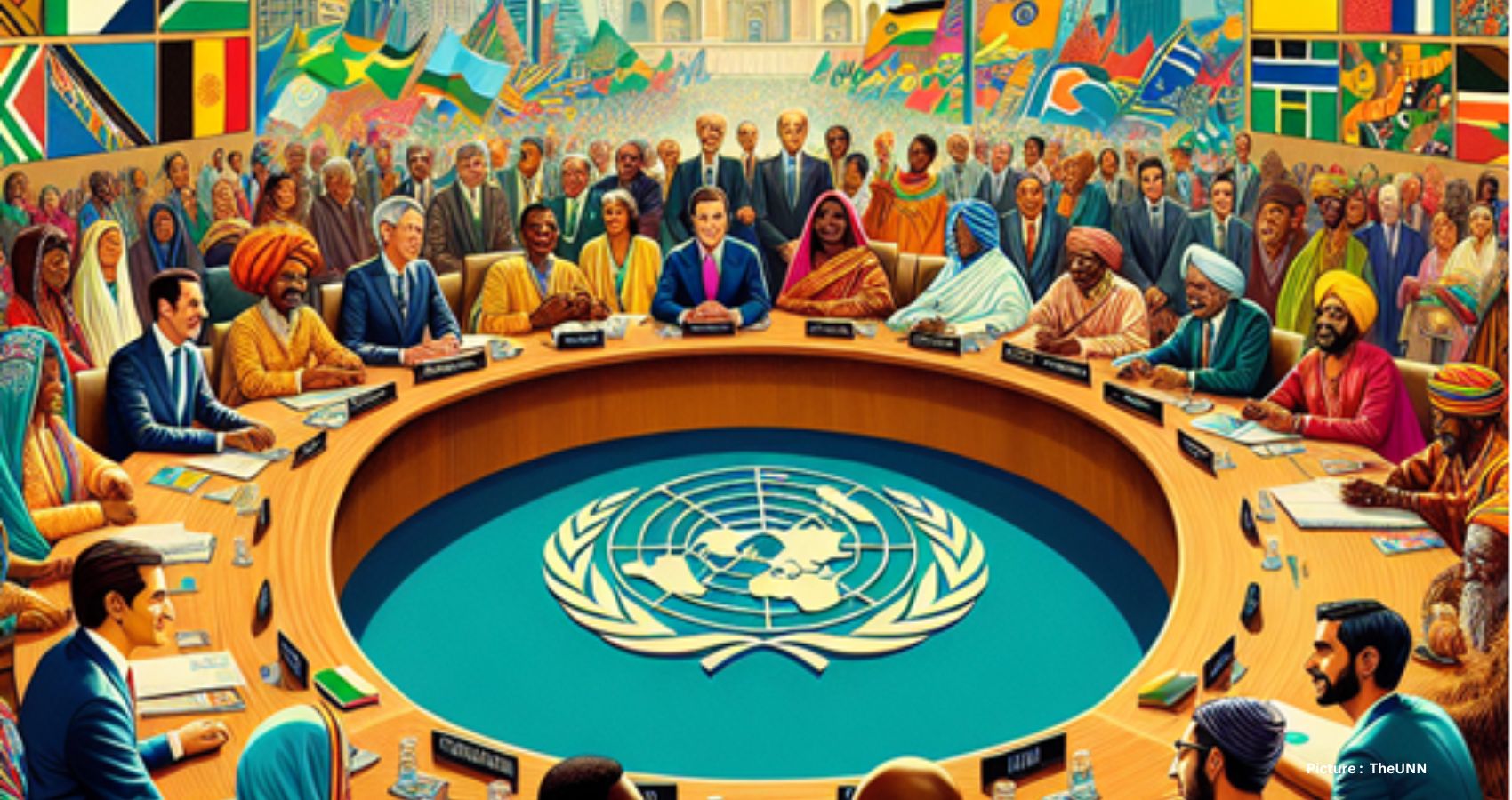

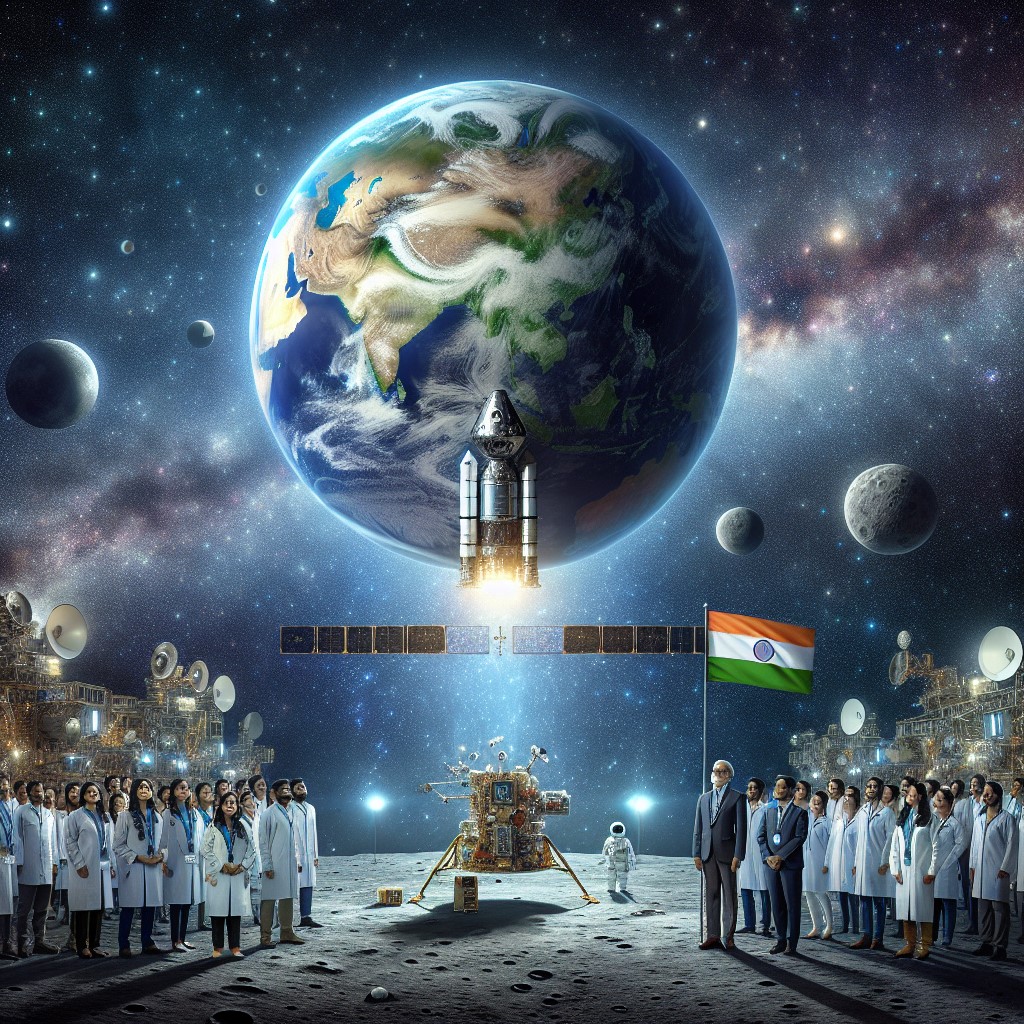 ISRO Chairman S Somanath expressed his gratitude for the global recognition, underscoring the award’s significance in reflecting India’s ascent as a major player in space exploration. He stated, “The Leif Erikson Lunar Prize not only acknowledges ISRO’s achievements but also highlights the international community’s recognition of India’s capabilities in space exploration.”
ISRO Chairman S Somanath expressed his gratitude for the global recognition, underscoring the award’s significance in reflecting India’s ascent as a major player in space exploration. He stated, “The Leif Erikson Lunar Prize not only acknowledges ISRO’s achievements but also highlights the international community’s recognition of India’s capabilities in space exploration.”

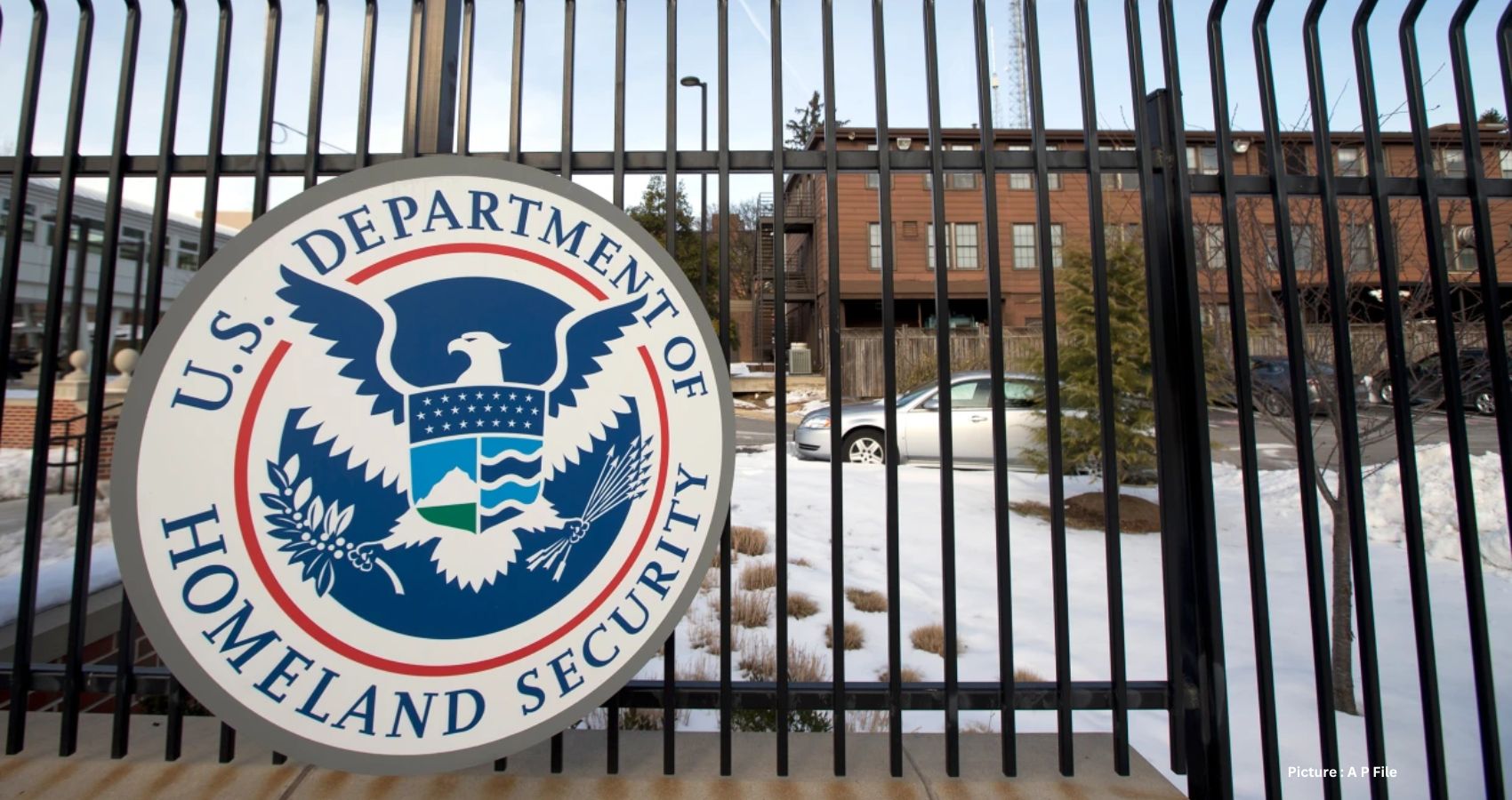
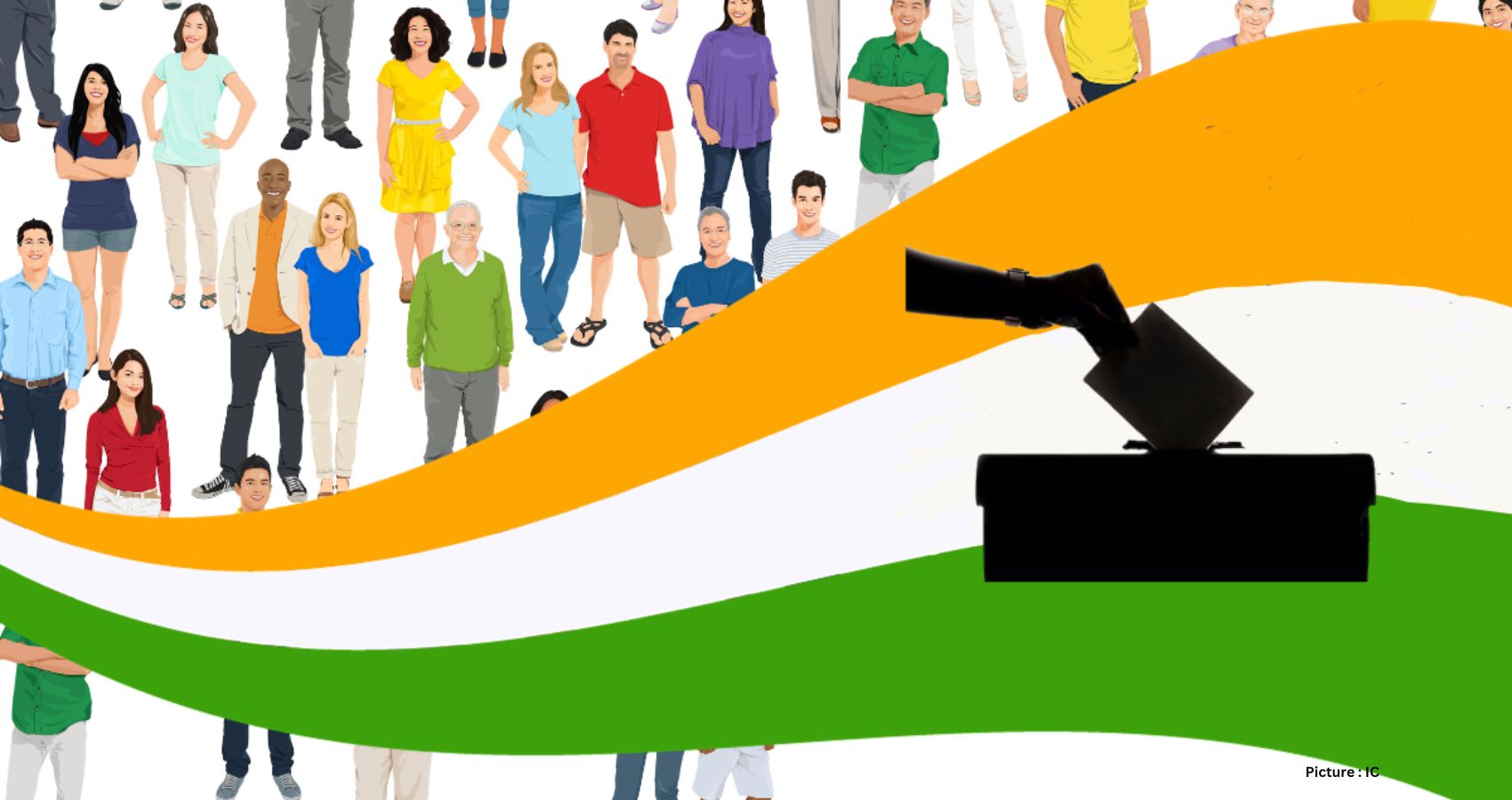
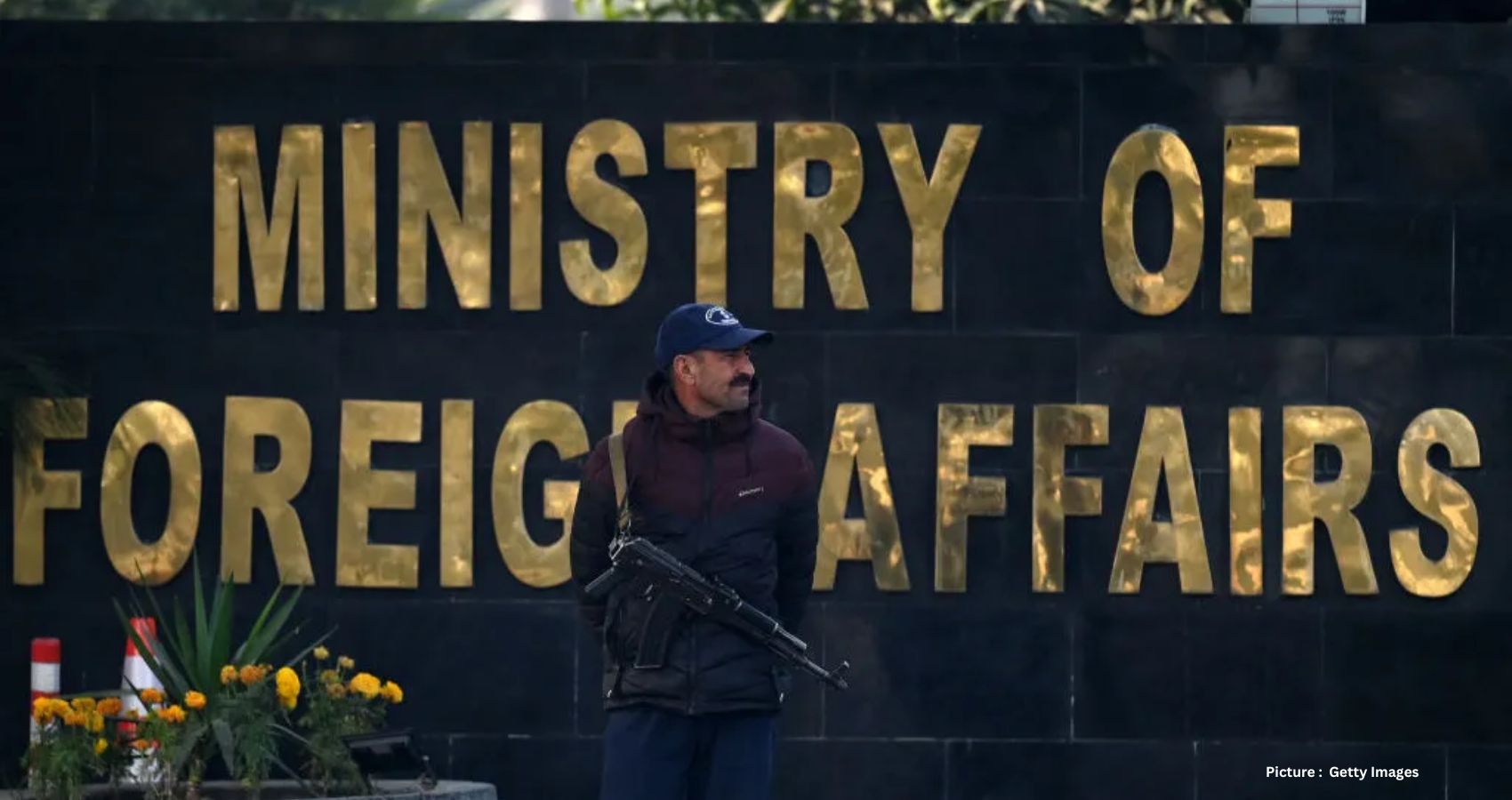
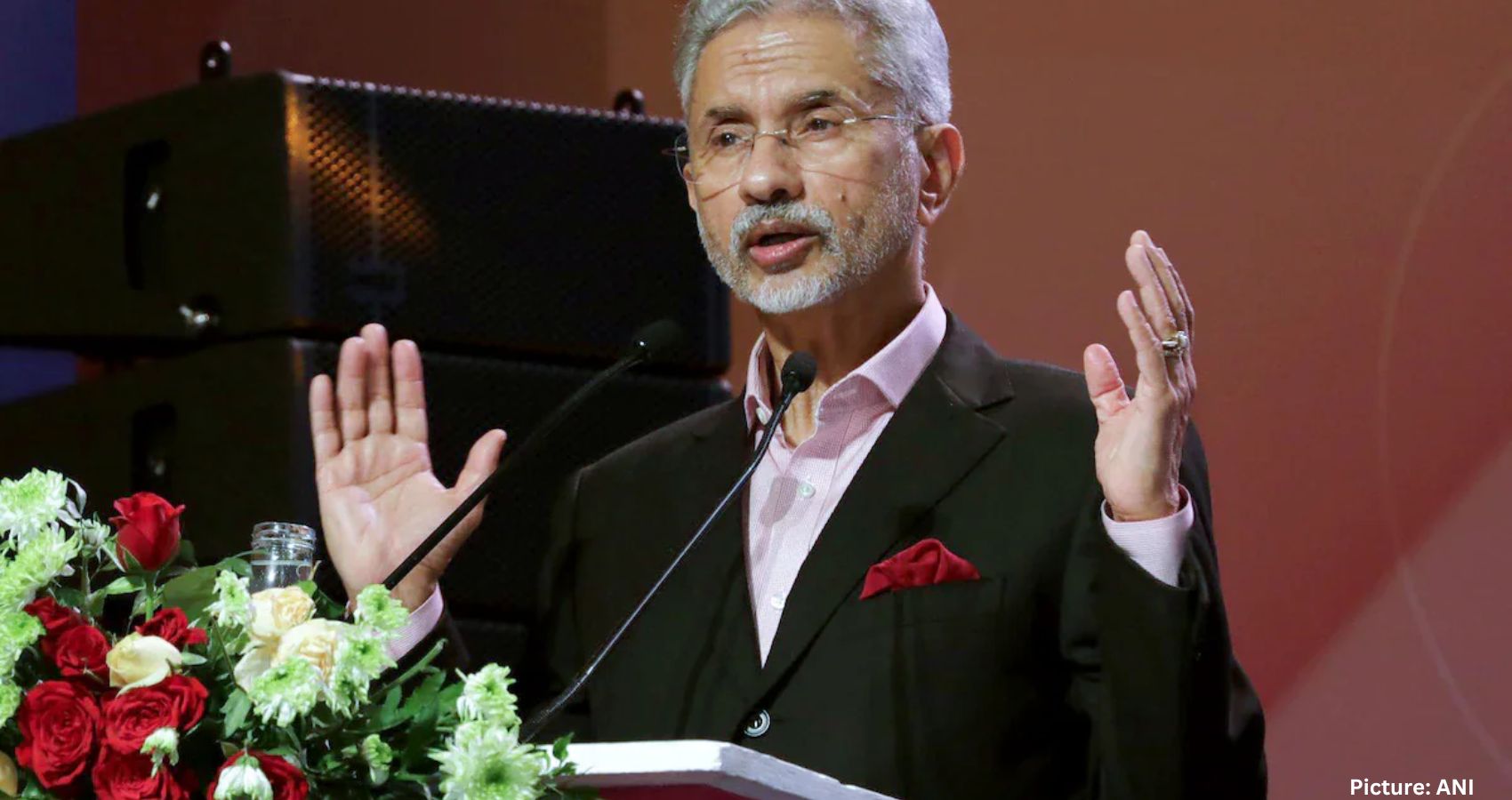
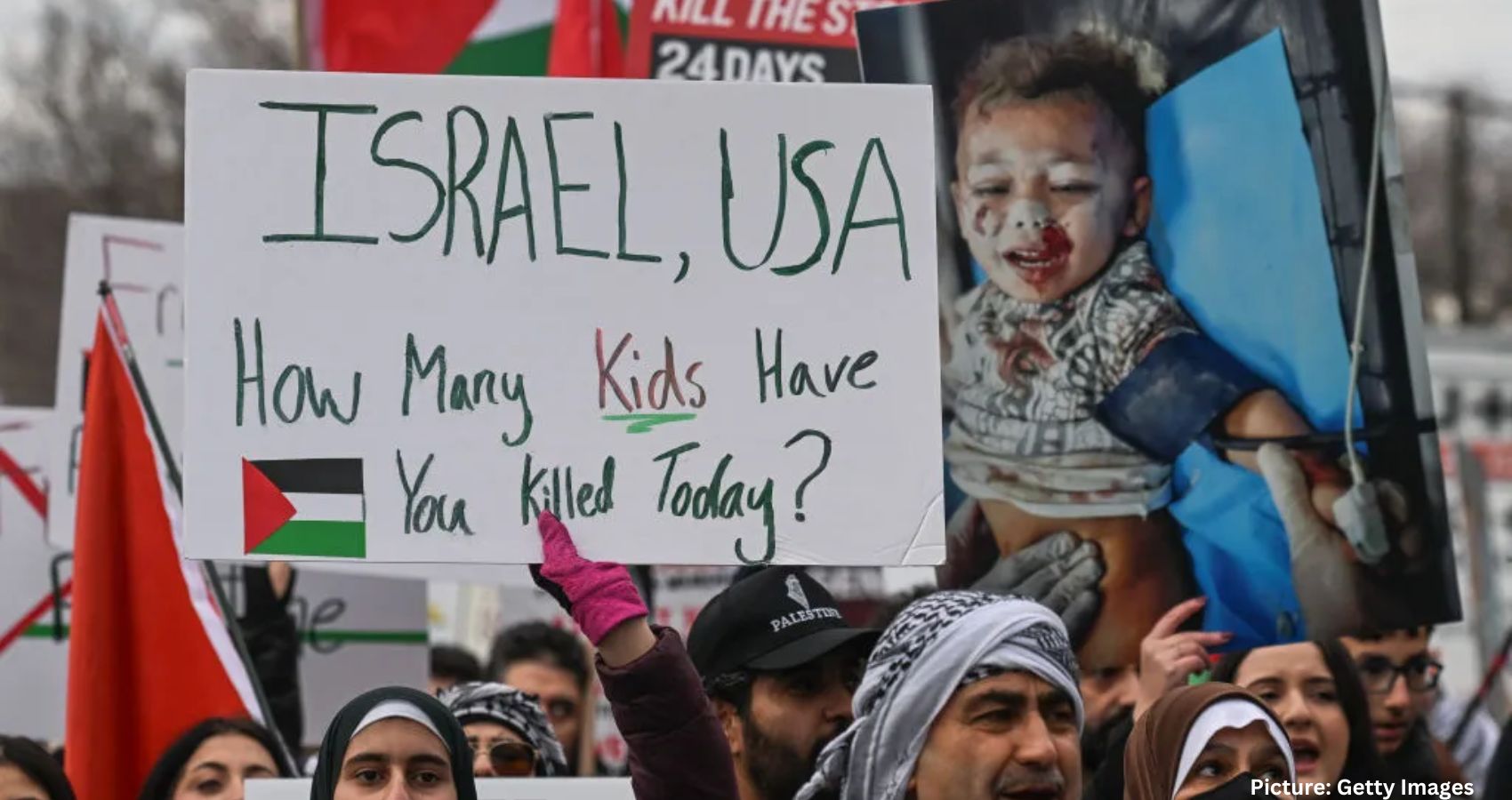
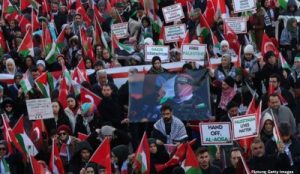
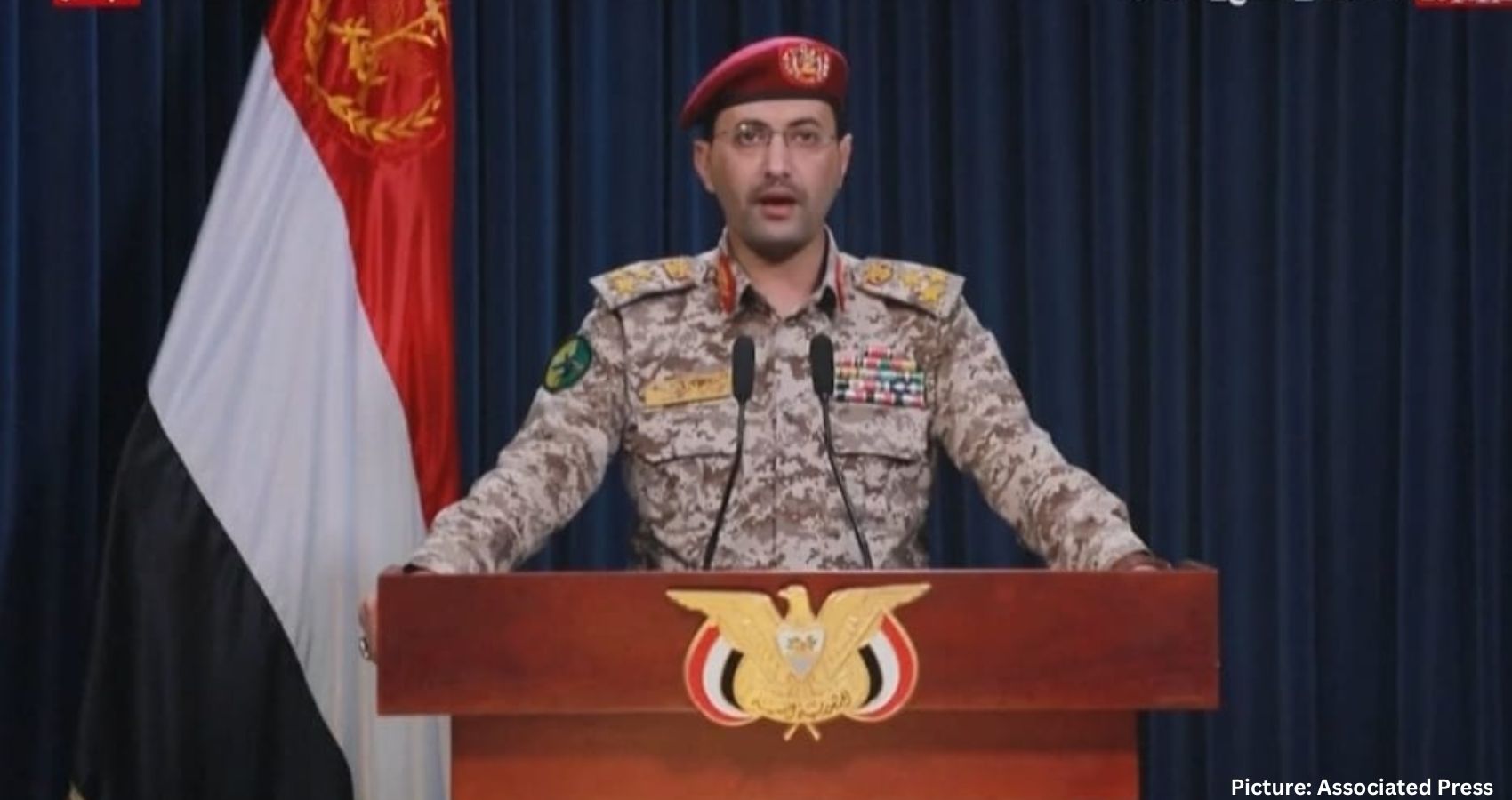
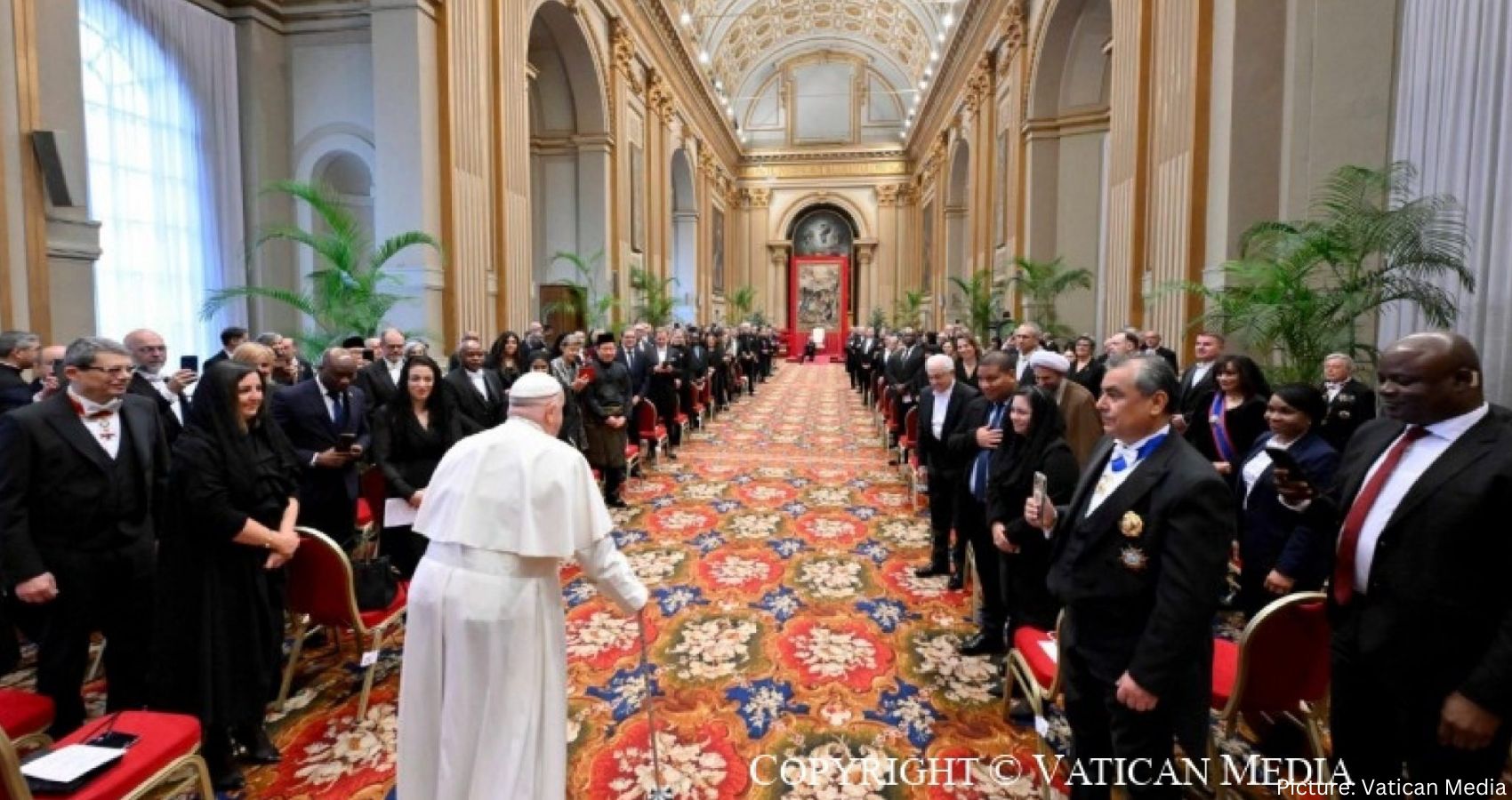
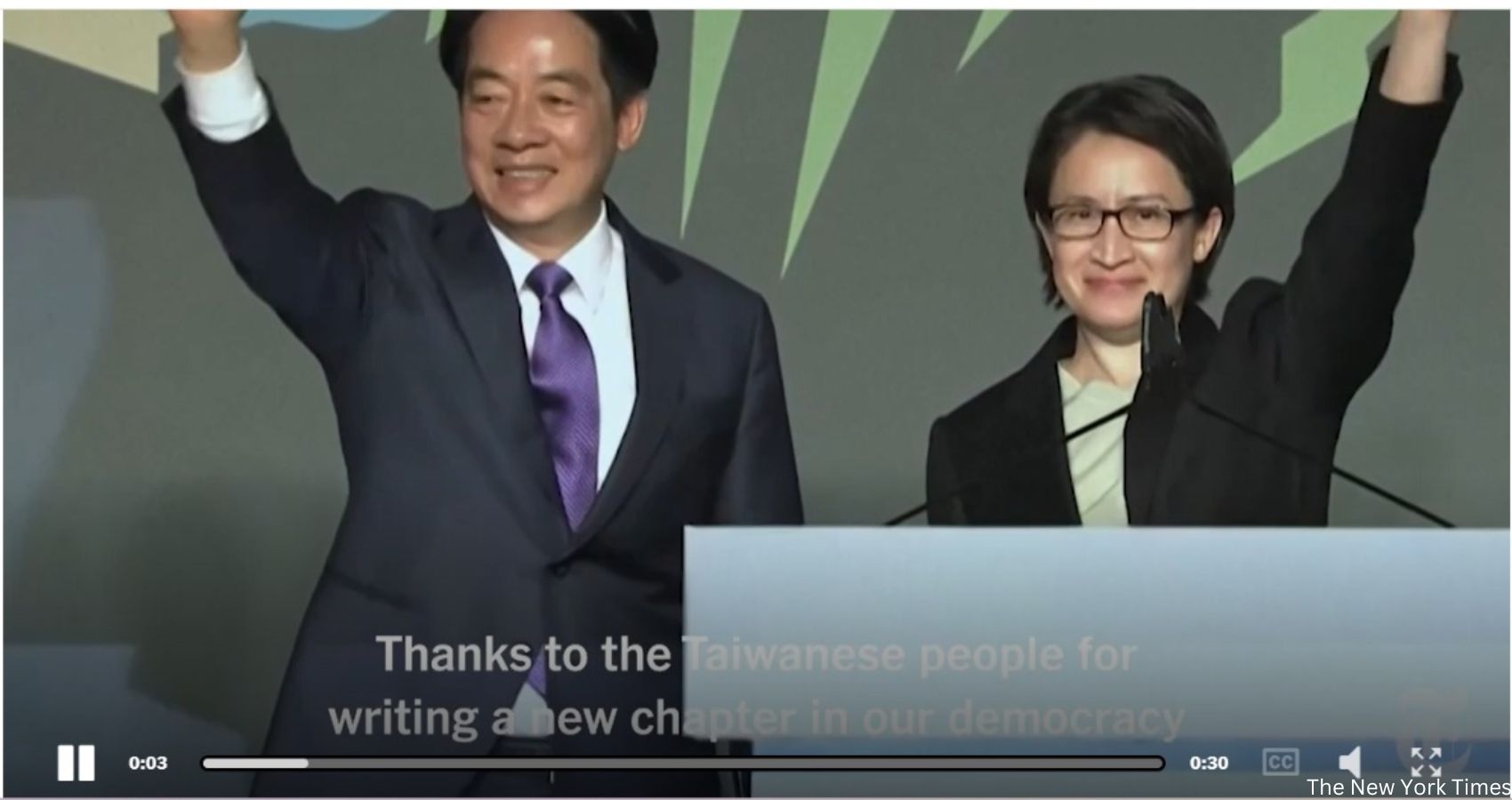
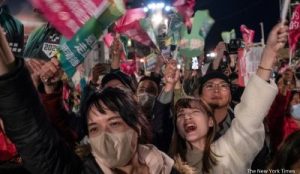 In a surprising turn of events, Taiwanese politician Lai Ching-te, long criticized by China’s Communist Party as a potential catalyst for conflict due to his support for full independence for Taiwan, secured victory in the presidential election. Despite Beijing’s warnings and months of tension, Mr. Lai, currently Taiwan’s vice president, garnered 40 percent of the votes, securing a third consecutive term for his Democratic Progressive Party (D.P.P.), marking a historic achievement since Taiwan began direct democratic elections in 1996.
In a surprising turn of events, Taiwanese politician Lai Ching-te, long criticized by China’s Communist Party as a potential catalyst for conflict due to his support for full independence for Taiwan, secured victory in the presidential election. Despite Beijing’s warnings and months of tension, Mr. Lai, currently Taiwan’s vice president, garnered 40 percent of the votes, securing a third consecutive term for his Democratic Progressive Party (D.P.P.), marking a historic achievement since Taiwan began direct democratic elections in 1996.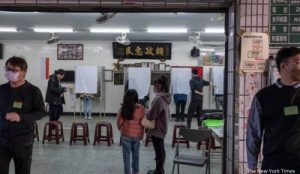 “I voted for Lai Ching-te because I think he can handle the relationship with China wisely,” expressed Hsu Ya-hsuan, a 28-year-old technology company product manager in Taipei. Many share her sentiment, hopeful that Lai will navigate the delicate balance between protecting Taiwan’s sovereignty and avoiding deliberate provocations against China.
“I voted for Lai Ching-te because I think he can handle the relationship with China wisely,” expressed Hsu Ya-hsuan, a 28-year-old technology company product manager in Taipei. Many share her sentiment, hopeful that Lai will navigate the delicate balance between protecting Taiwan’s sovereignty and avoiding deliberate provocations against China.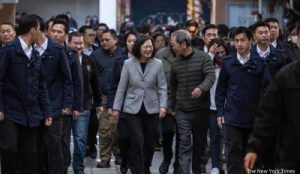 Contrary to the reckless firebrand image projected by Beijing, those who know Lai affirm that he campaigned on continuity with the policies of the outgoing president, Tsai Ing-wen. Lai’s commitment to building Taiwan’s military defenses, strengthening relations with democratic allies, and avoiding a complete rupture with China echoes Tsai’s approach. However, the intensifying pressure from China and the potential for military action create a testing ground for Lai’s political and diplomatic skills.
Contrary to the reckless firebrand image projected by Beijing, those who know Lai affirm that he campaigned on continuity with the policies of the outgoing president, Tsai Ing-wen. Lai’s commitment to building Taiwan’s military defenses, strengthening relations with democratic allies, and avoiding a complete rupture with China echoes Tsai’s approach. However, the intensifying pressure from China and the potential for military action create a testing ground for Lai’s political and diplomatic skills.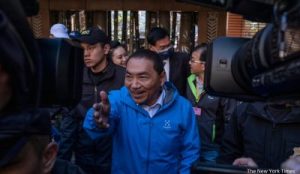 Kuo Yu-jen, a political science professor, warns that even if Lai adheres to Tsai’s policies, China’s President Xi Jinping is unlikely to alter the trajectory of solving the “Taiwan problem” at an accelerated pace. The pressure on Lai’s government is anticipated to surpass that experienced during Tsai’s eight years in office.
Kuo Yu-jen, a political science professor, warns that even if Lai adheres to Tsai’s policies, China’s President Xi Jinping is unlikely to alter the trajectory of solving the “Taiwan problem” at an accelerated pace. The pressure on Lai’s government is anticipated to surpass that experienced during Tsai’s eight years in office.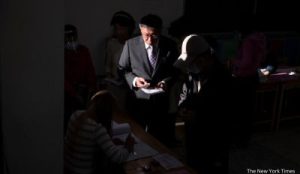 In addition to external challenges, Lai must grapple with a divided domestic political landscape. His chief rivals garnered significant shares of the vote, posing a potential threat to his authority. Ko Wen-je of the Taiwan People’s Party, in particular, tapped into public dissatisfaction with rising housing costs, limited career prospects, and slow income growth, especially among young supporters. With his party losing its majority in the Legislative Yuan, Lai recognizes the need for collaboration with opposition parties to address Taiwan’s challenges. Acknowledging the people’s desire for a capable government and effective checks and balances, Lai pledges to respect this new public sentiment.
In addition to external challenges, Lai must grapple with a divided domestic political landscape. His chief rivals garnered significant shares of the vote, posing a potential threat to his authority. Ko Wen-je of the Taiwan People’s Party, in particular, tapped into public dissatisfaction with rising housing costs, limited career prospects, and slow income growth, especially among young supporters. With his party losing its majority in the Legislative Yuan, Lai recognizes the need for collaboration with opposition parties to address Taiwan’s challenges. Acknowledging the people’s desire for a capable government and effective checks and balances, Lai pledges to respect this new public sentiment.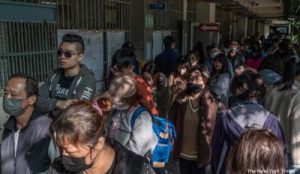

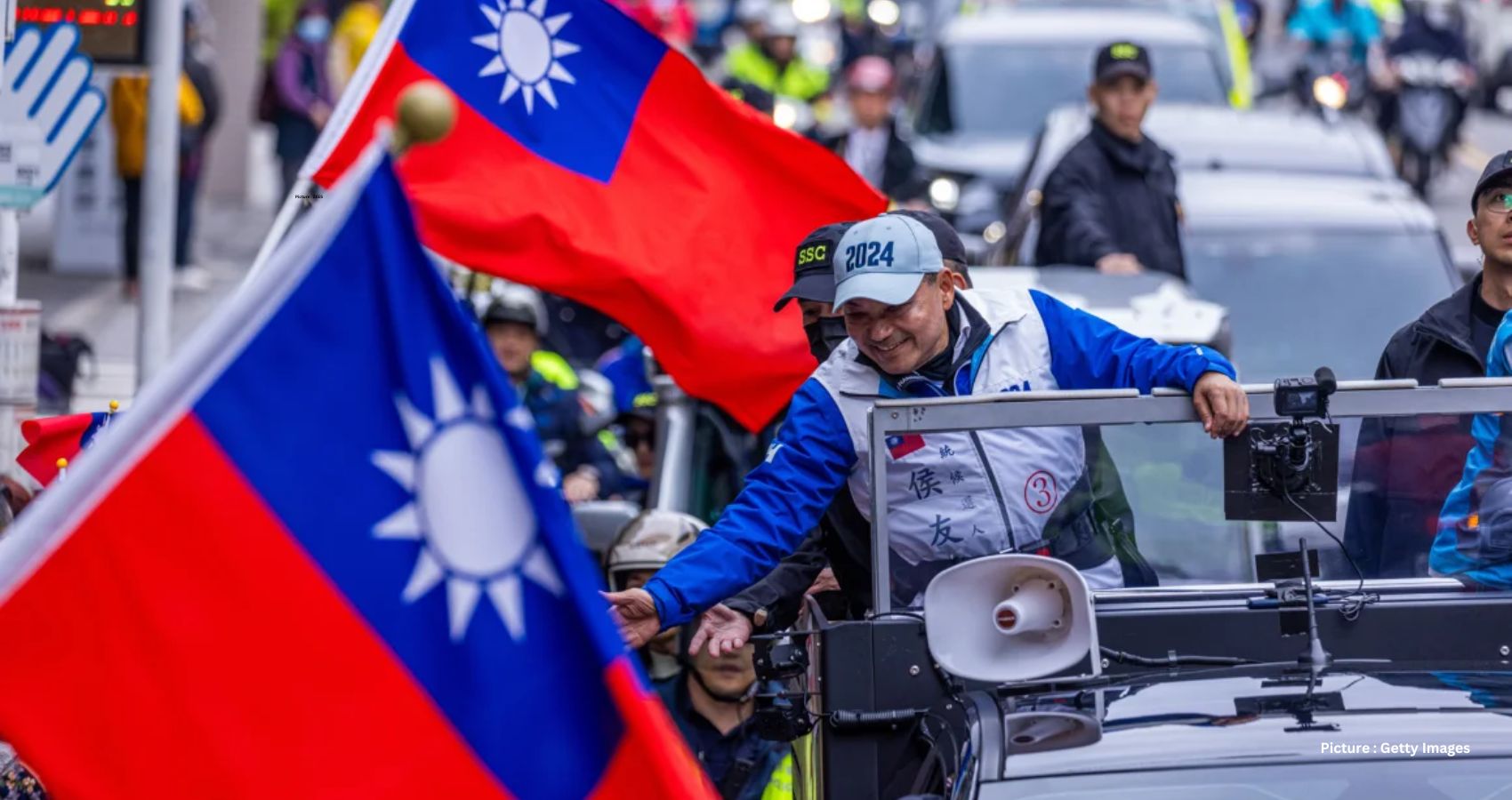
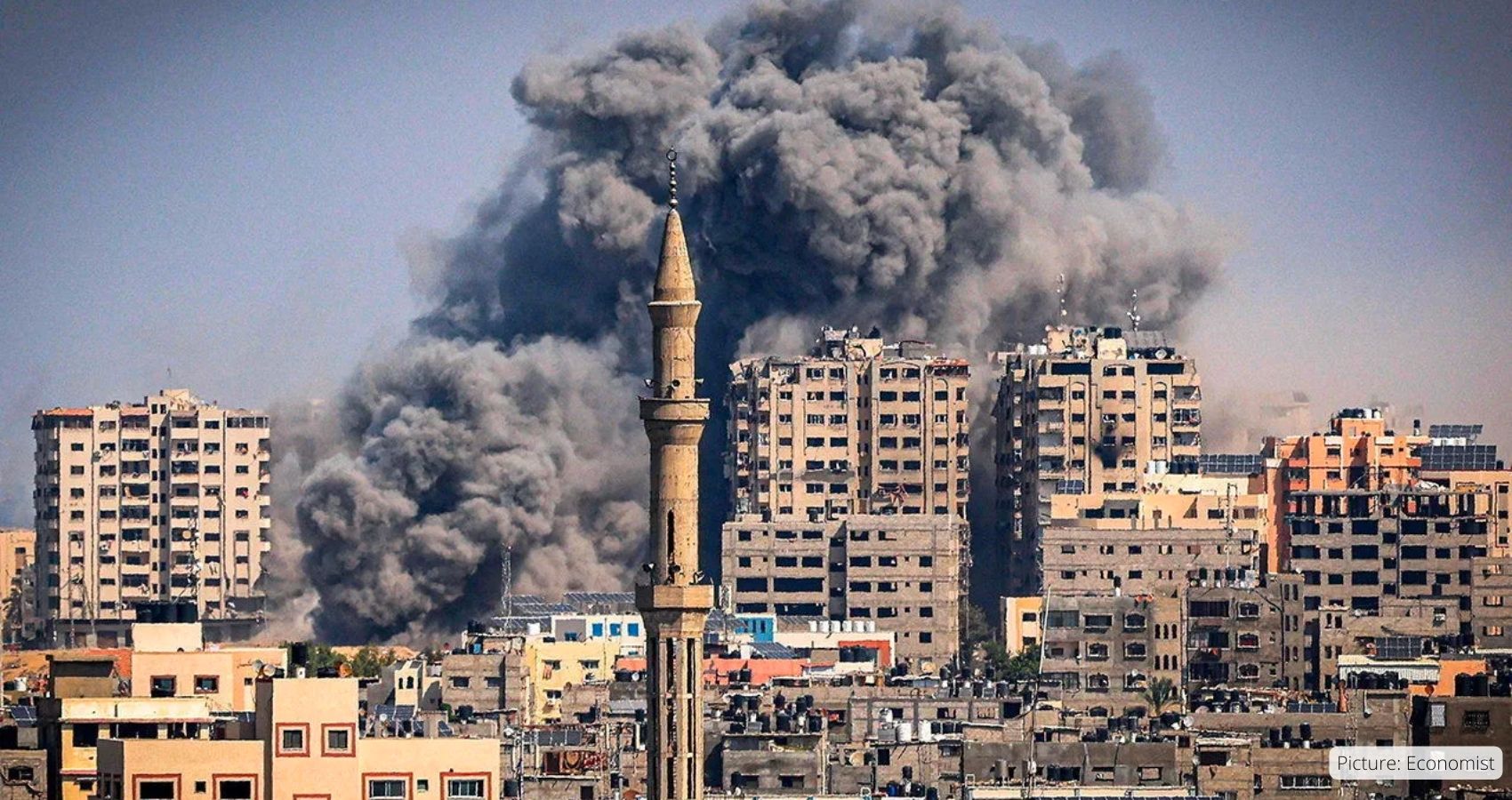
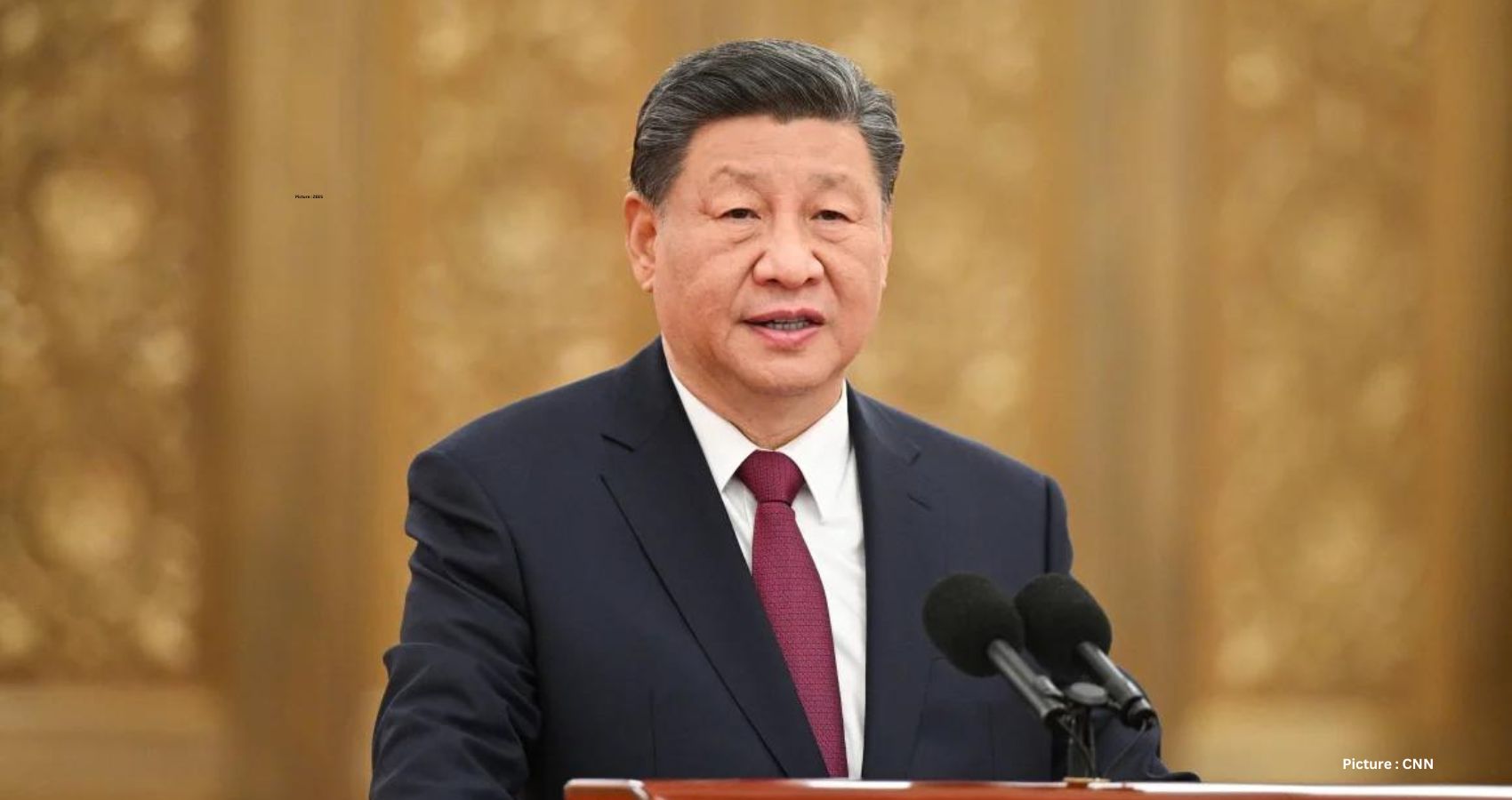

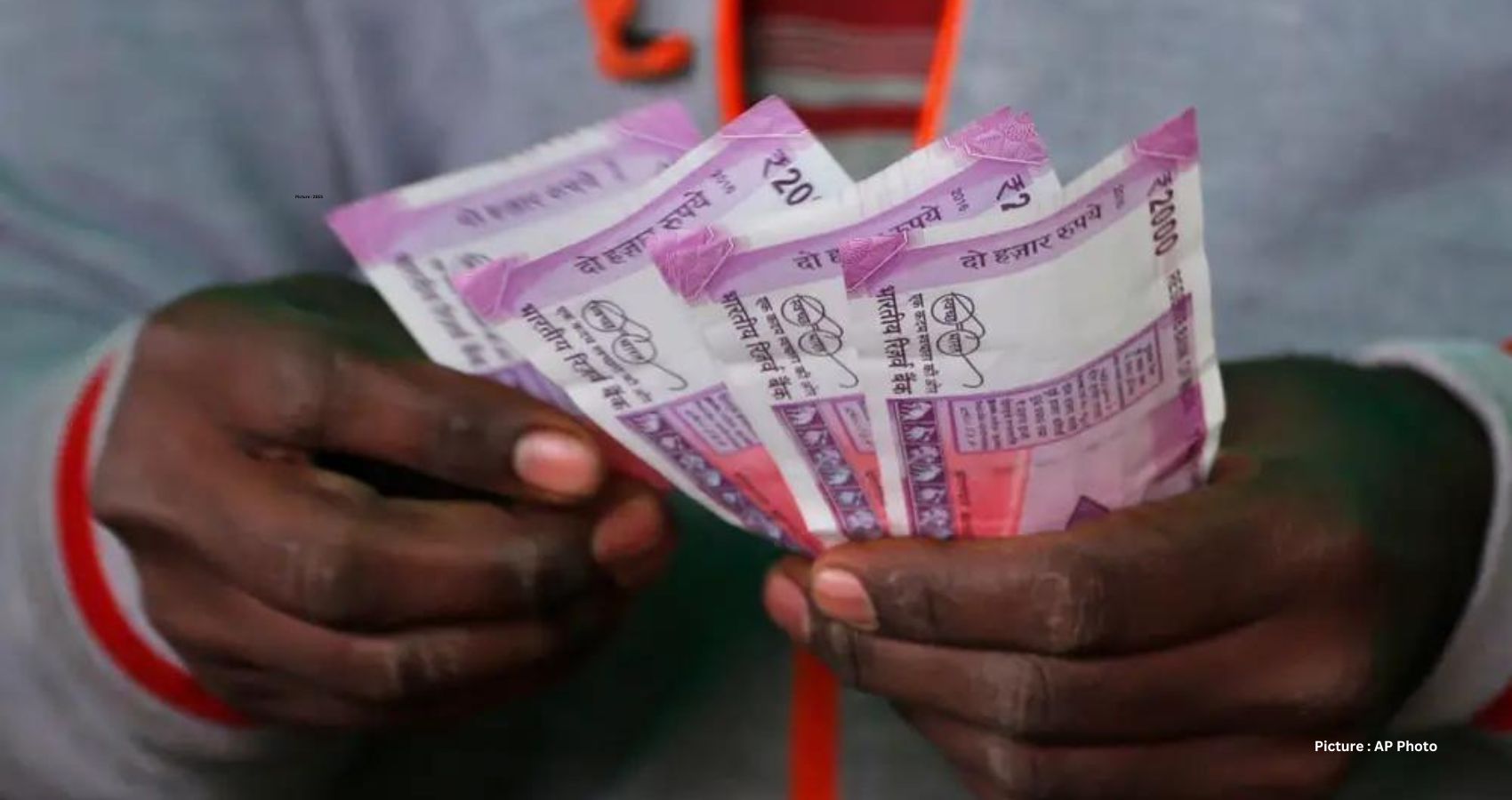
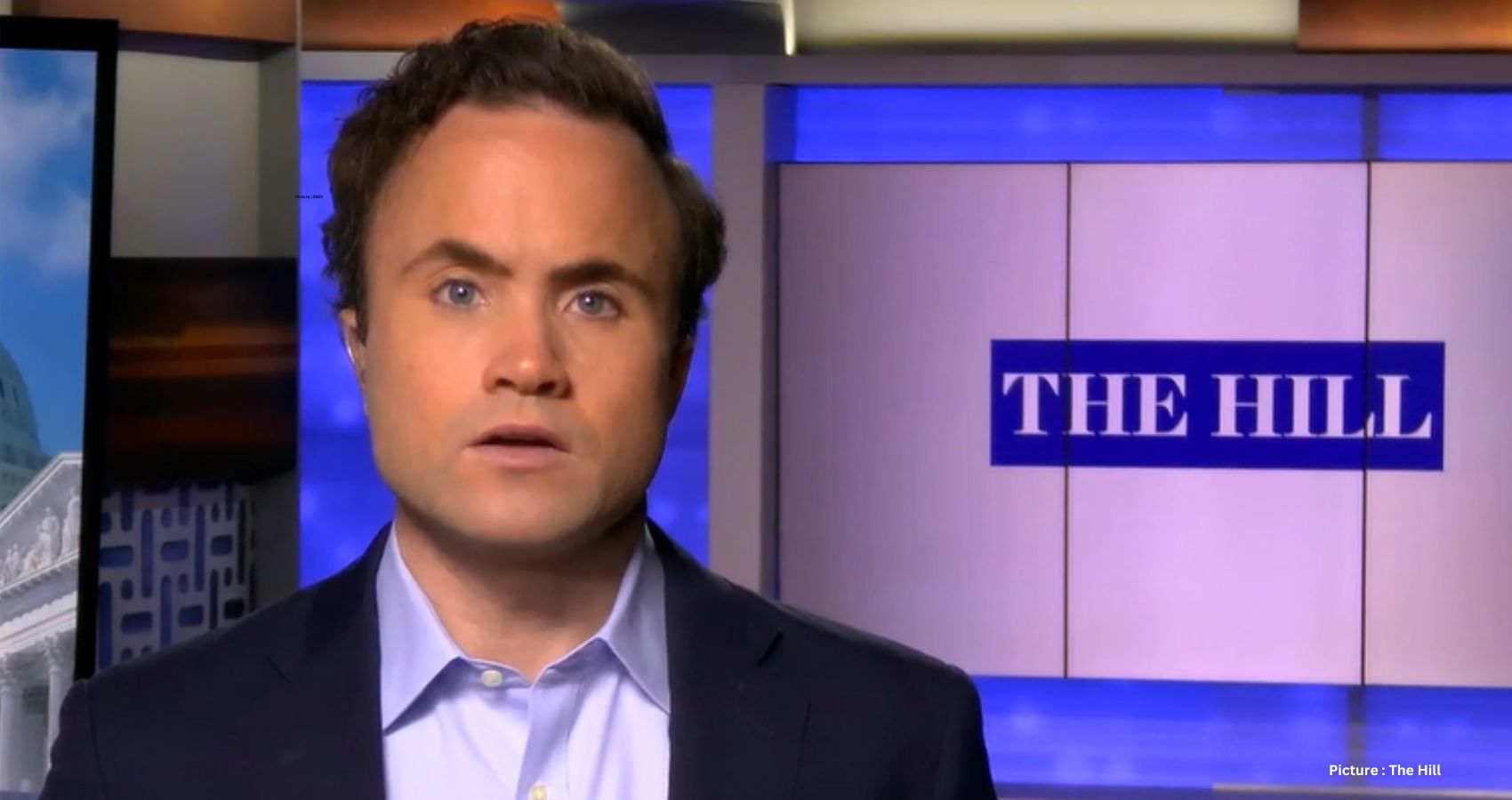
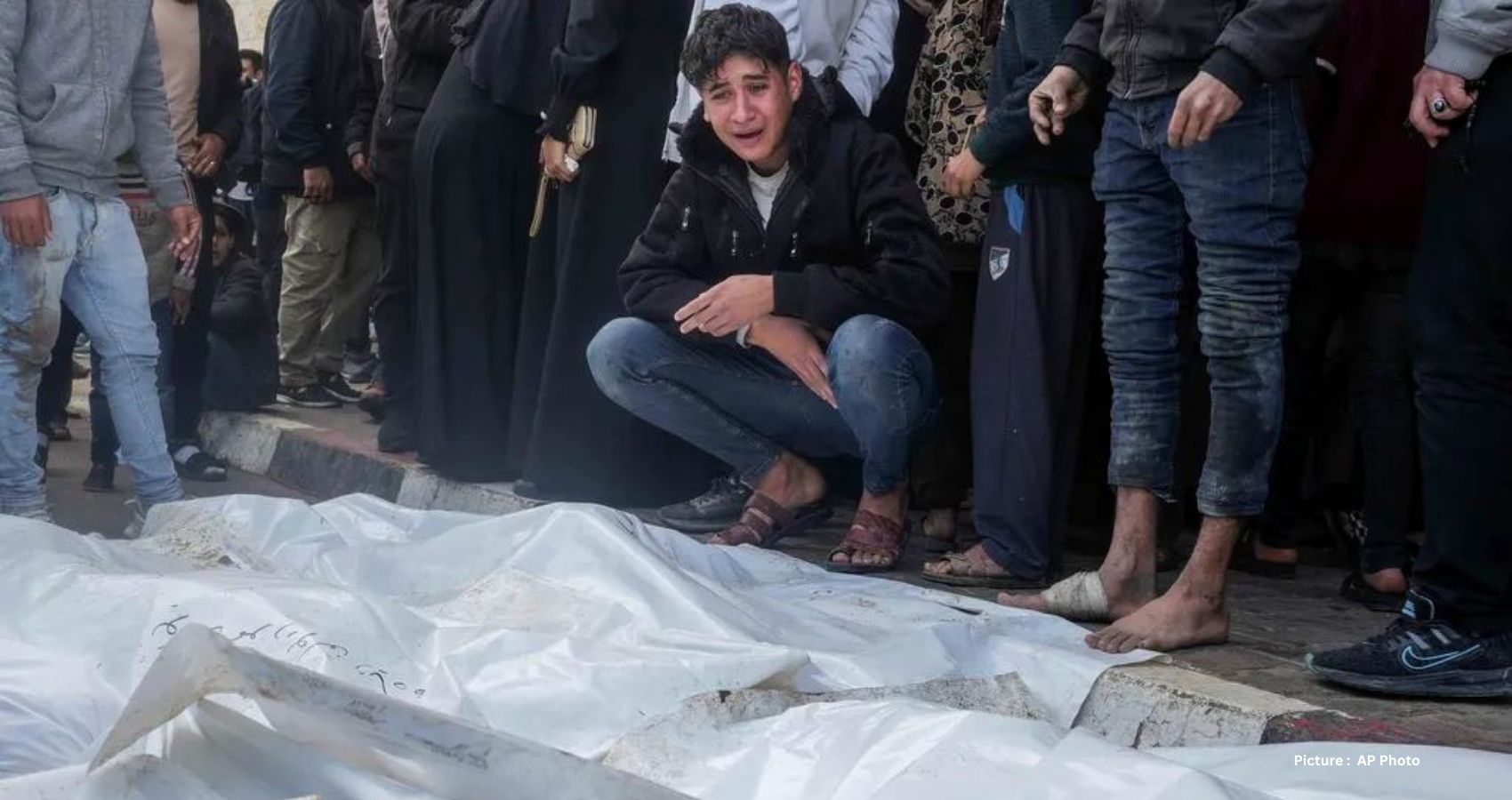
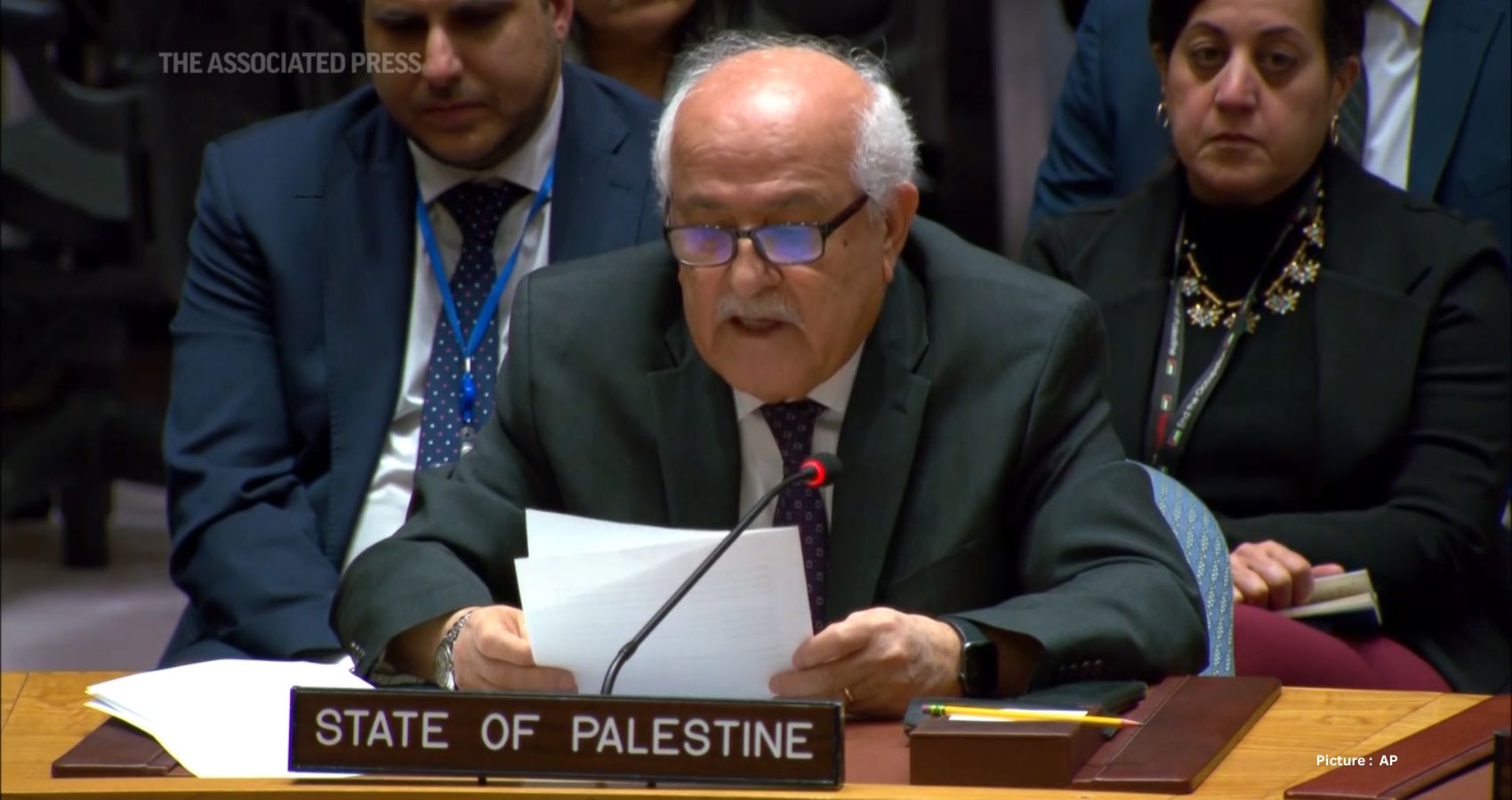

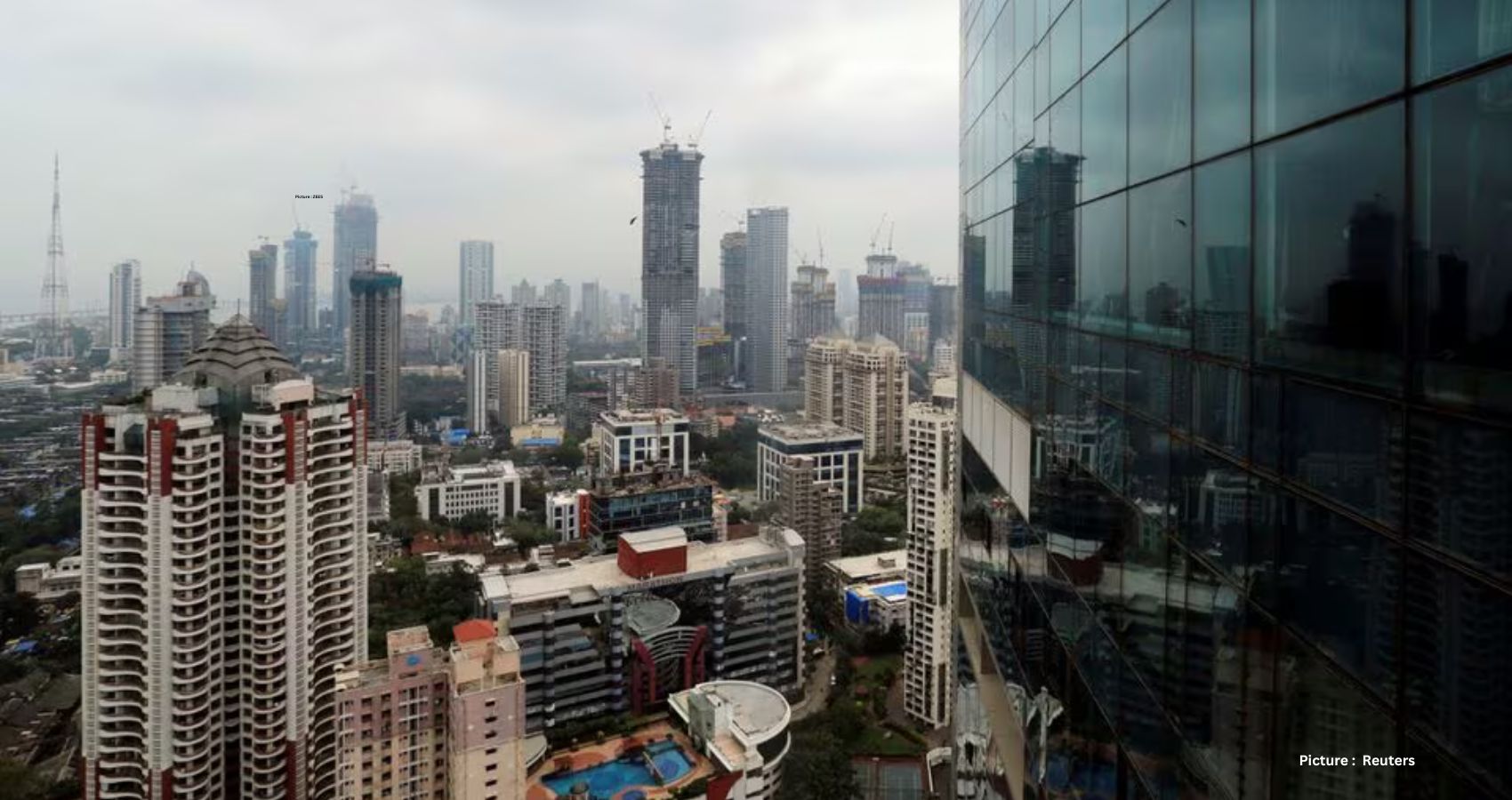
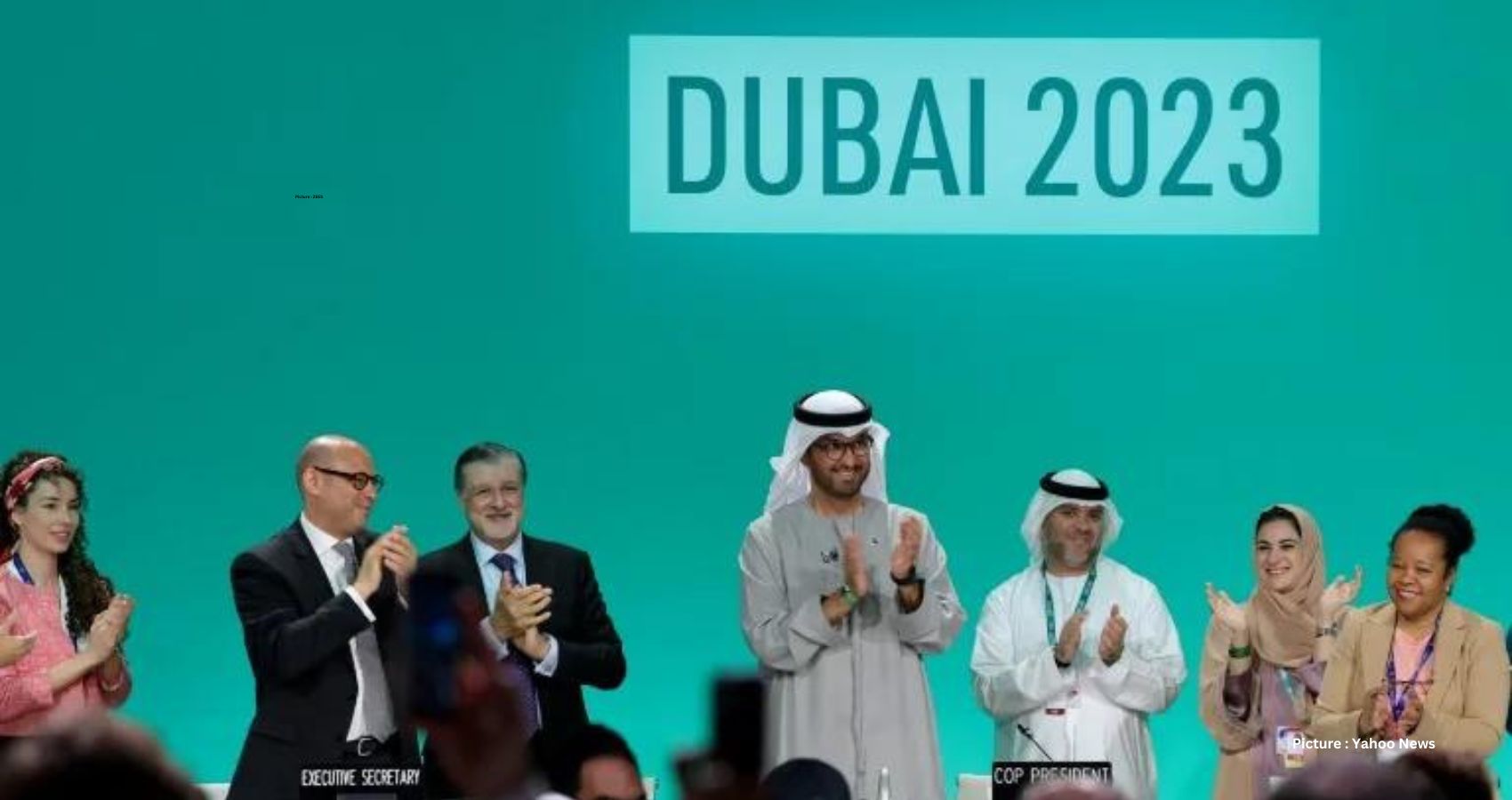
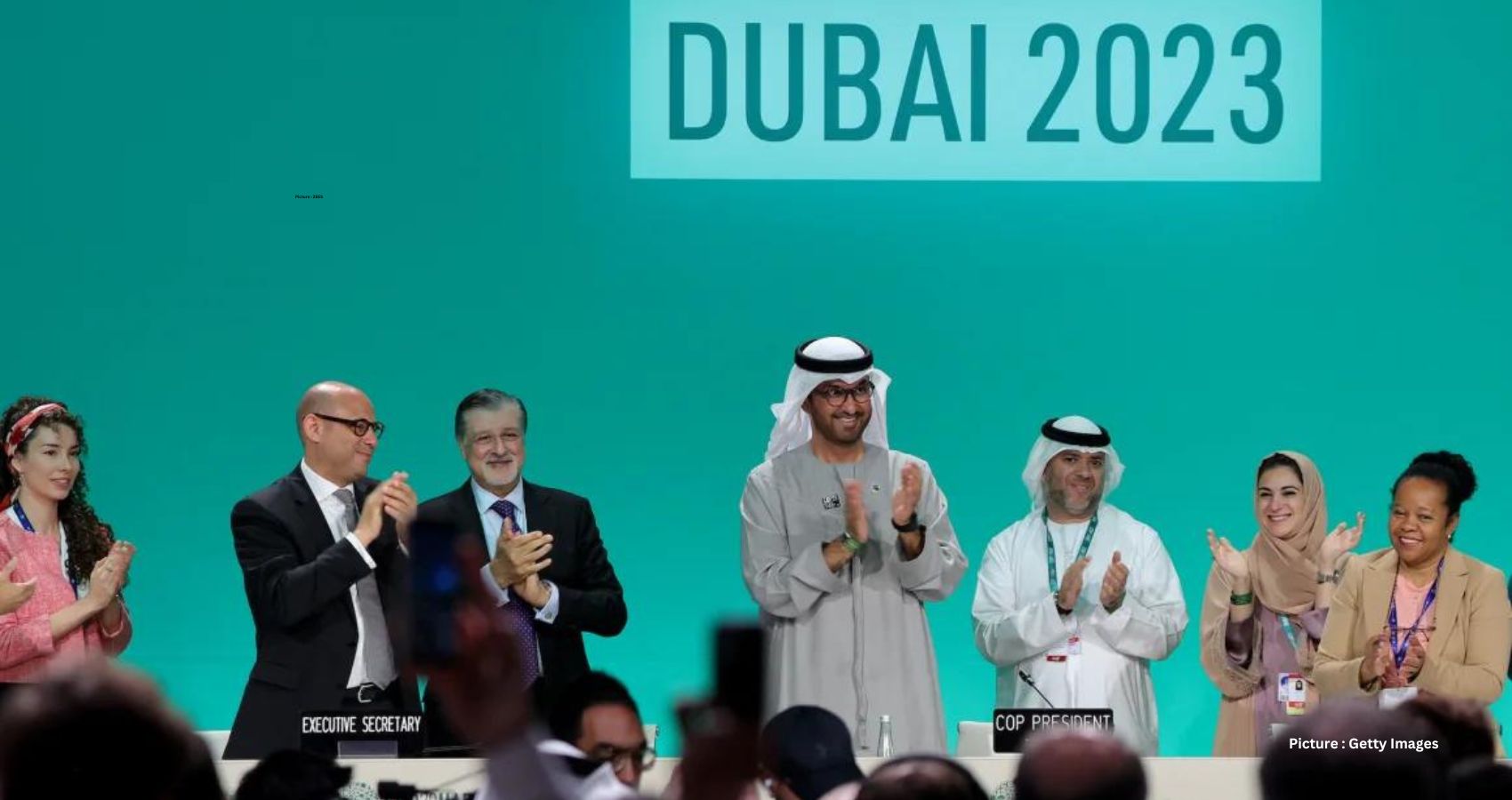
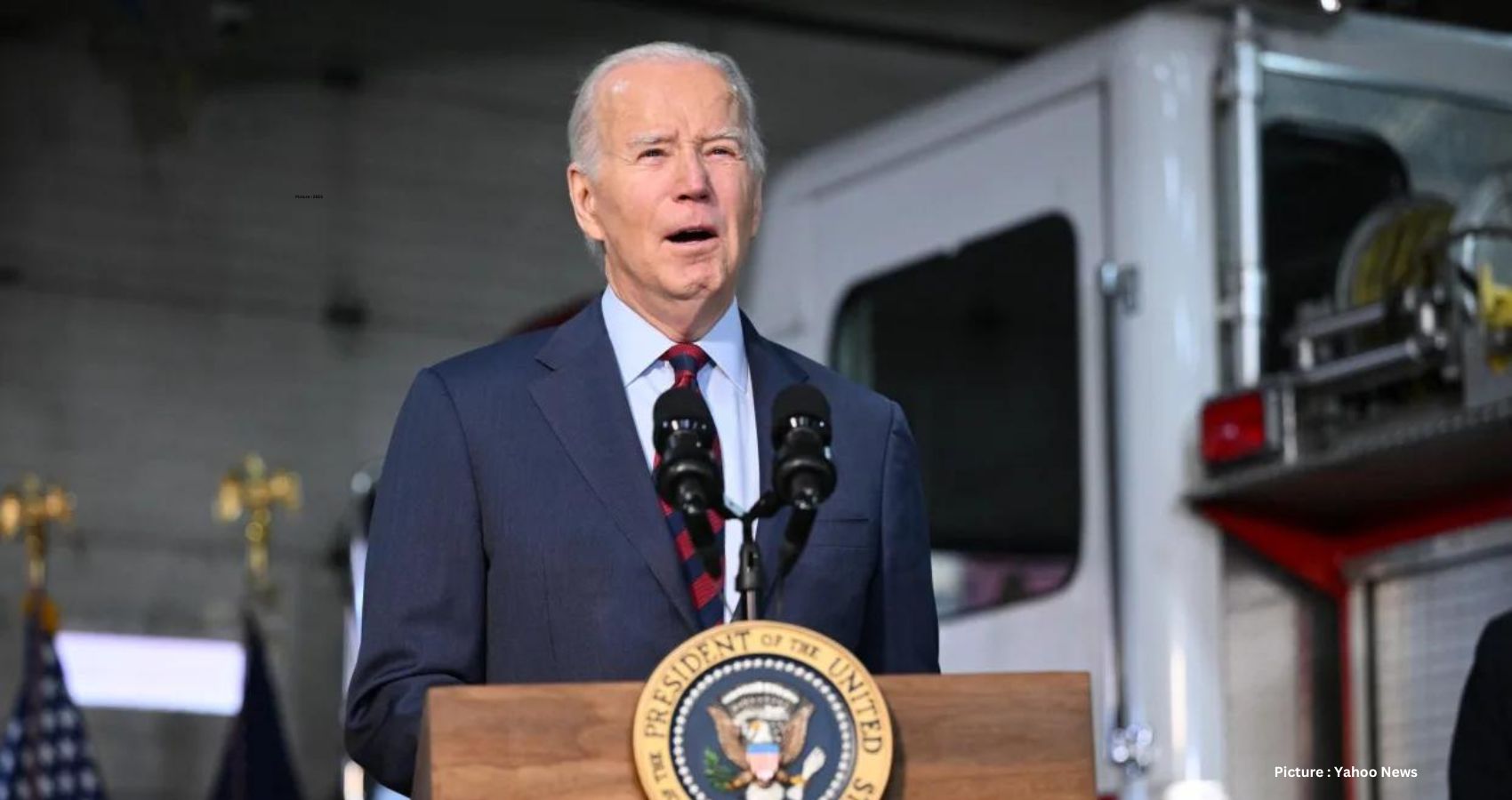
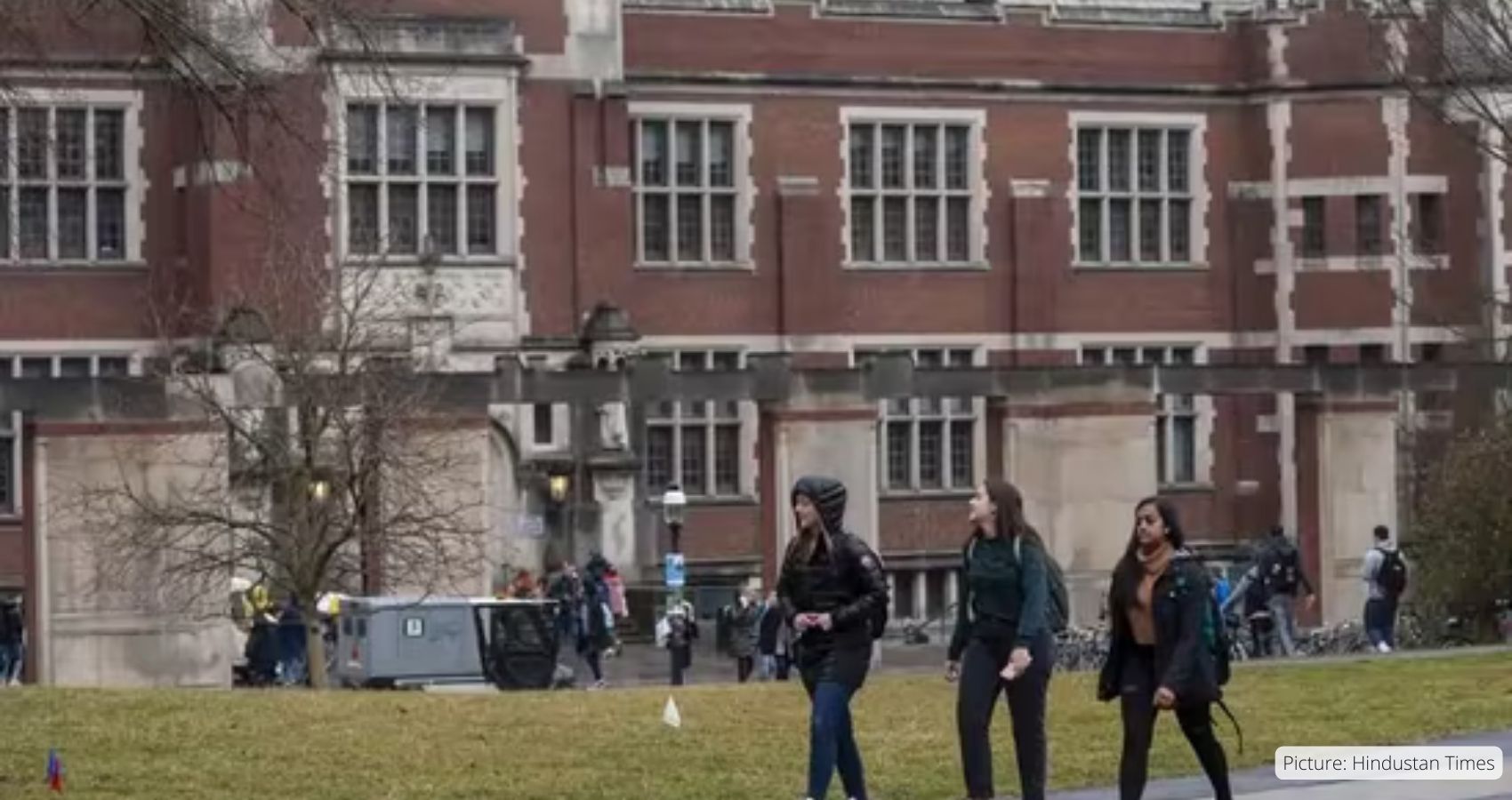
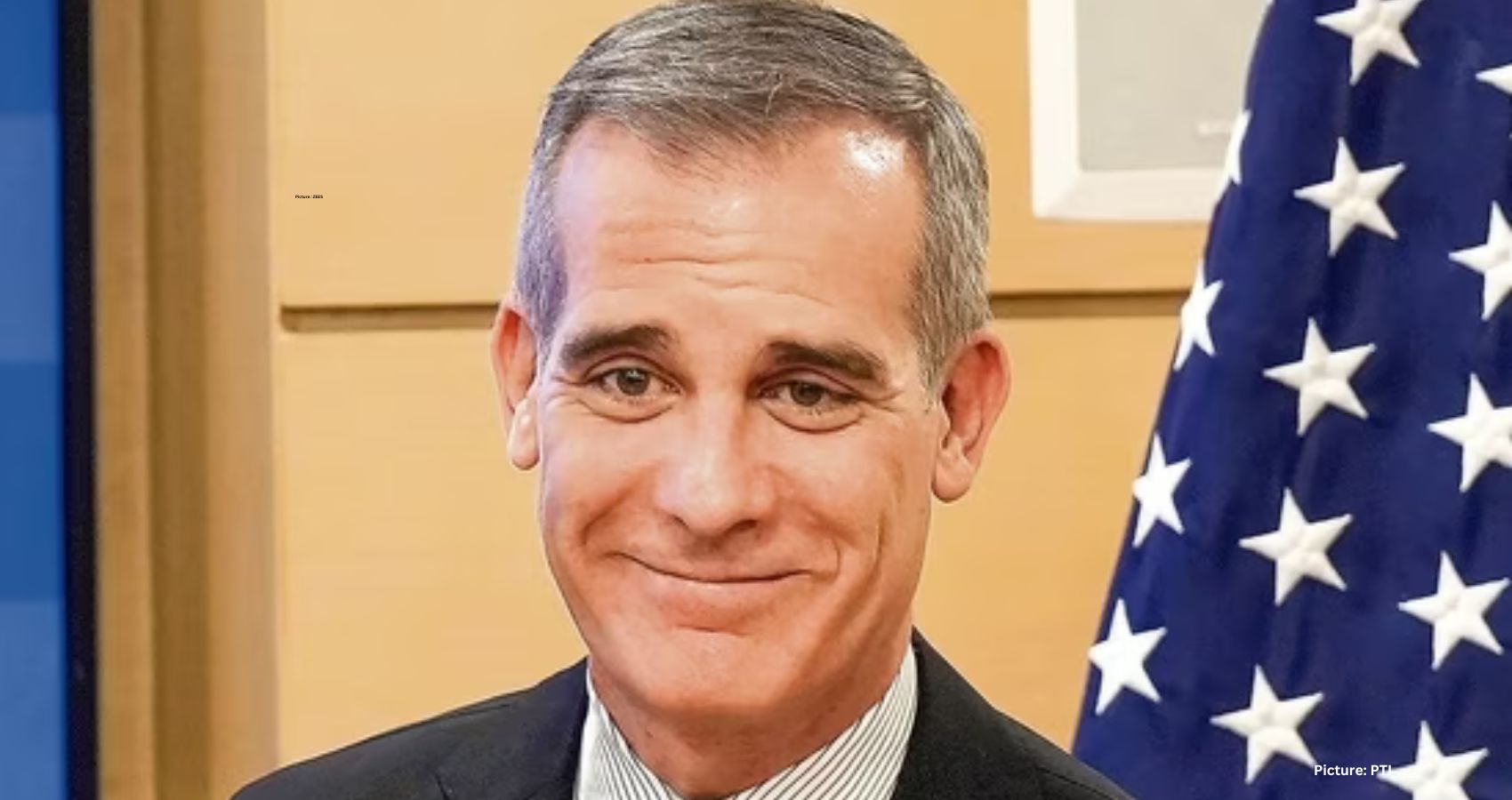
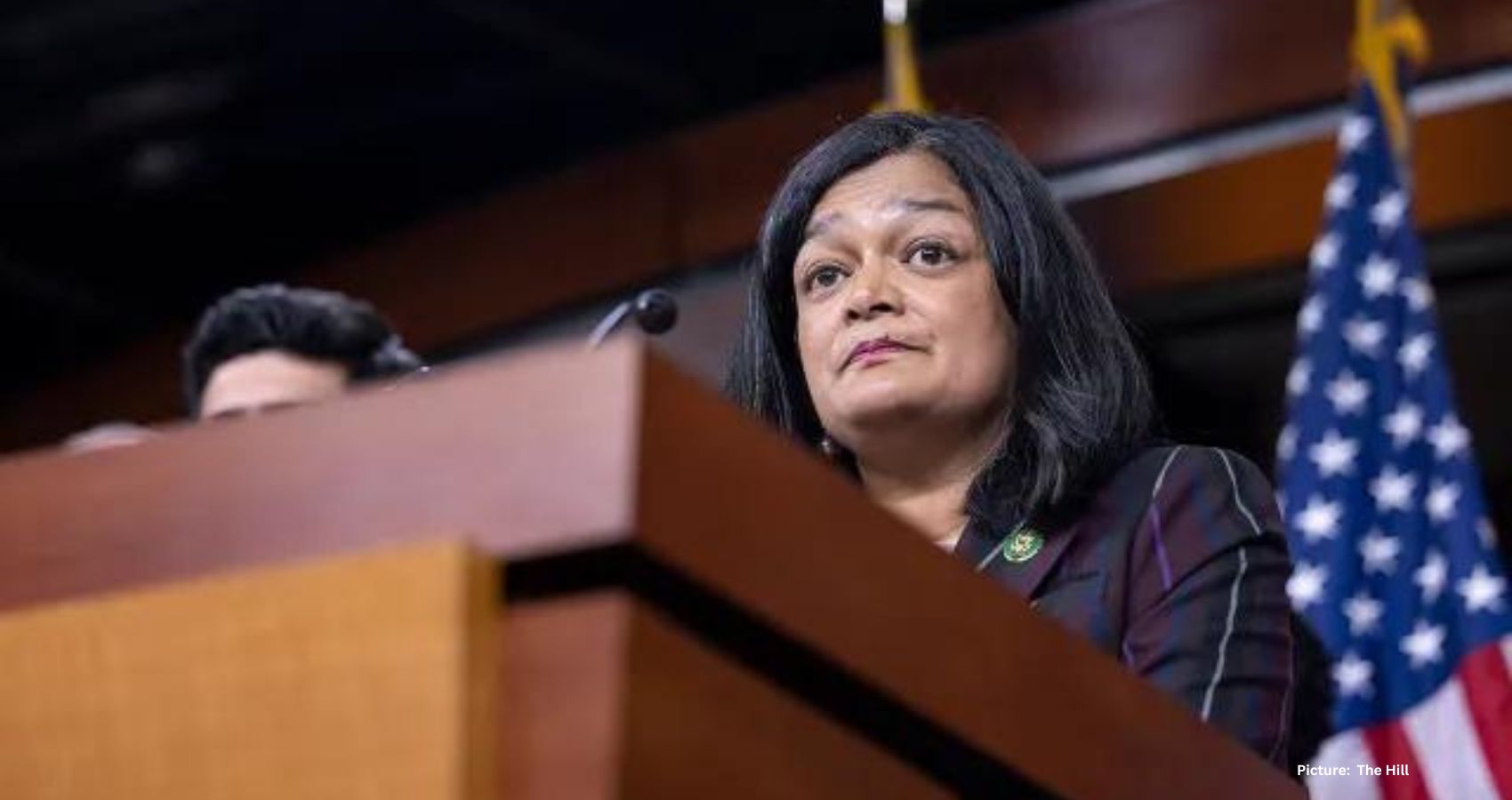
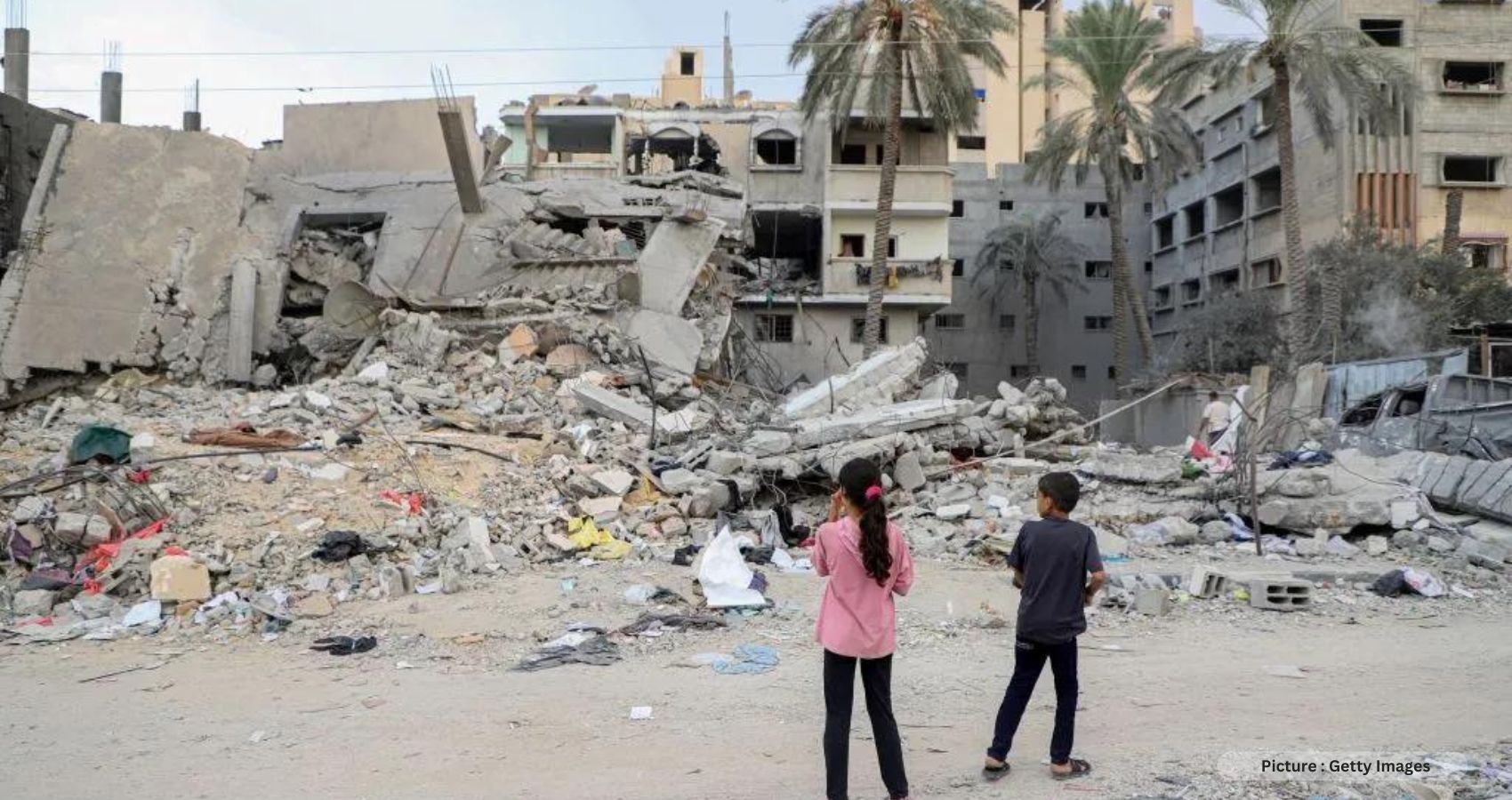
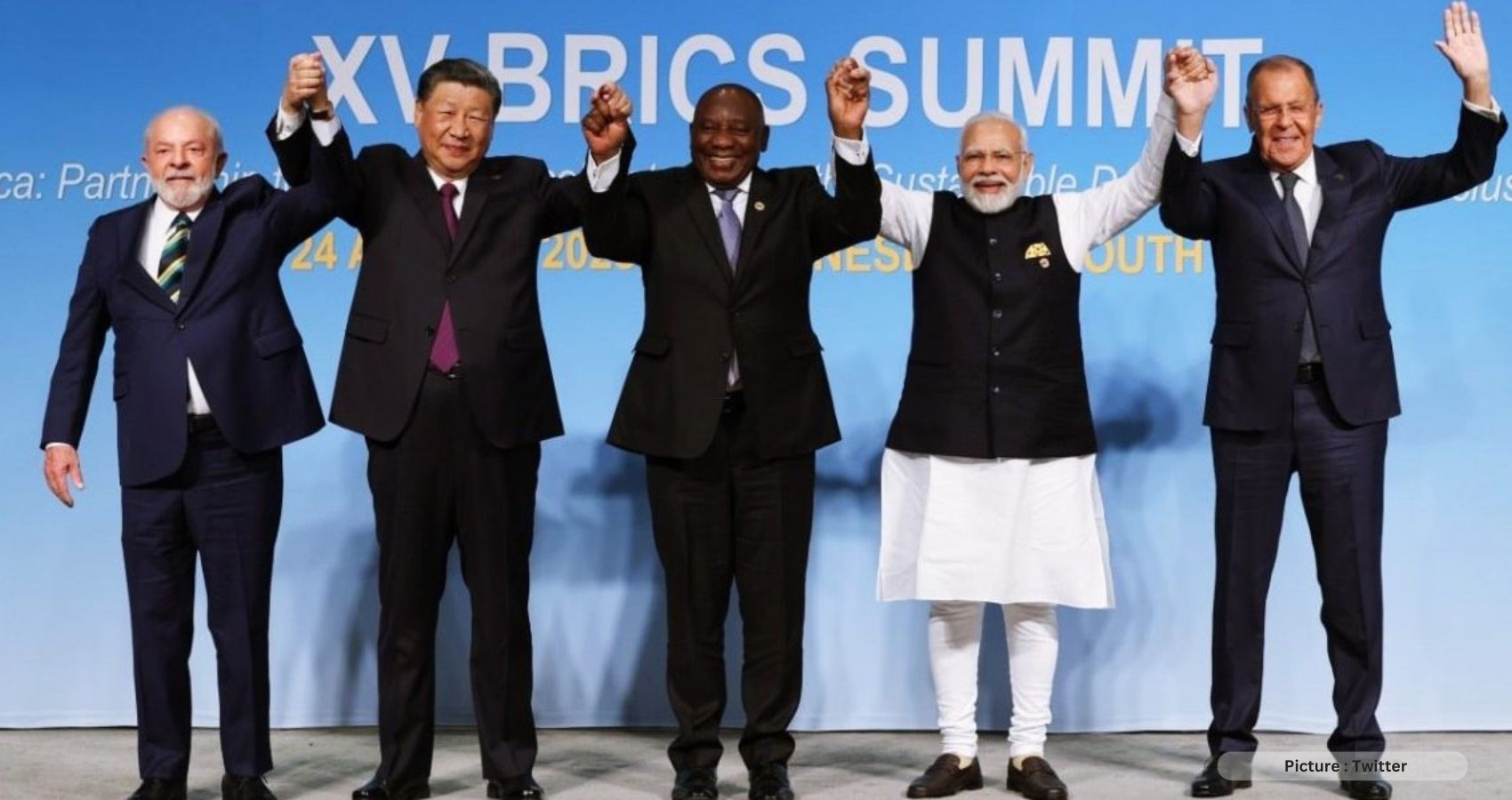
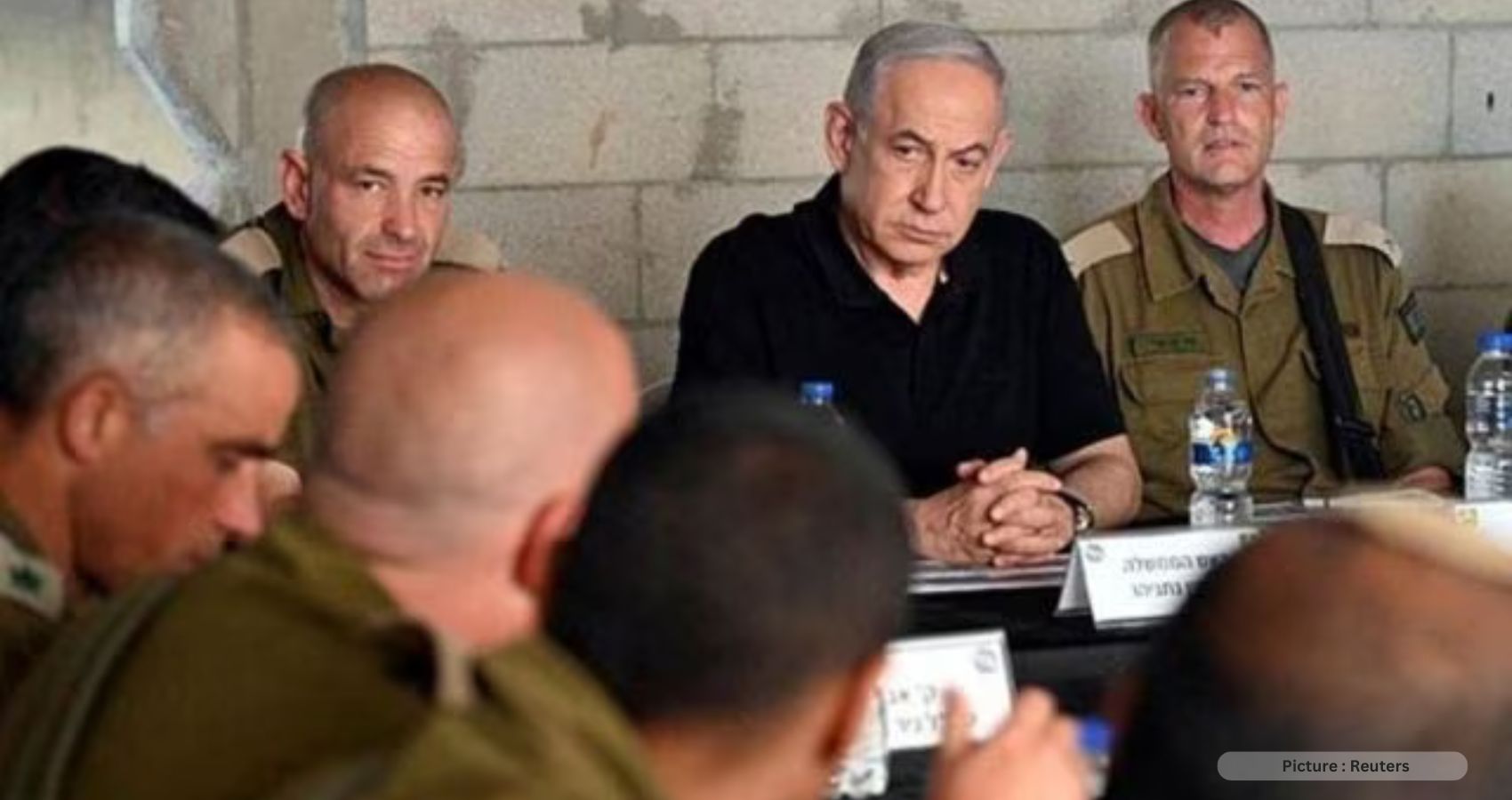
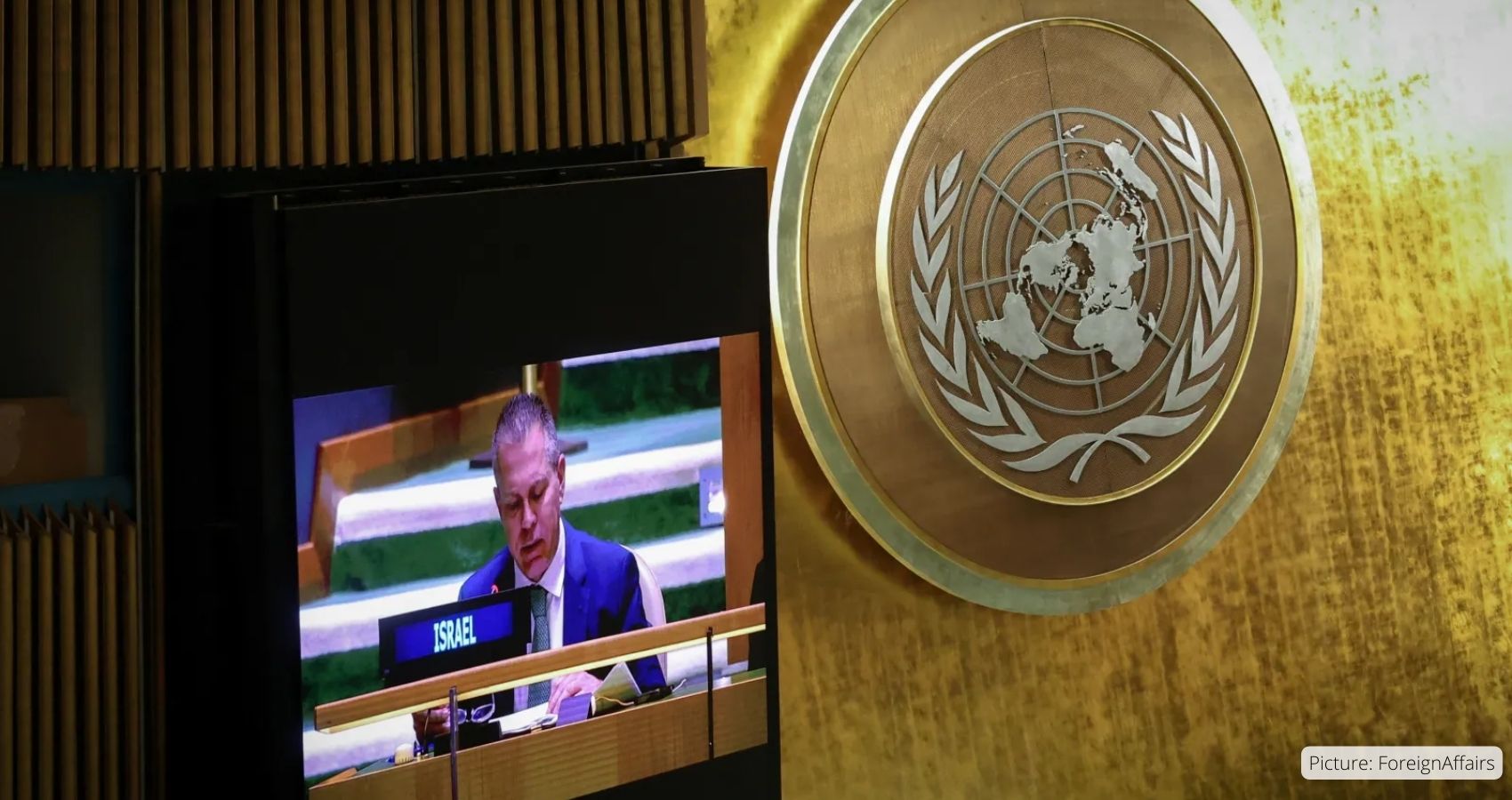
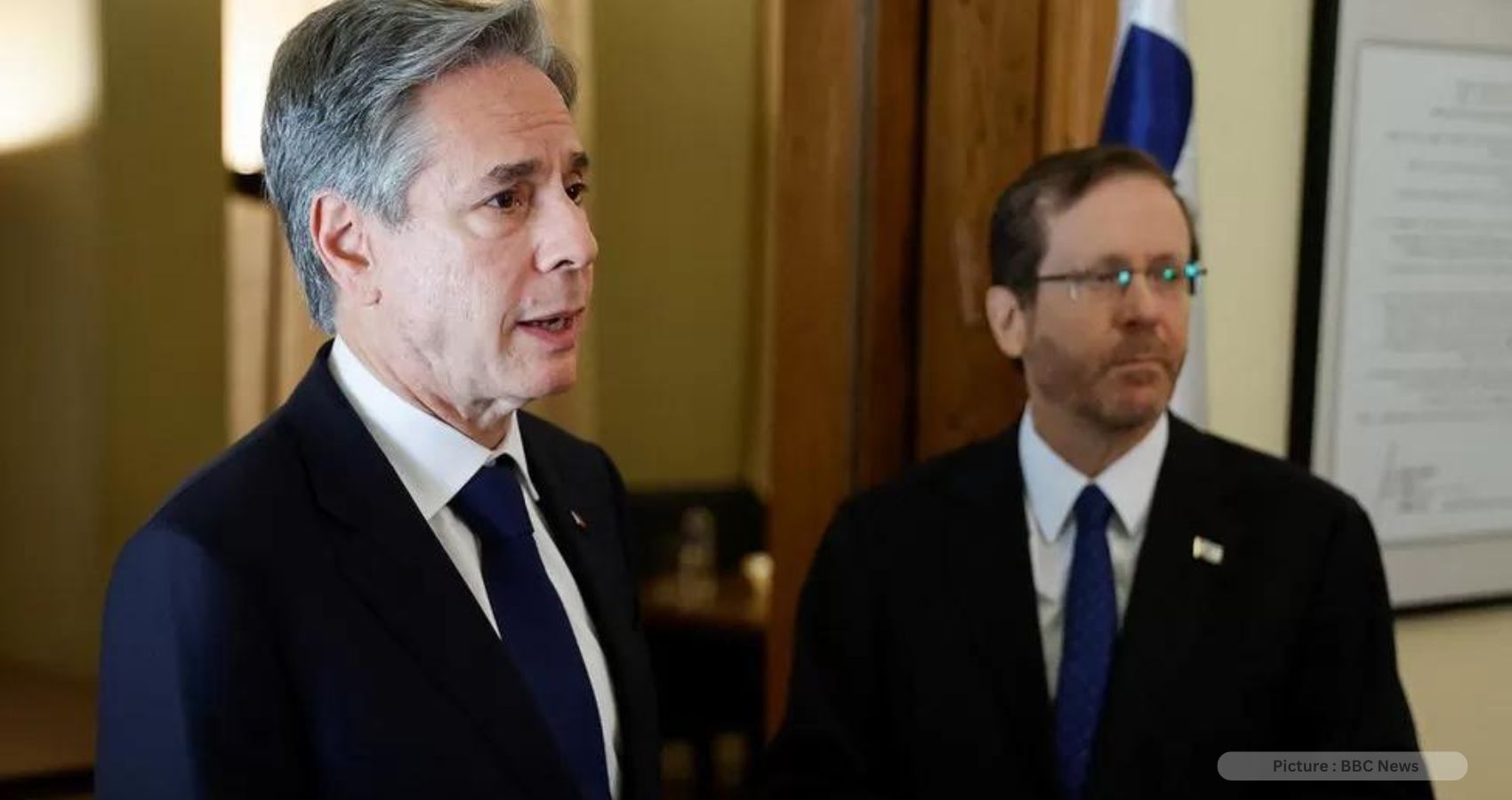
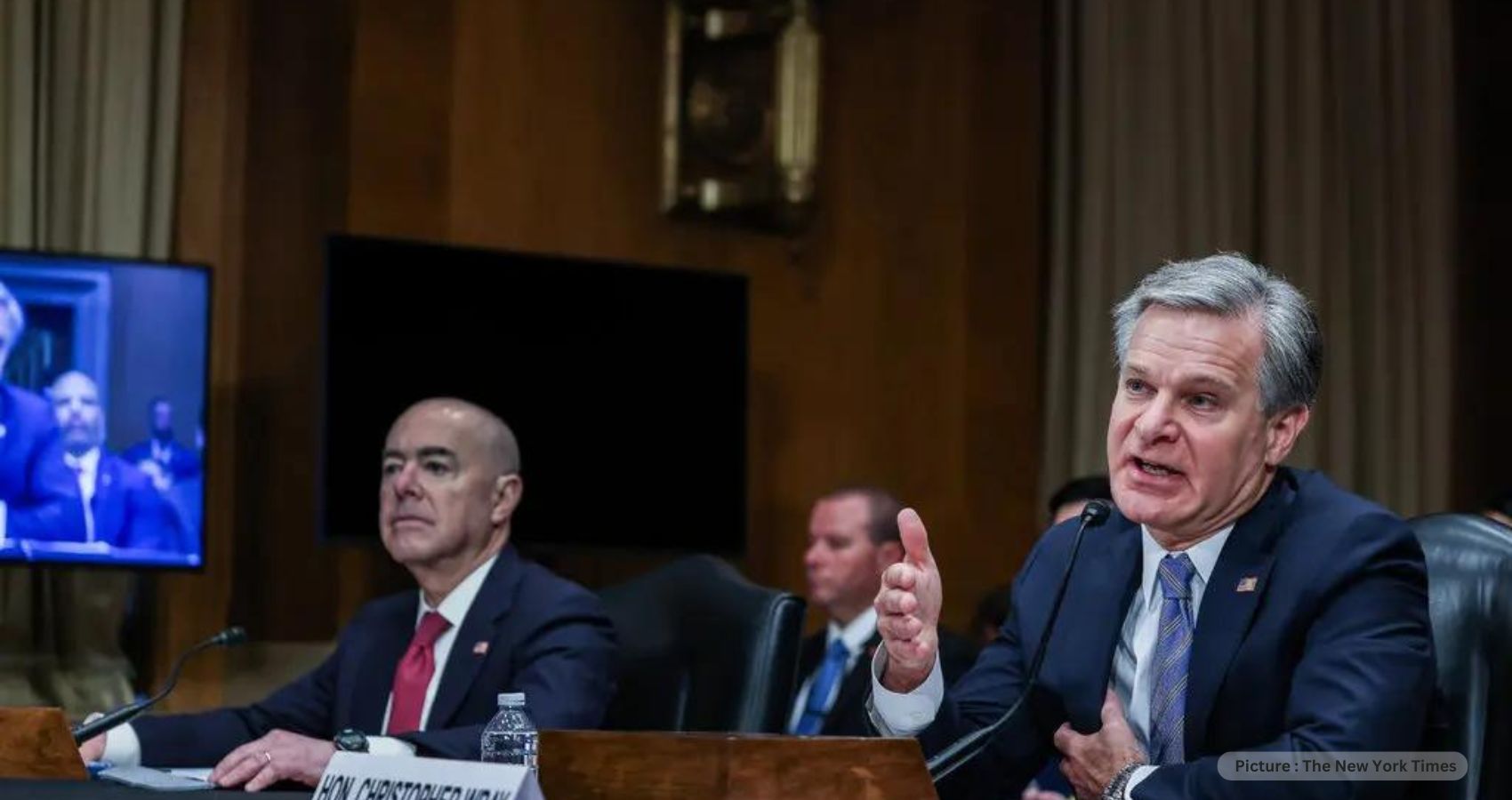
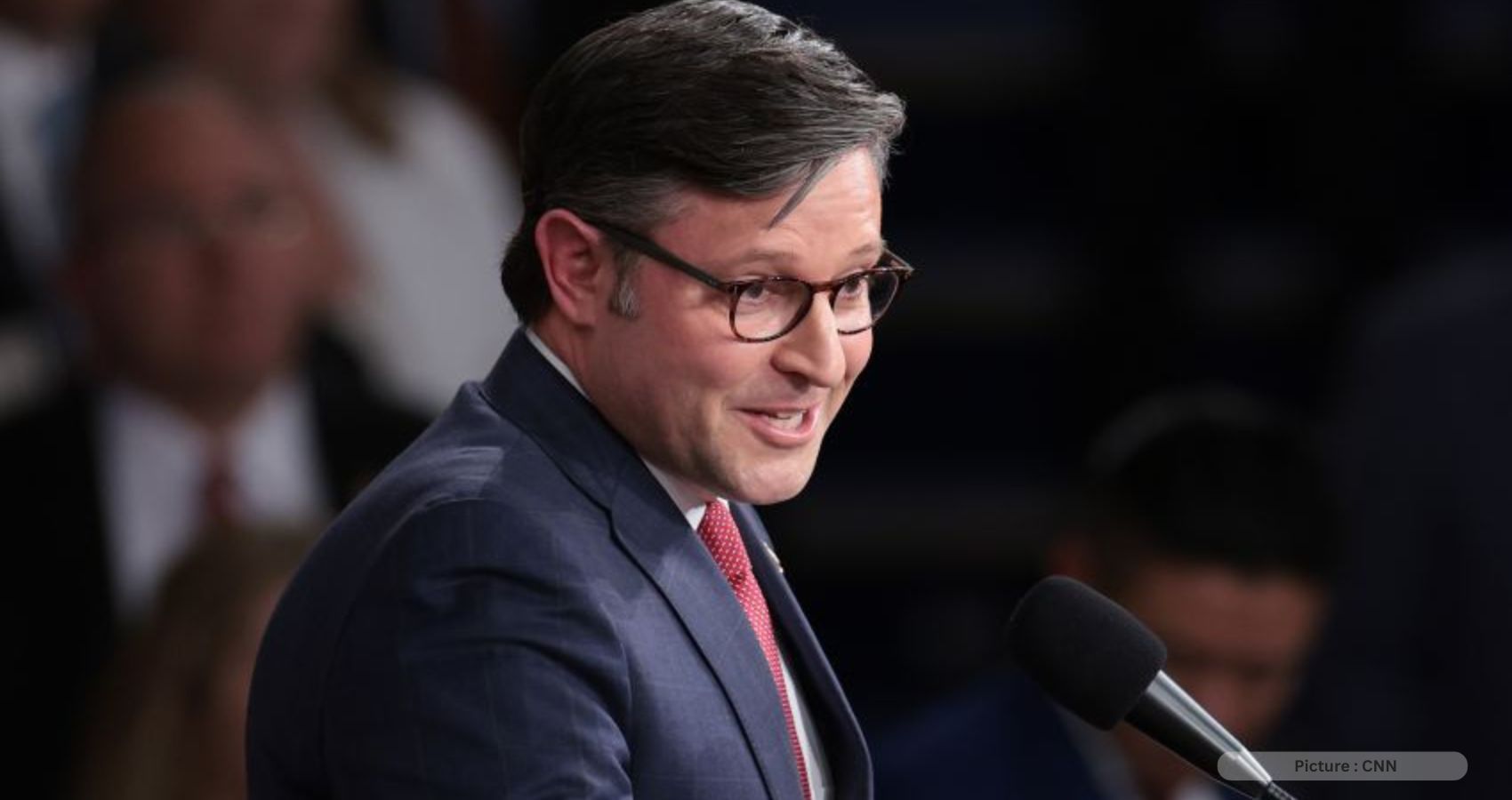

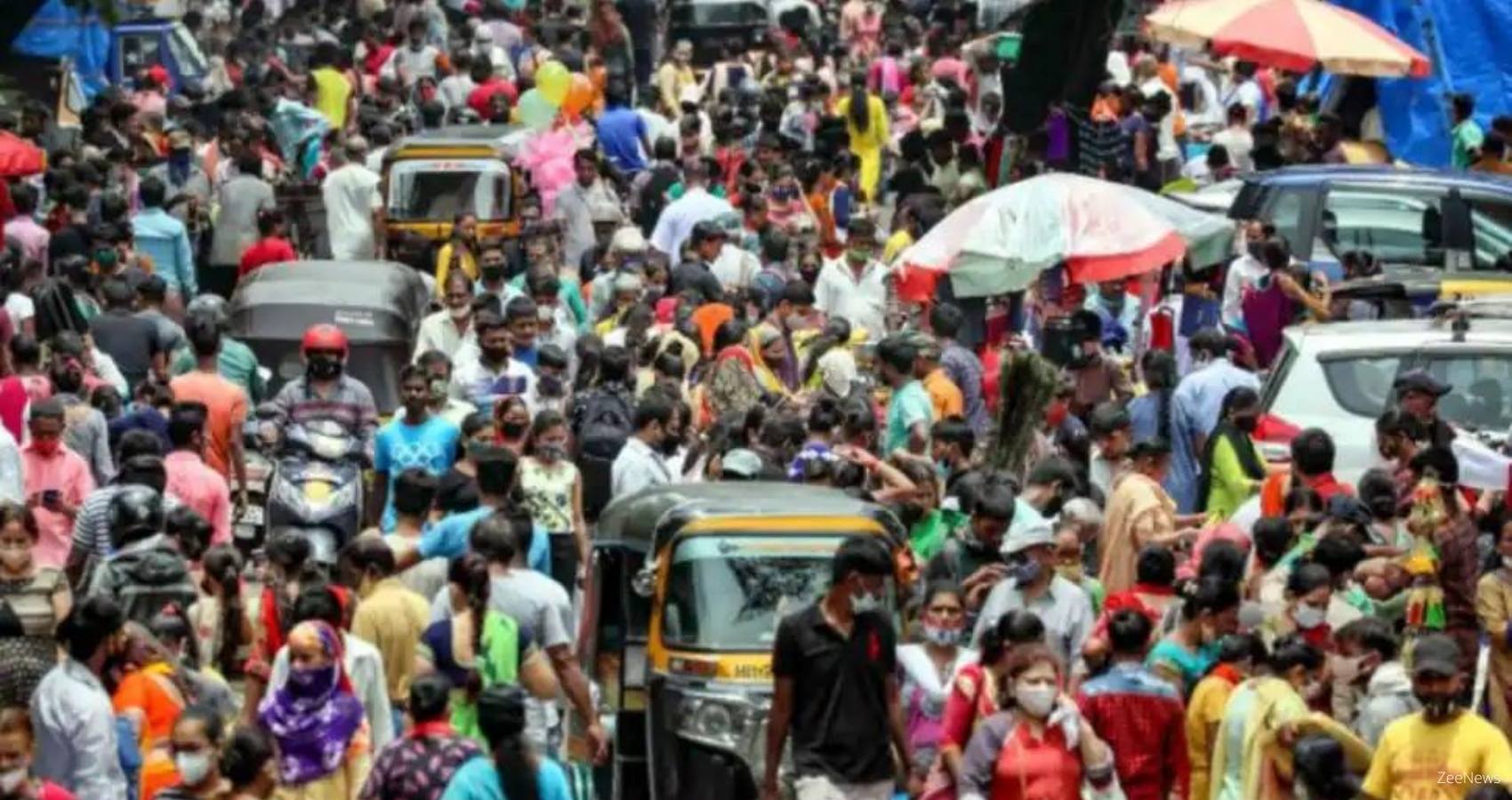
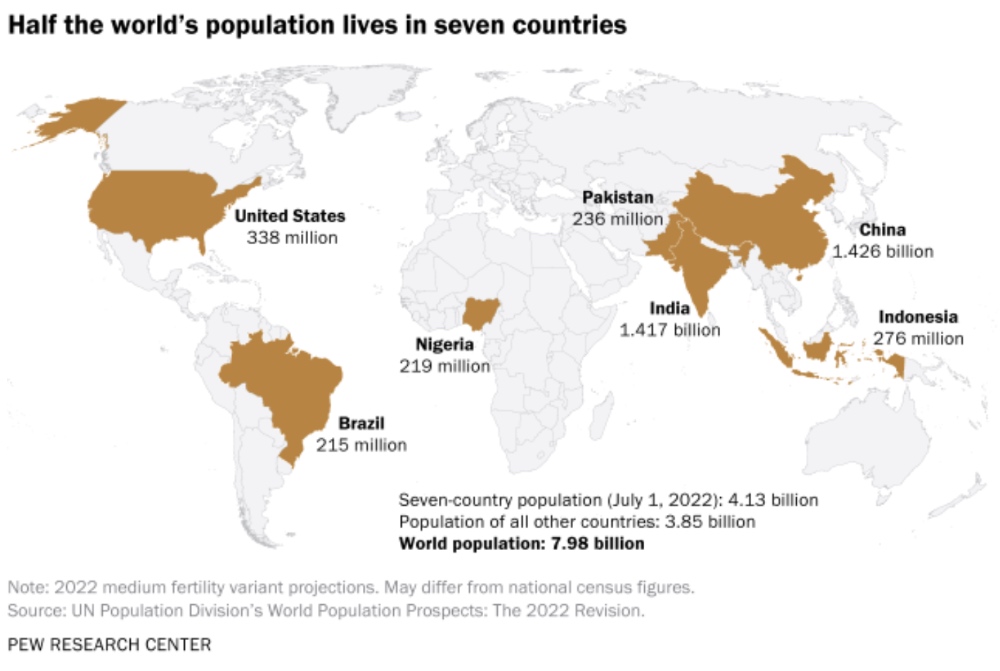
 In the UN’s “medium” scenario for future population growth – its middle-of-the-road estimate – the global population is expected to reach 9.7 billion in 2050 and 10.4 billion in 2100. Growth is expected to be concentrated in sub-Saharan Africa, where an estimated 29% of all the world’s births happened last year. The 2021 total fertility rate in sub-Saharan Africa, 4.6 births per woman, is double the global average of 2.3 births per woman and triple the average in Europe and Northern America (1.5) and in Eastern and South-Eastern Asia (also 1.5).
In the UN’s “medium” scenario for future population growth – its middle-of-the-road estimate – the global population is expected to reach 9.7 billion in 2050 and 10.4 billion in 2100. Growth is expected to be concentrated in sub-Saharan Africa, where an estimated 29% of all the world’s births happened last year. The 2021 total fertility rate in sub-Saharan Africa, 4.6 births per woman, is double the global average of 2.3 births per woman and triple the average in Europe and Northern America (1.5) and in Eastern and South-Eastern Asia (also 1.5).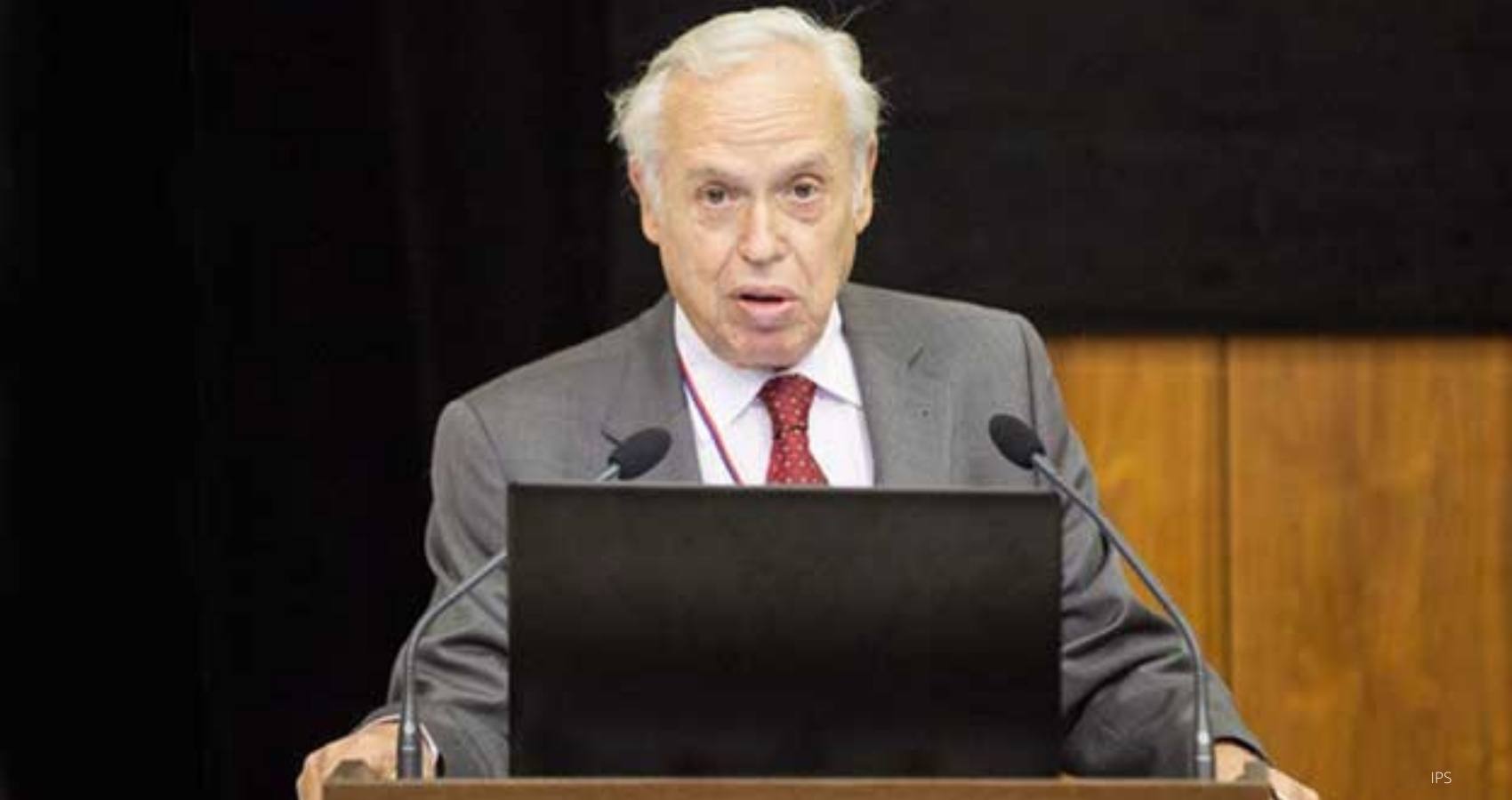
 The Gutenberg era represented by this phenomenon lasted six centuries. Communication, which is a more recent phenomenon and which until now has only been possible with the Internet, is different. Communication is horizontal: I am a receiver, but I can also be a sender. There, power has much more power.
The Gutenberg era represented by this phenomenon lasted six centuries. Communication, which is a more recent phenomenon and which until now has only been possible with the Internet, is different. Communication is horizontal: I am a receiver, but I can also be a sender. There, power has much more power. 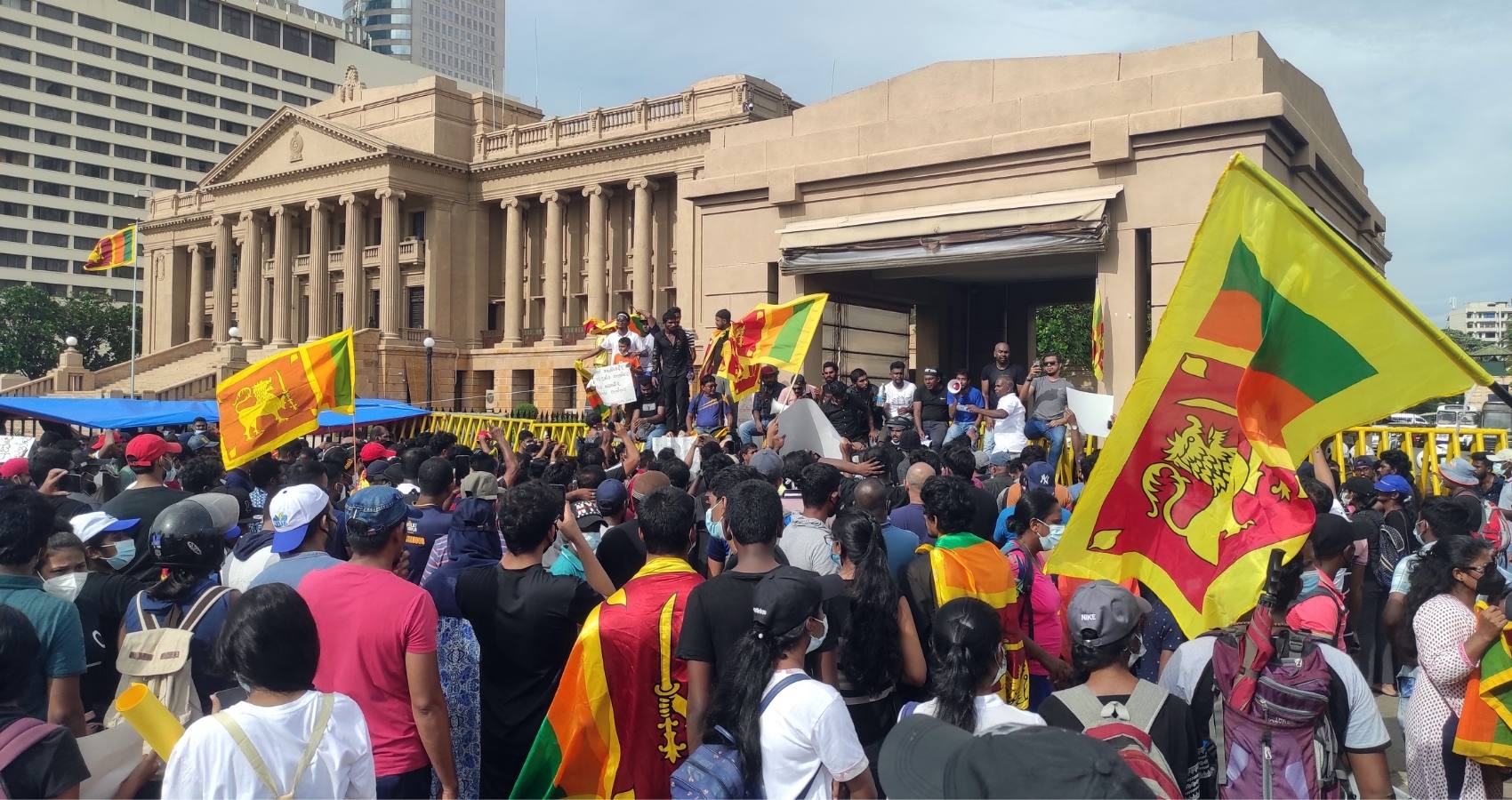
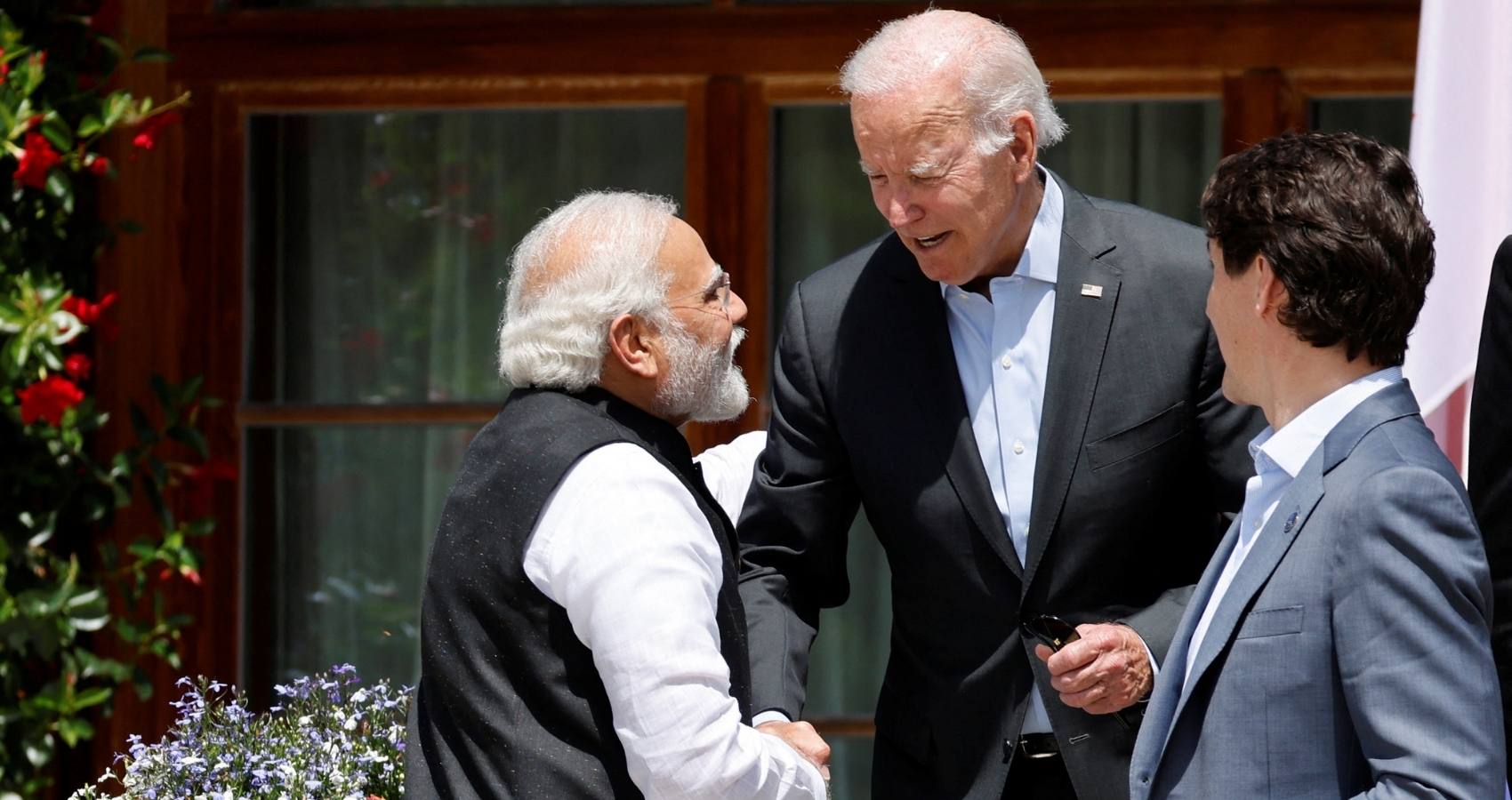
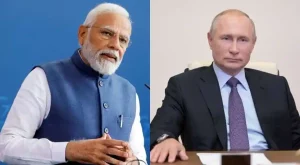 The Countering America’s Adversaries Through Sanctions Act or CAATSA is a tough US law that authorises Washington to impose sanctions on countries that purchase major defence hardware from Russia in response to the latter’s annexation of Crimea in 2014 and its alleged meddling in the 2016 US presidential elections.
The Countering America’s Adversaries Through Sanctions Act or CAATSA is a tough US law that authorises Washington to impose sanctions on countries that purchase major defence hardware from Russia in response to the latter’s annexation of Crimea in 2014 and its alleged meddling in the 2016 US presidential elections.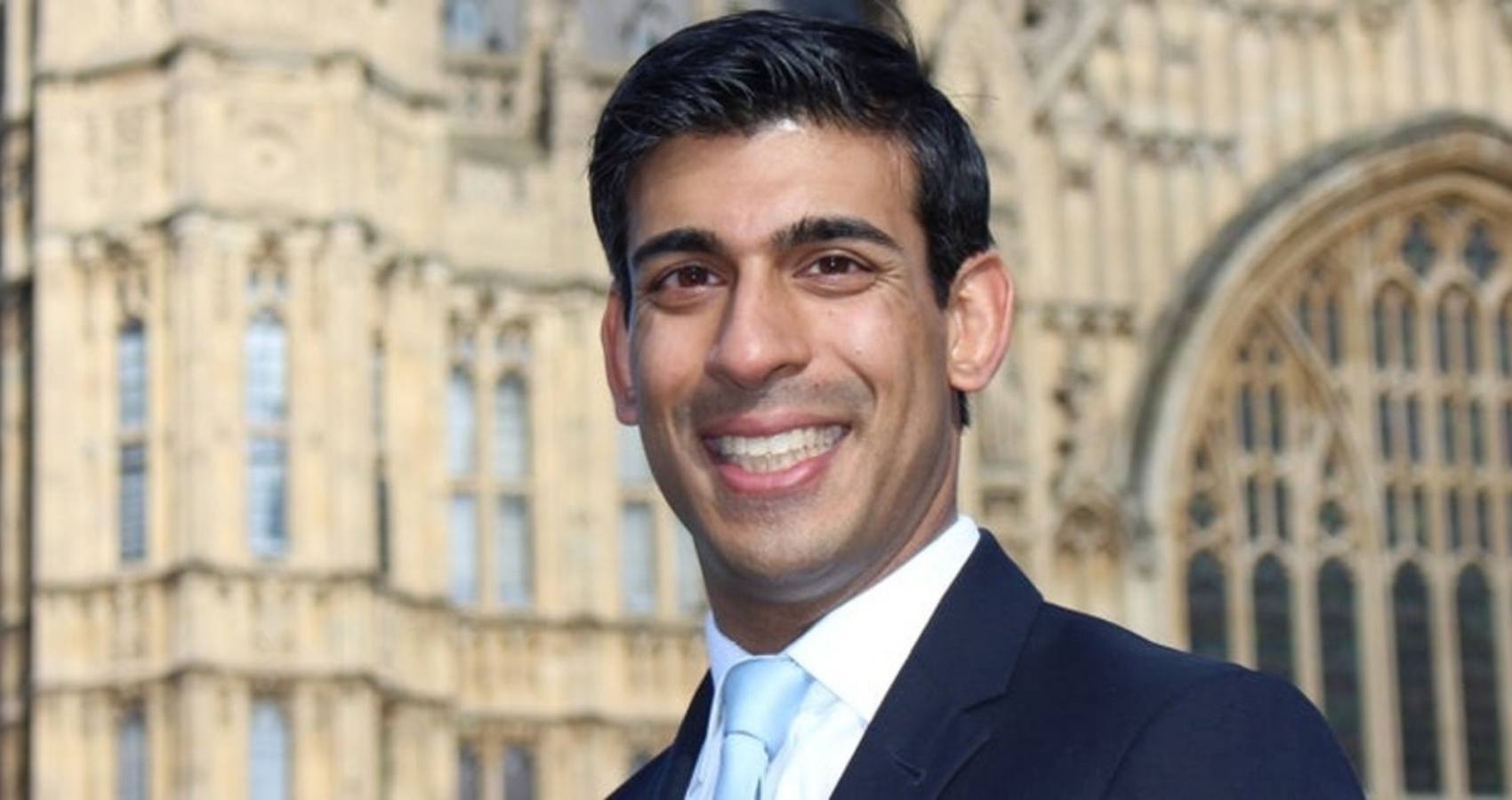
 Rishi Sunak, UK’s former Chancellor of the Exchequer, or Finance Minister, whose sudden resignation set in motion the circumstances that forced an intransigent Johnson to finally bow out, has emerged the main contender at the end of two rounds of voting by the 358 Conservative MPs.
Rishi Sunak, UK’s former Chancellor of the Exchequer, or Finance Minister, whose sudden resignation set in motion the circumstances that forced an intransigent Johnson to finally bow out, has emerged the main contender at the end of two rounds of voting by the 358 Conservative MPs.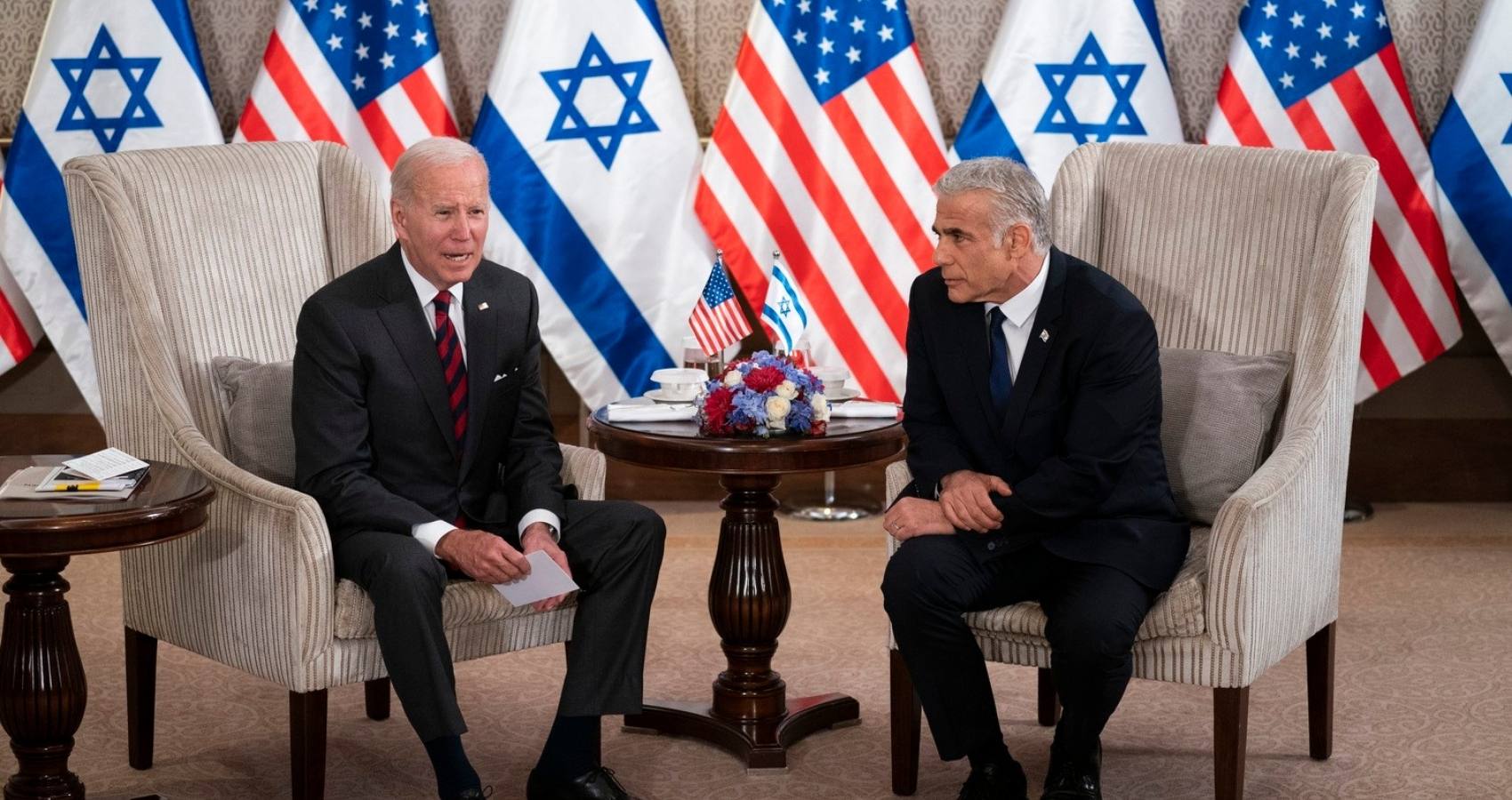
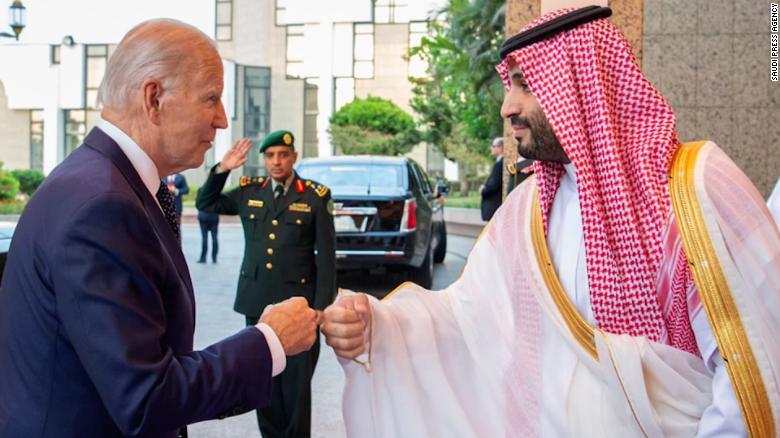 Biden and his team had for weeks disputed that he was meeting with the Saudi crown prince, instead arguing Crown Prince Mohammed would merely be present at meetings with other leaders.
Biden and his team had for weeks disputed that he was meeting with the Saudi crown prince, instead arguing Crown Prince Mohammed would merely be present at meetings with other leaders.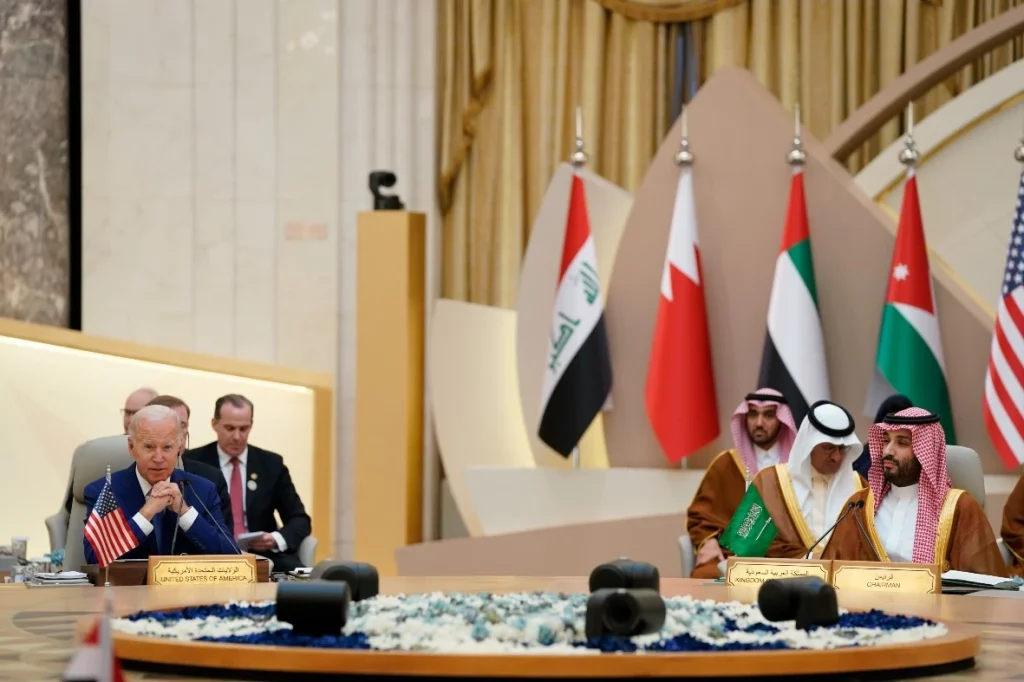 Biden emerged from his meetings in Saudi Arabia without an immediate deliverable on oil production, but he expressed optimism that oil-producing nations would take steps to boost the global supply in the coming months.
Biden emerged from his meetings in Saudi Arabia without an immediate deliverable on oil production, but he expressed optimism that oil-producing nations would take steps to boost the global supply in the coming months. 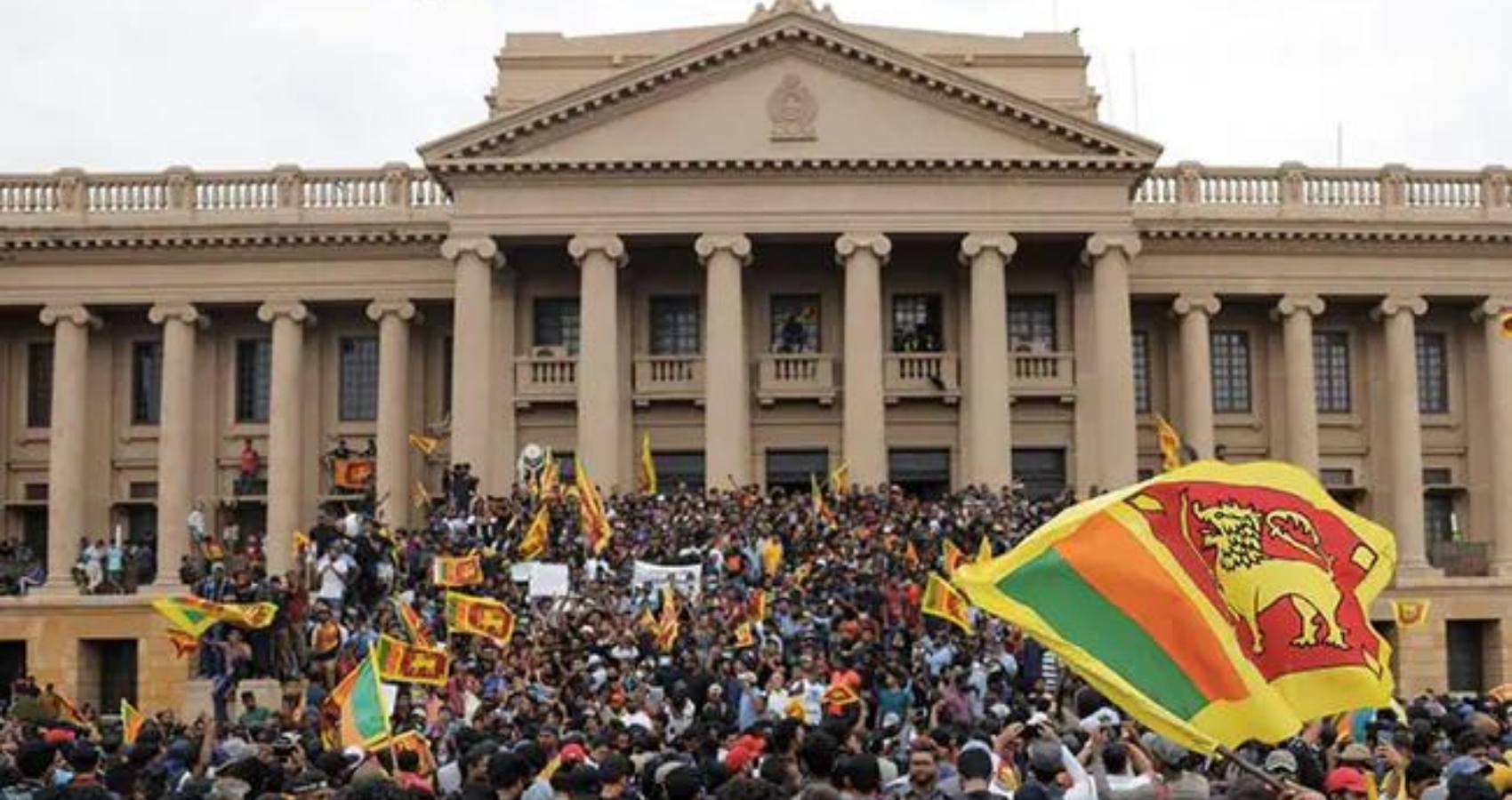
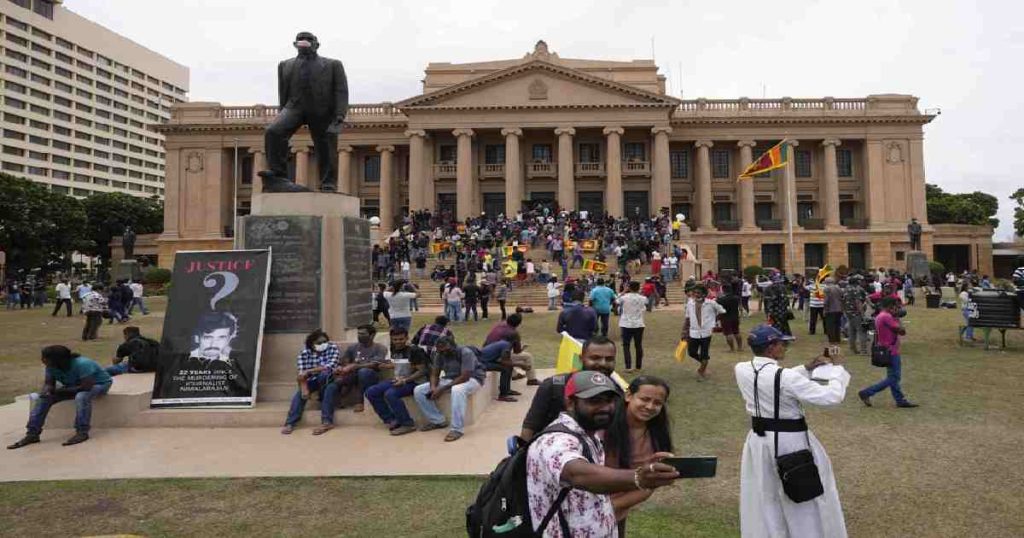 Also Monday, a group of nine Cabinet ministers announced they will quit immediately to make way for an all-party government, outgoing Justice Minister Wijayadasa Rajapakshe said. Wickremesinghe’s office said meanwhile that another group that met the prime minister decided to stay on until a new government is formed.
Also Monday, a group of nine Cabinet ministers announced they will quit immediately to make way for an all-party government, outgoing Justice Minister Wijayadasa Rajapakshe said. Wickremesinghe’s office said meanwhile that another group that met the prime minister decided to stay on until a new government is formed.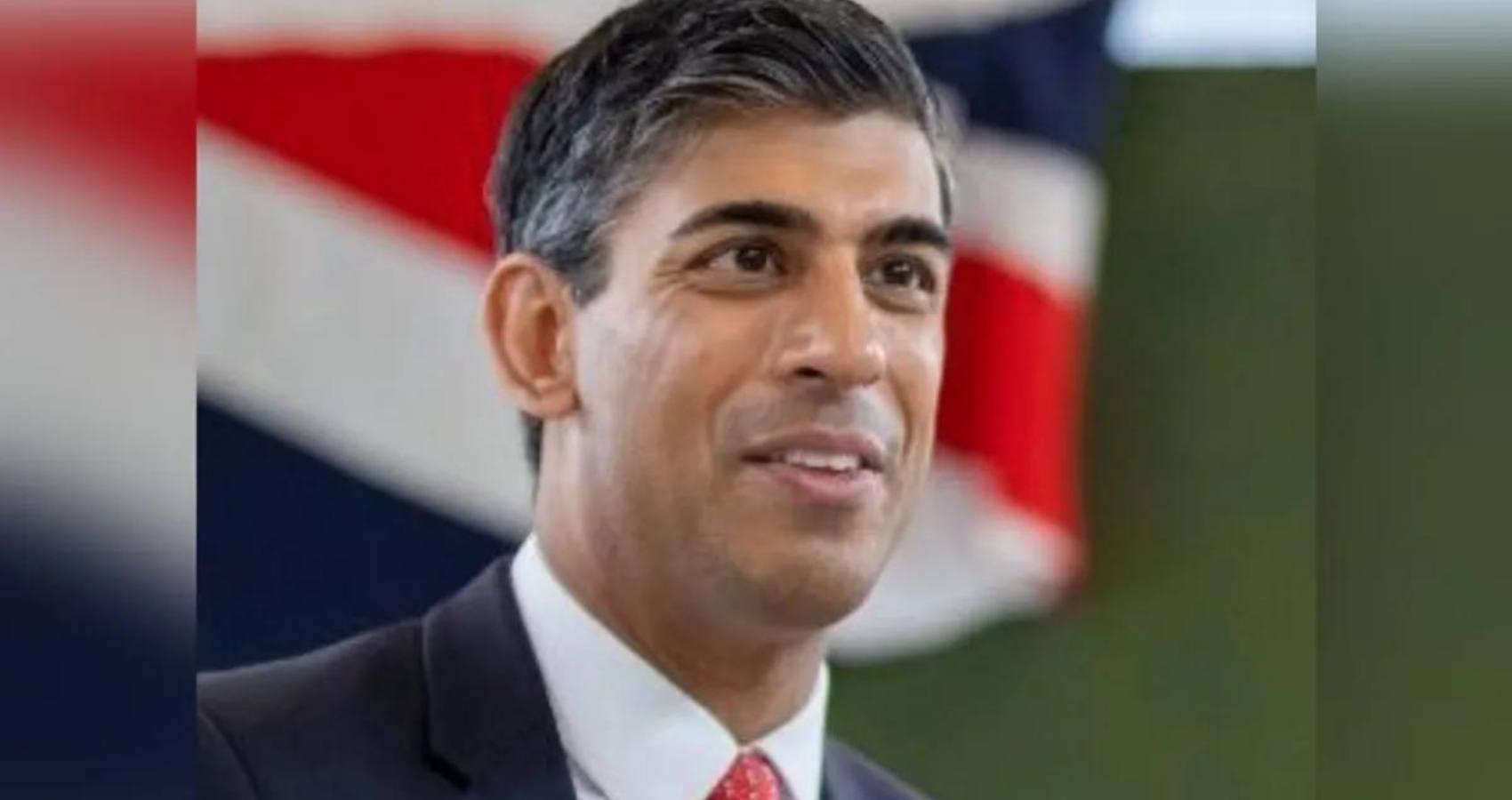
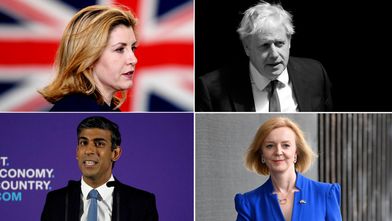 The son-in-law of Infosys co-founder Narayana Murthy, Sunak has faced criticism for not giving enough cost-of-living support to households, his wealthy wife’s non-domiciled tax status and a fine he received, along with Johnson, for breaking Covid-19 lockdown rules. His tax-and-spend budget last year put Britain on course for its biggest tax burden since the 1950s, undermining his claims to favor lower taxes.
The son-in-law of Infosys co-founder Narayana Murthy, Sunak has faced criticism for not giving enough cost-of-living support to households, his wealthy wife’s non-domiciled tax status and a fine he received, along with Johnson, for breaking Covid-19 lockdown rules. His tax-and-spend budget last year put Britain on course for its biggest tax burden since the 1950s, undermining his claims to favor lower taxes.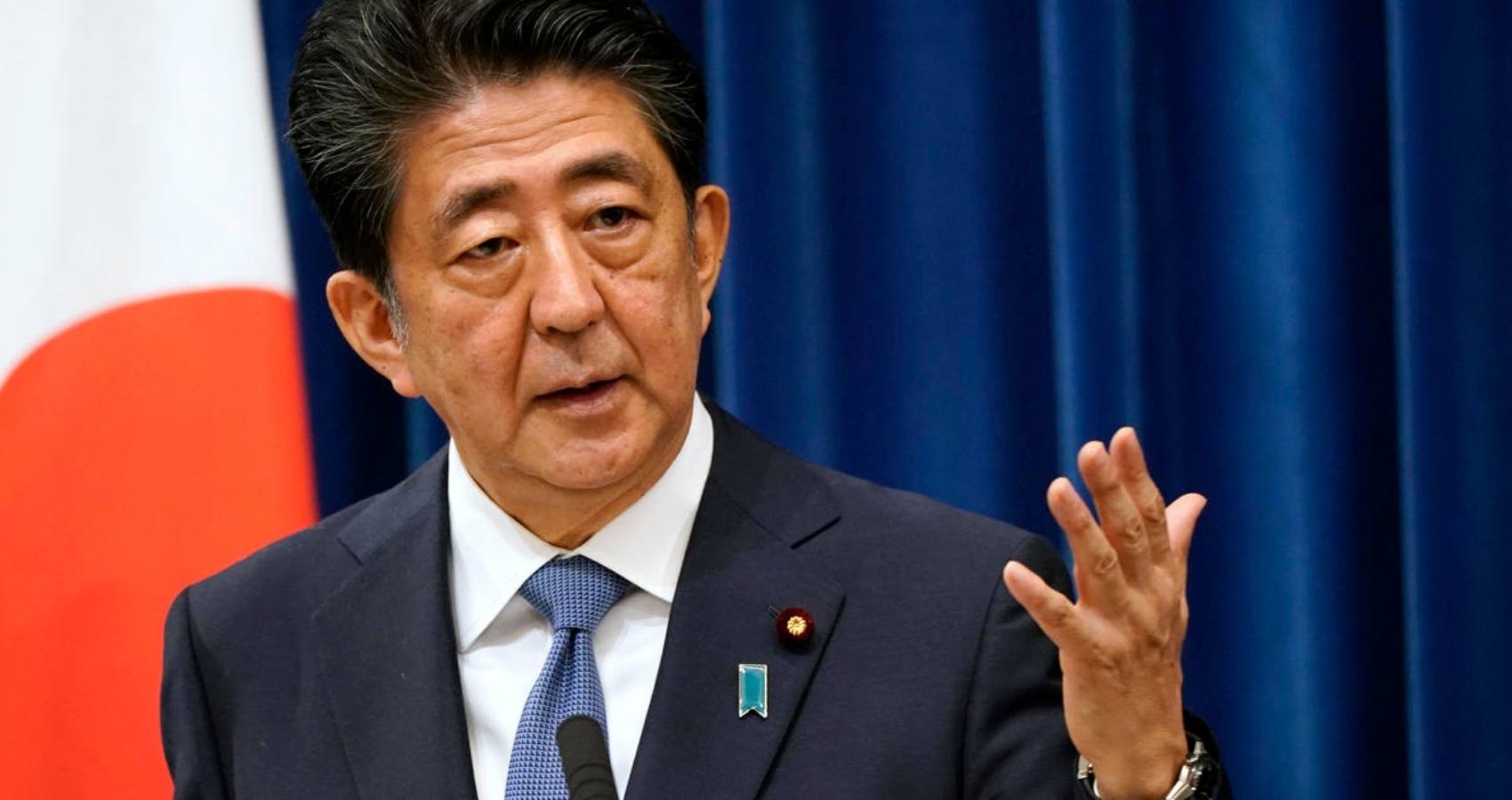
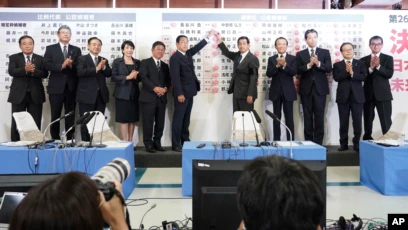 He returned to office in 2012, vowing to revitalize the nation and get its economy out of its deflationary doldrums with his “Abenomics” formula, which combines fiscal stimulus, monetary easing and structural reforms. He won six national elections and built a rock-solid grip on power.
He returned to office in 2012, vowing to revitalize the nation and get its economy out of its deflationary doldrums with his “Abenomics” formula, which combines fiscal stimulus, monetary easing and structural reforms. He won six national elections and built a rock-solid grip on power.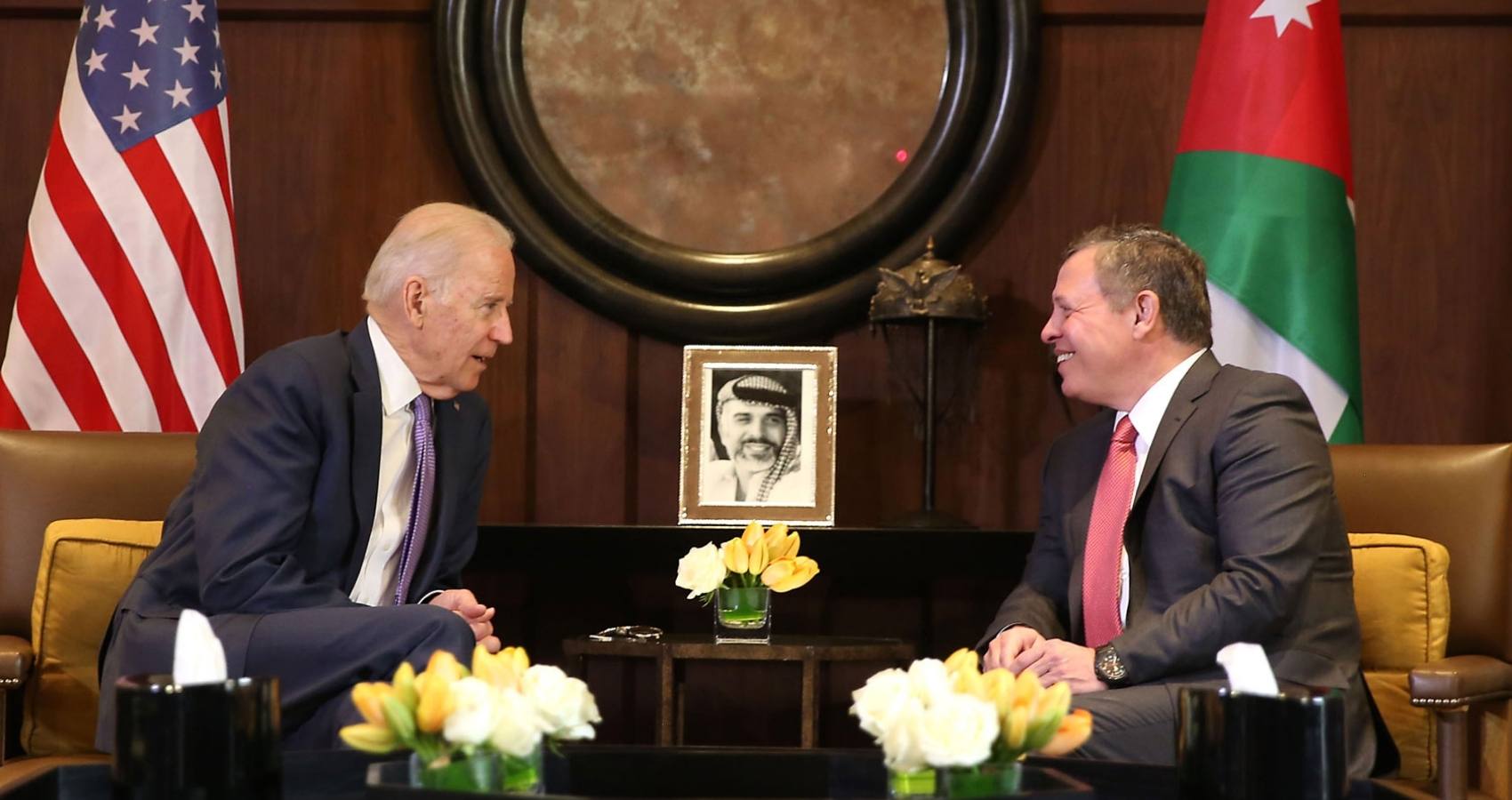
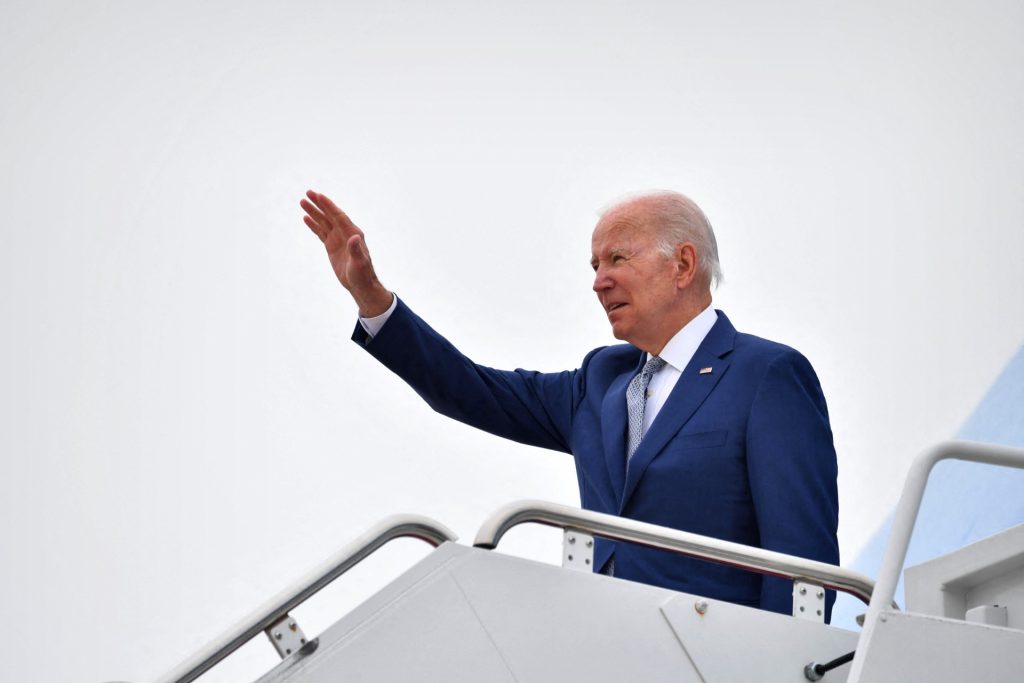
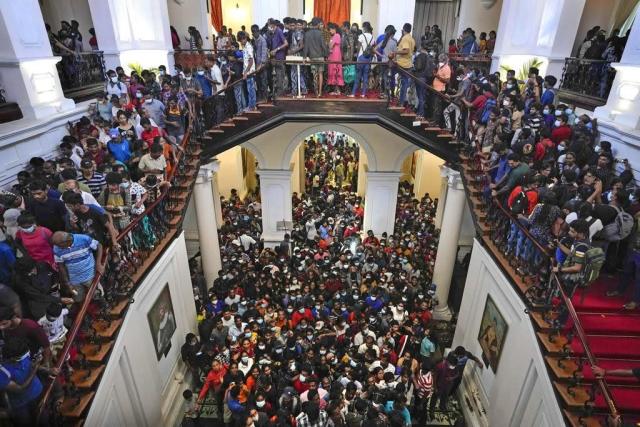 Soldiers were deployed around the city but troops simply watched from afar as crowds of people splashed in the pool of Rajapaksa’s sprawling residence, lounged on beds and took selfies of themselves on their cellphones to capture the moment. The chief of defense staff, Shavendra Silva, called for public support to maintain law and order.
Soldiers were deployed around the city but troops simply watched from afar as crowds of people splashed in the pool of Rajapaksa’s sprawling residence, lounged on beds and took selfies of themselves on their cellphones to capture the moment. The chief of defense staff, Shavendra Silva, called for public support to maintain law and order.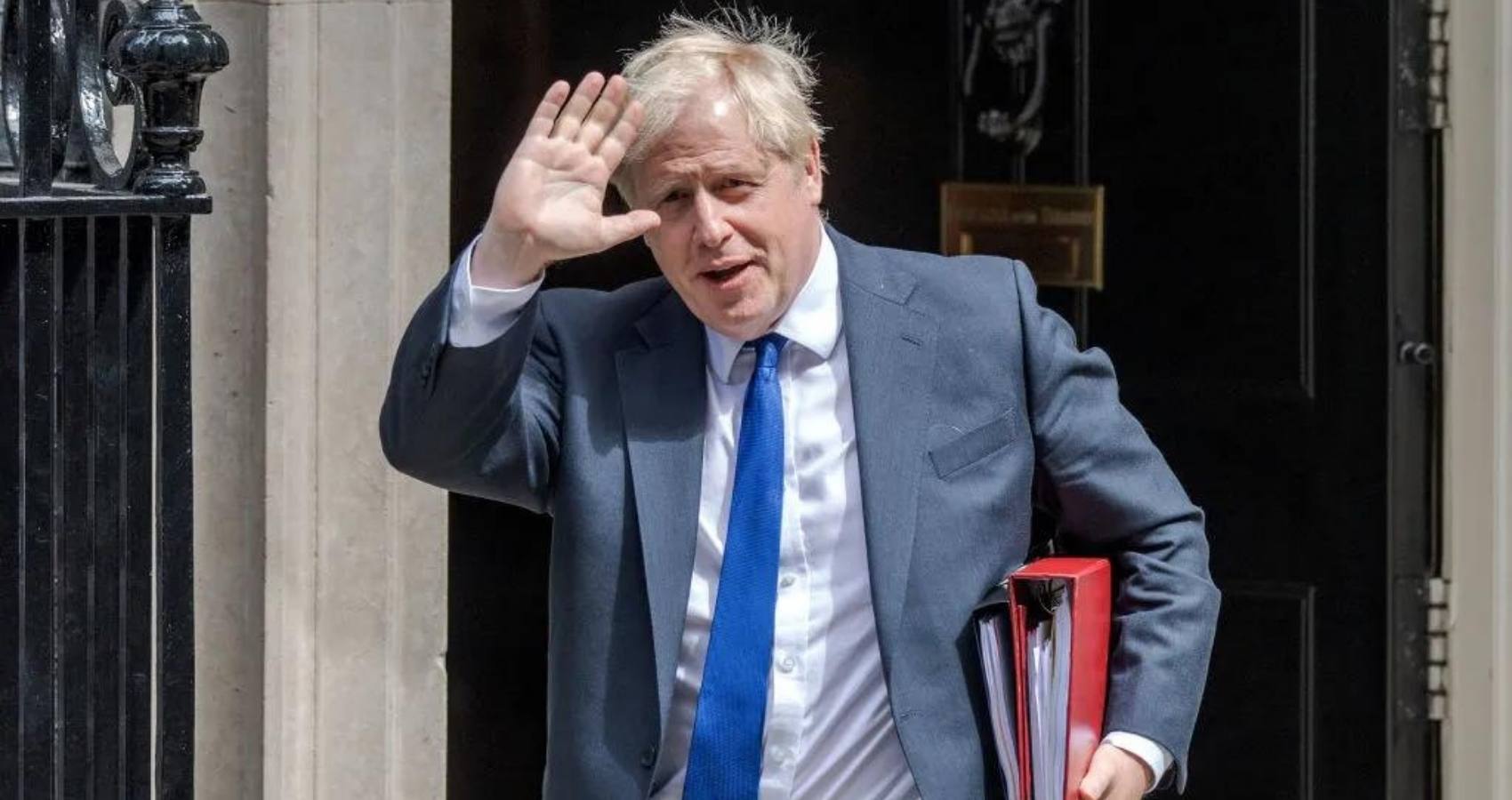
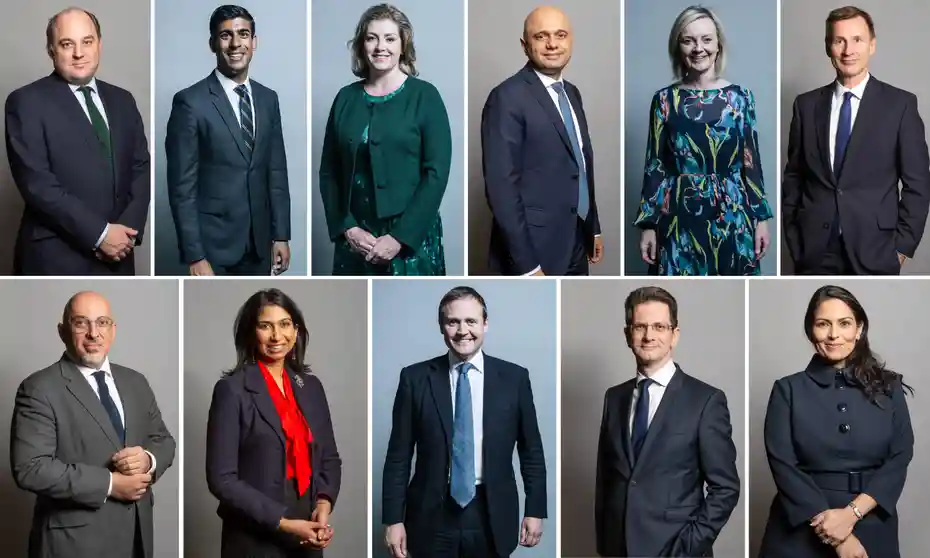 Johnson’s resignation came after Britain’s finance and health ministers resigned in quick succession on July 5, in moves that put the future of Prime Minister Boris Johnson in peril after a series of scandals that have damaged his administration.
Johnson’s resignation came after Britain’s finance and health ministers resigned in quick succession on July 5, in moves that put the future of Prime Minister Boris Johnson in peril after a series of scandals that have damaged his administration.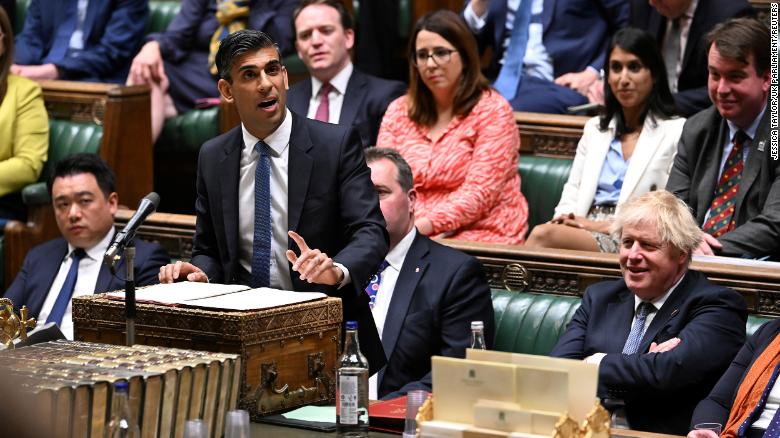
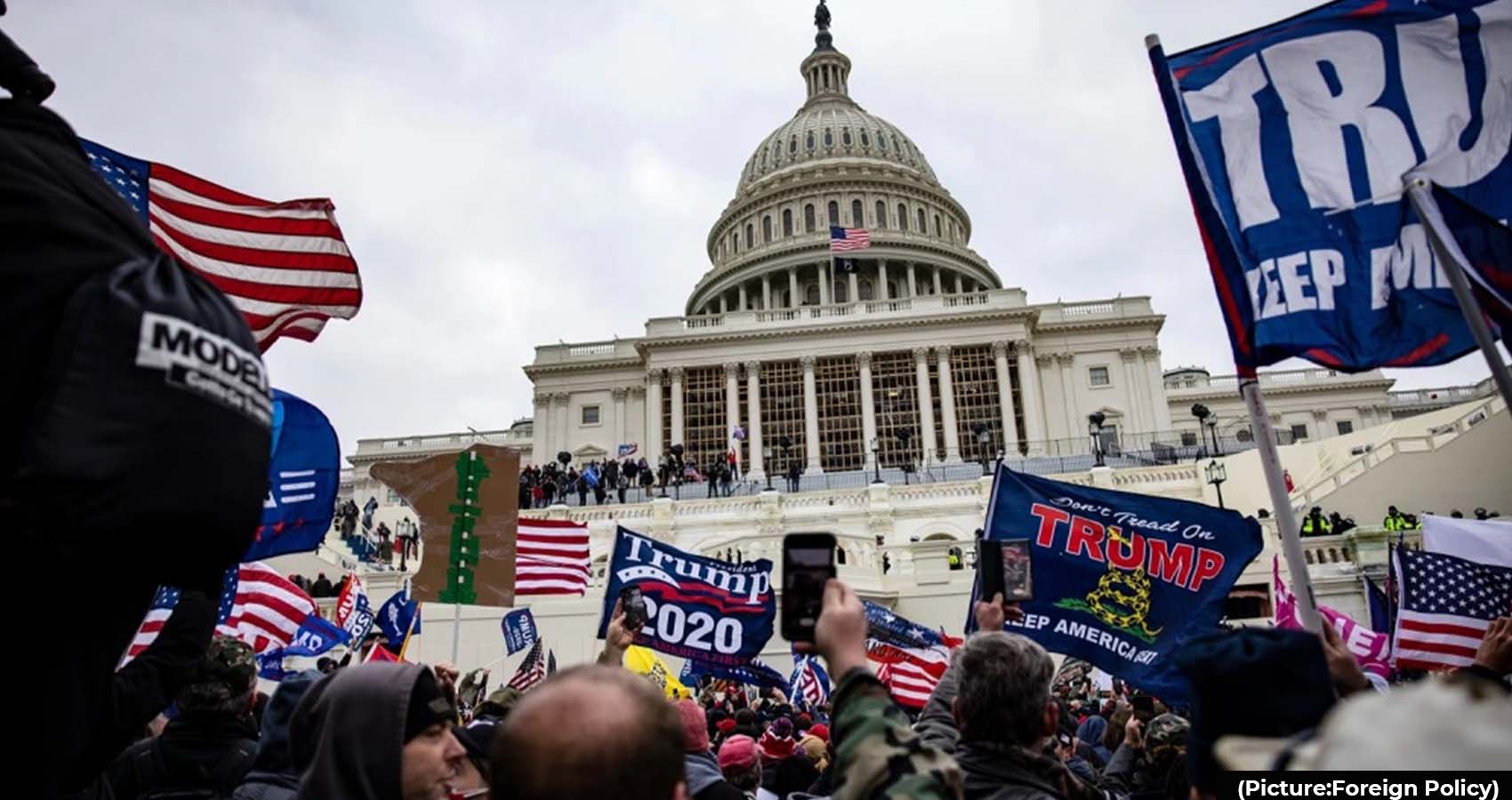
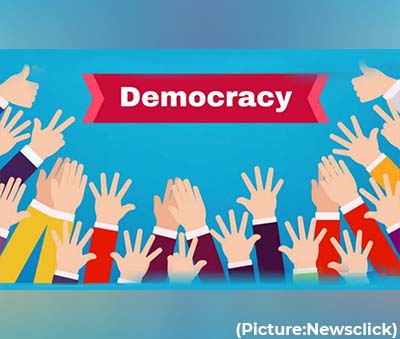 This article is adapted from The Paradox of Democracy: Free Speech, Open Media, and Perilous Persuasion by Zac Gershberg and Sean Illing (University of Chicago Press, 320 pp., $30, June 2022).
This article is adapted from The Paradox of Democracy: Free Speech, Open Media, and Perilous Persuasion by Zac Gershberg and Sean Illing (University of Chicago Press, 320 pp., $30, June 2022).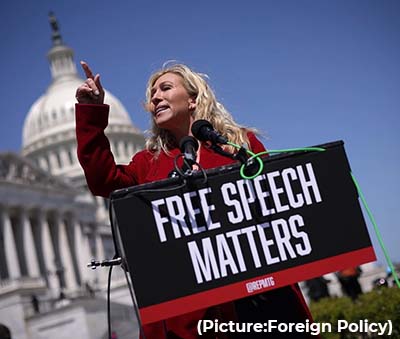 But the right to say anything opened the door to all manners of subversion, and this has been a challenge to every democracy that has ever existed. The emergence of isegoria in Athens, for instance, was accompanied by the joint rituals of ostracism and tribalism. In today’s language, you might say that Socrates was the first notable citizen to be “canceled” by the same democratic forces that made his speech free in the first place. This is the defining tension of any democratic society.
But the right to say anything opened the door to all manners of subversion, and this has been a challenge to every democracy that has ever existed. The emergence of isegoria in Athens, for instance, was accompanied by the joint rituals of ostracism and tribalism. In today’s language, you might say that Socrates was the first notable citizen to be “canceled” by the same democratic forces that made his speech free in the first place. This is the defining tension of any democratic society.